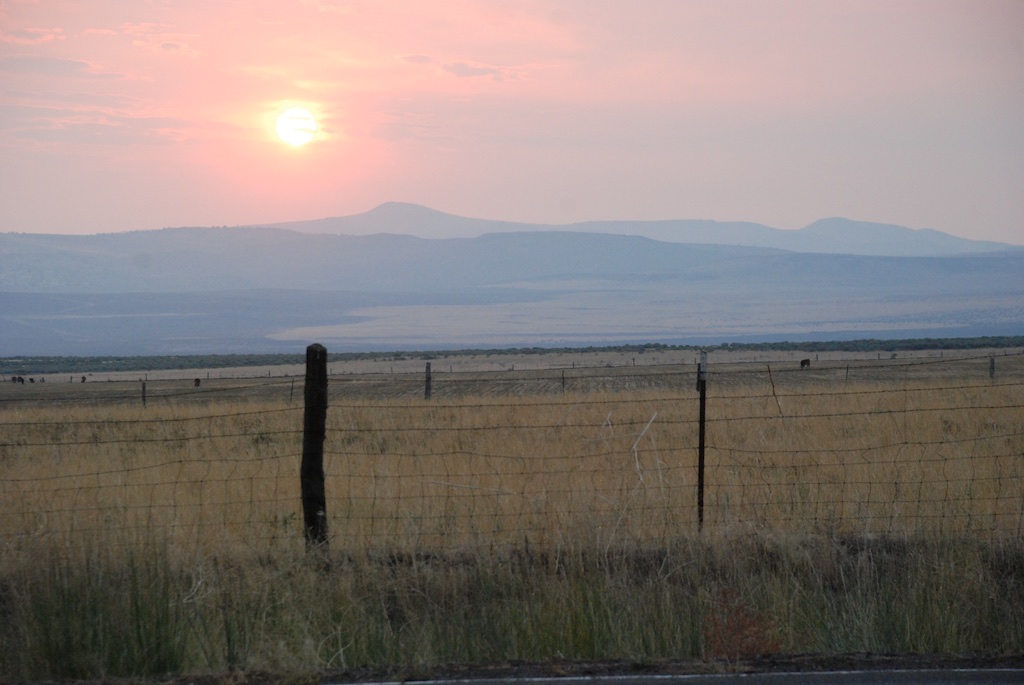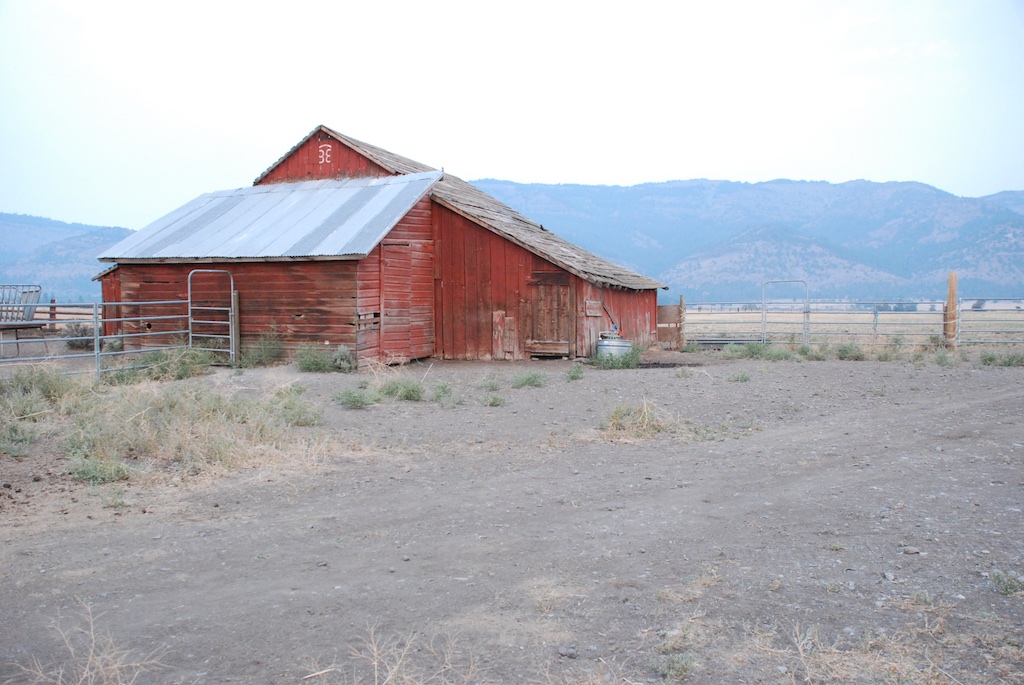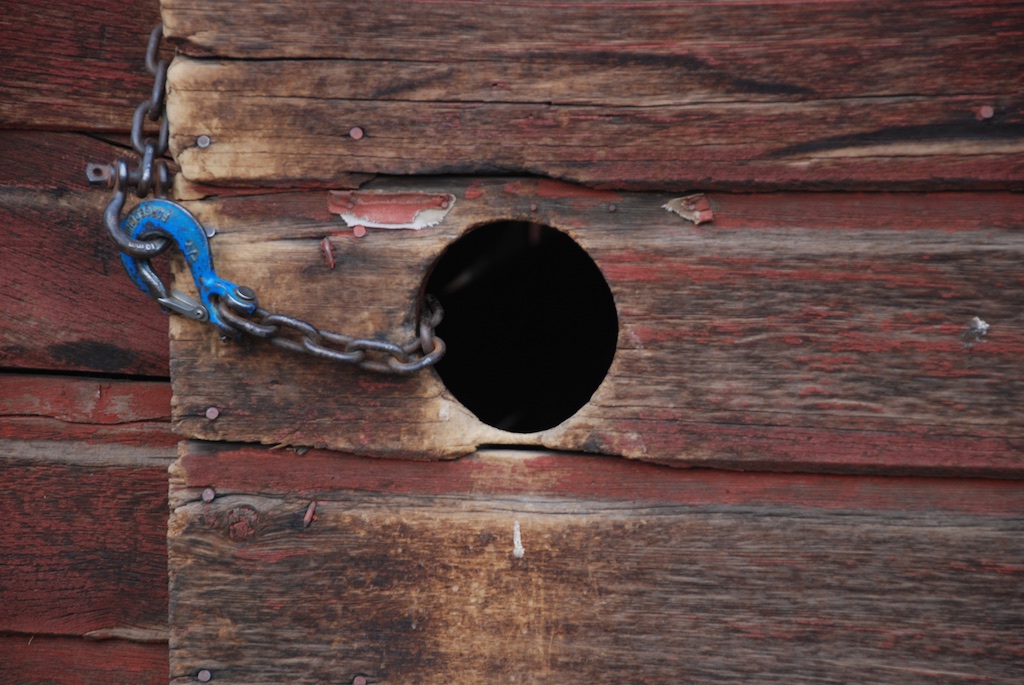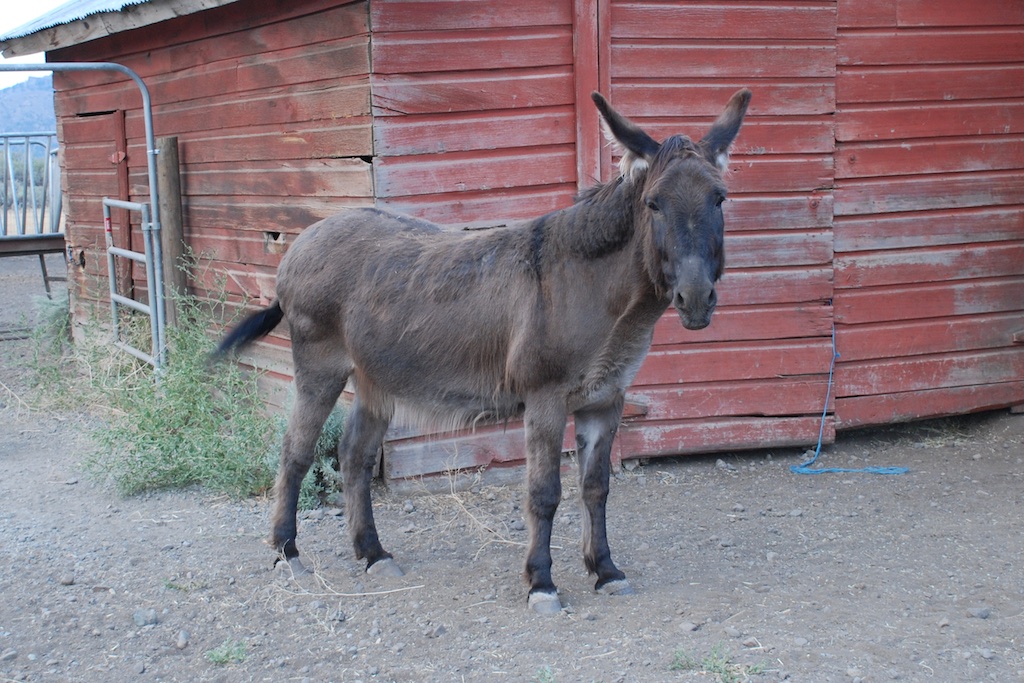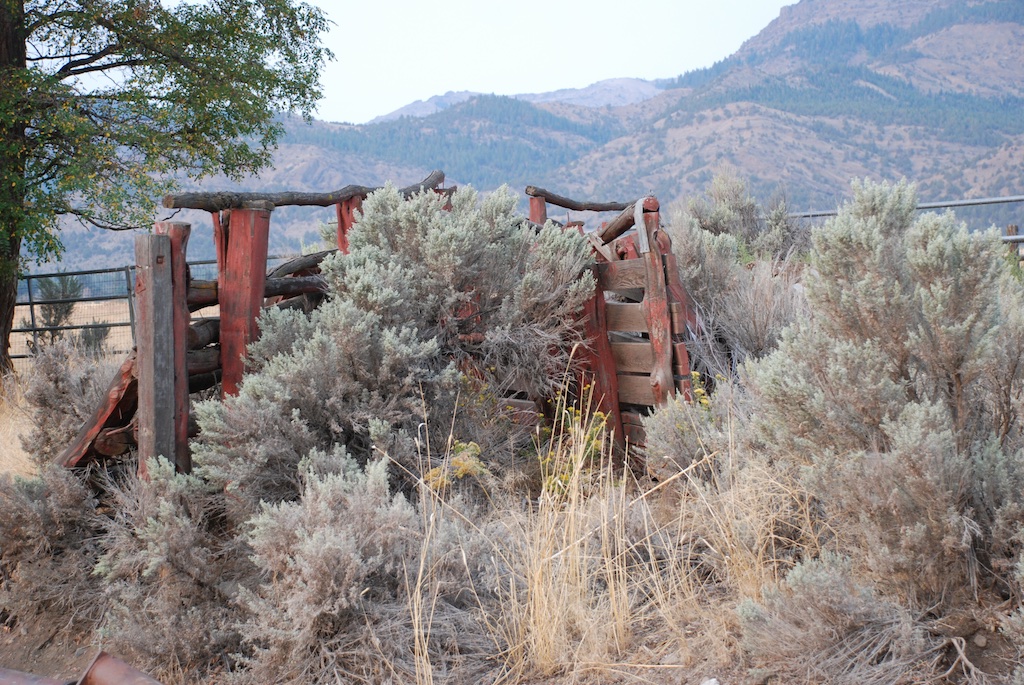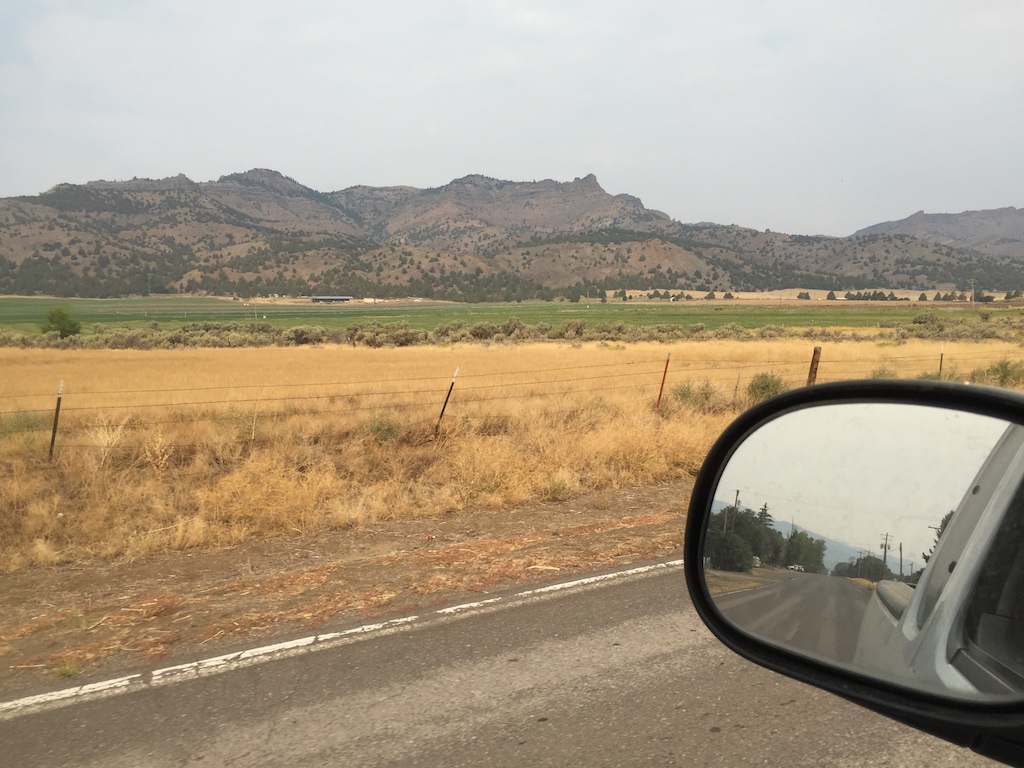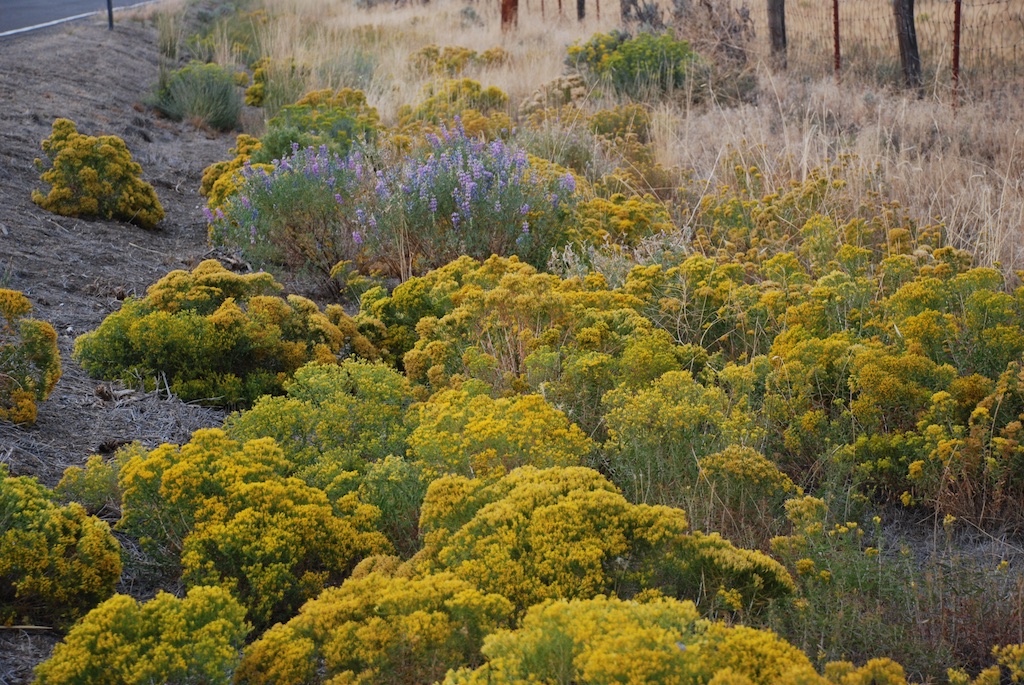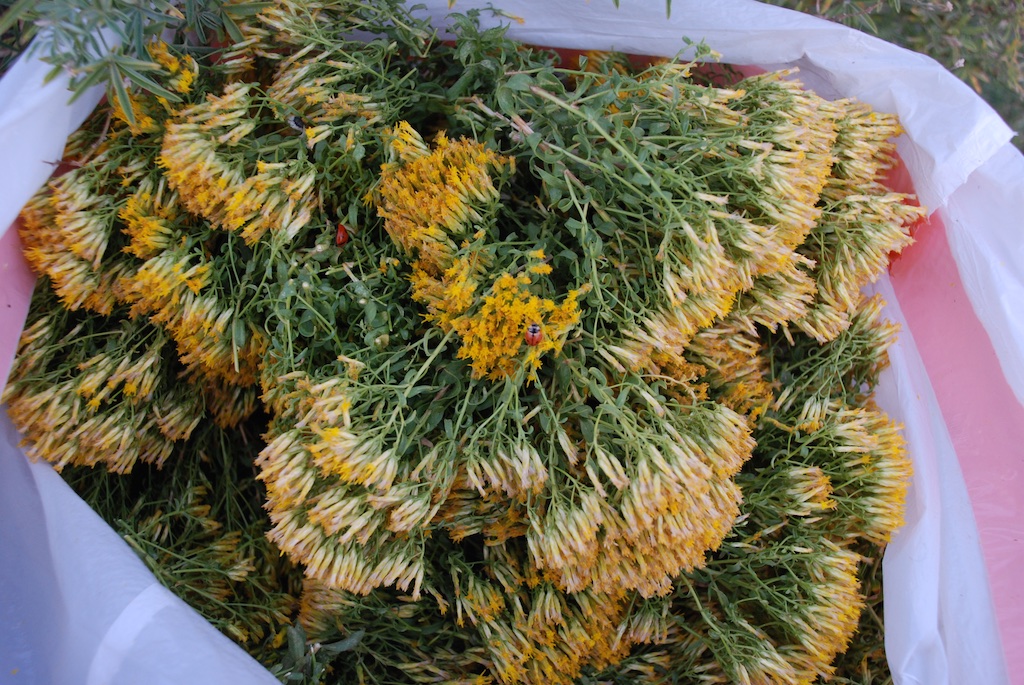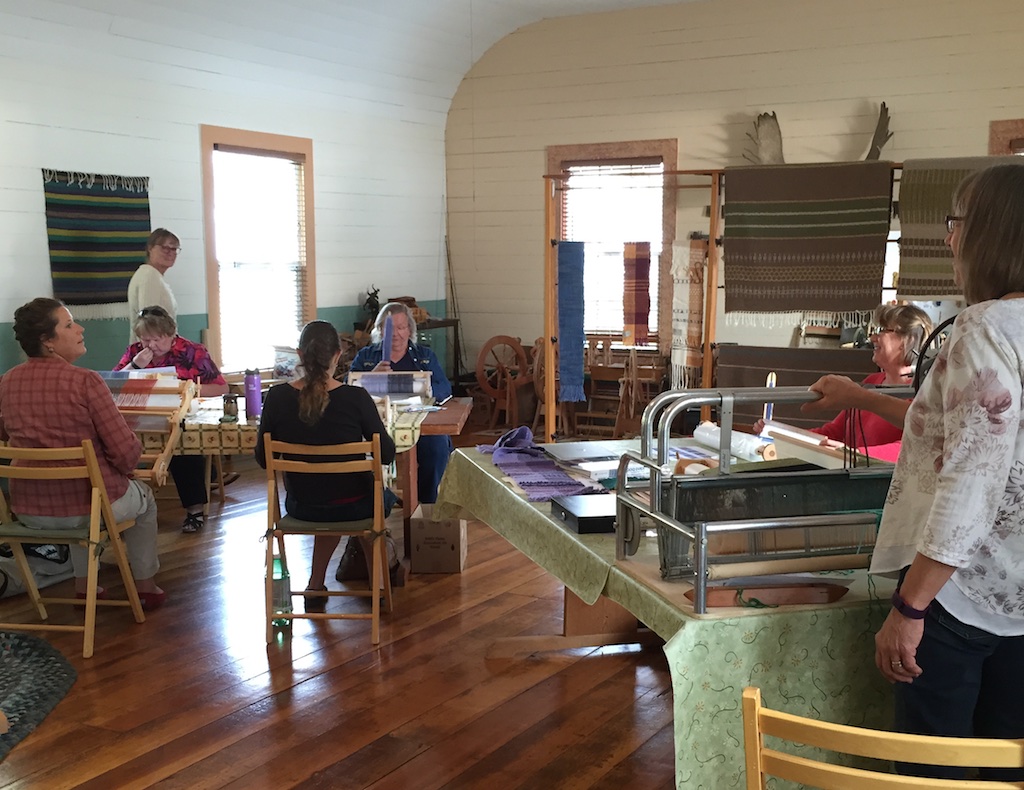Not a very good title... and it doesn't describe what I want to share in this post, but dental surgery was the event on Monday that set the tone for the week.
I stayed on the codeine less than 24 hours because I don't like feeling so...well, drugged. I didn't feel too bad on Wednesday and some Farm Club friends came to help me set up breeding groups. It is always a challenge to find enough places to put the groups where there is no fence-line contact between rams.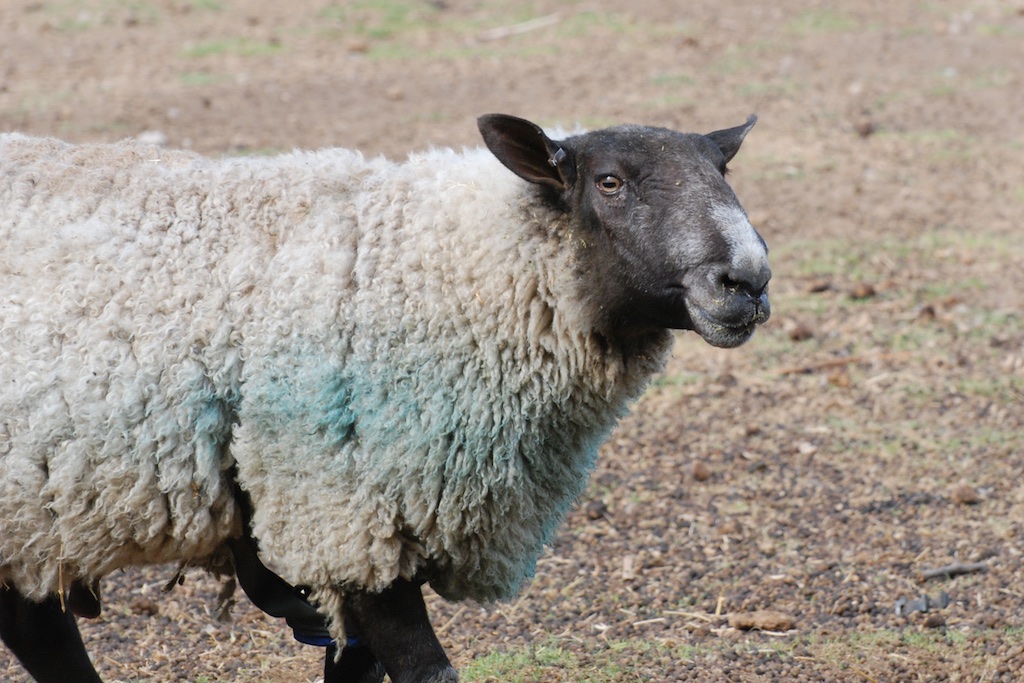 I left Faulkner in his area but expanded it to include the run next to it.
I left Faulkner in his area but expanded it to include the run next to it.
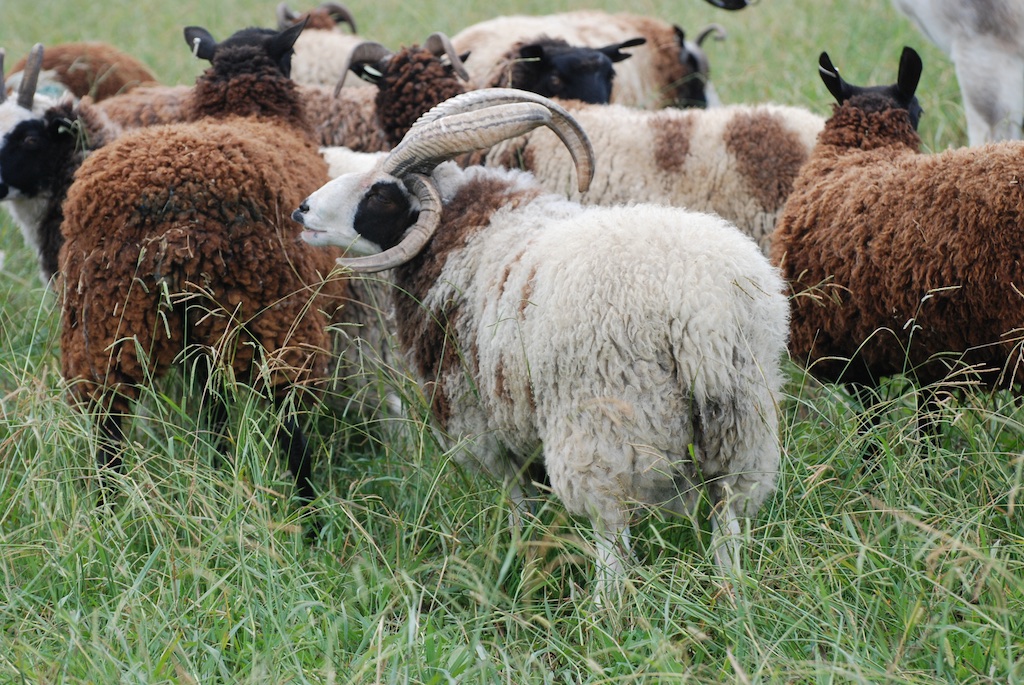 Ringo got the most ewes so he had the pasture.
Ringo got the most ewes so he had the pasture.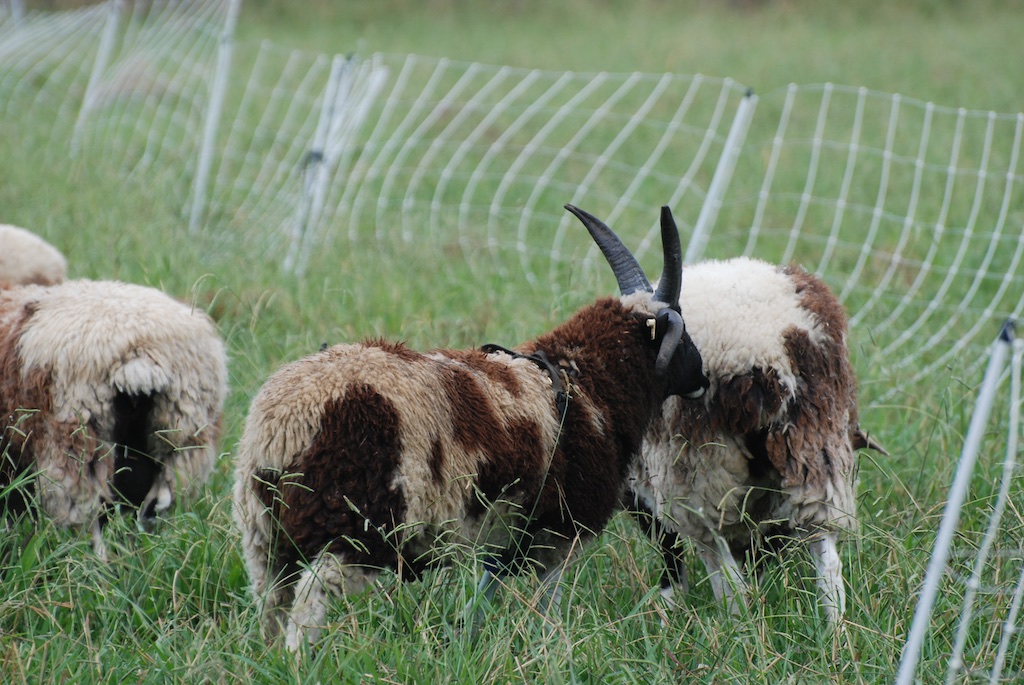 Rotor, one of the lambs born in March, went with his ewes to the horse pasture. We wondered if he'd be able to reach those ewes, but he's had no problem. I don't have a photo of Nash, the lilac ram. He went to the field behind the shop. Crosby and Alex were left in the ram pen.
Rotor, one of the lambs born in March, went with his ewes to the horse pasture. We wondered if he'd be able to reach those ewes, but he's had no problem. I don't have a photo of Nash, the lilac ram. He went to the field behind the shop. Crosby and Alex were left in the ram pen.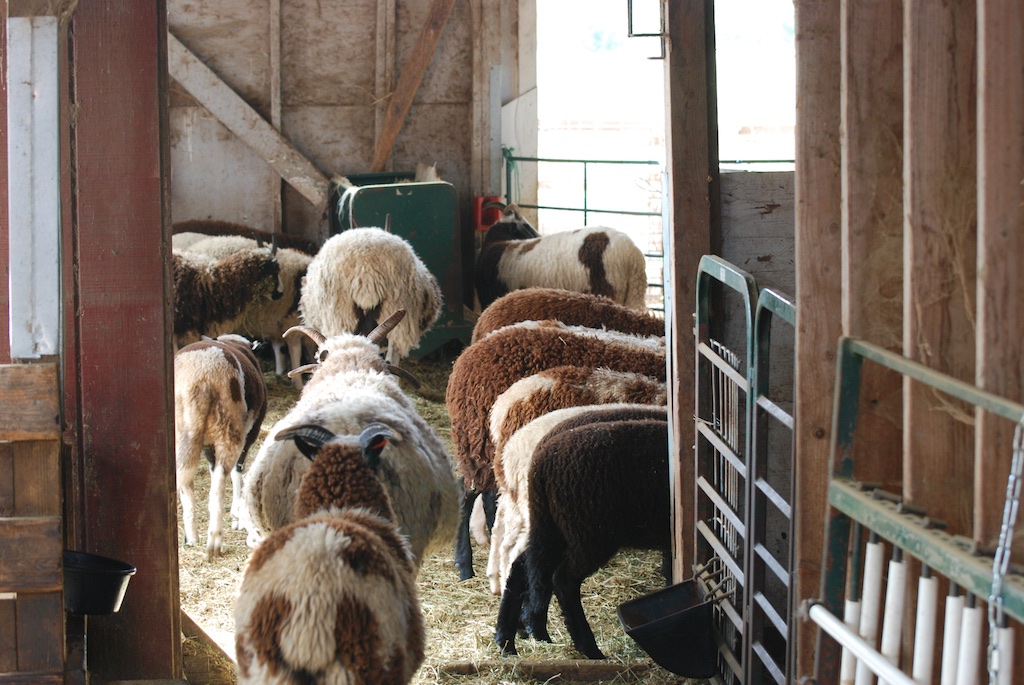 The non-breeding group includes the ewes to be bred in February for lambing at the State Fair, their lambs, some of the ewe lambs that I'm keeping, other ewe lambs for sale, and this year 4 ewe lambs that are sold but haven't left yet. It's a lot of sheep to keep away from the rams but I barricaded them in the area around the barn.
The non-breeding group includes the ewes to be bred in February for lambing at the State Fair, their lambs, some of the ewe lambs that I'm keeping, other ewe lambs for sale, and this year 4 ewe lambs that are sold but haven't left yet. It's a lot of sheep to keep away from the rams but I barricaded them in the area around the barn.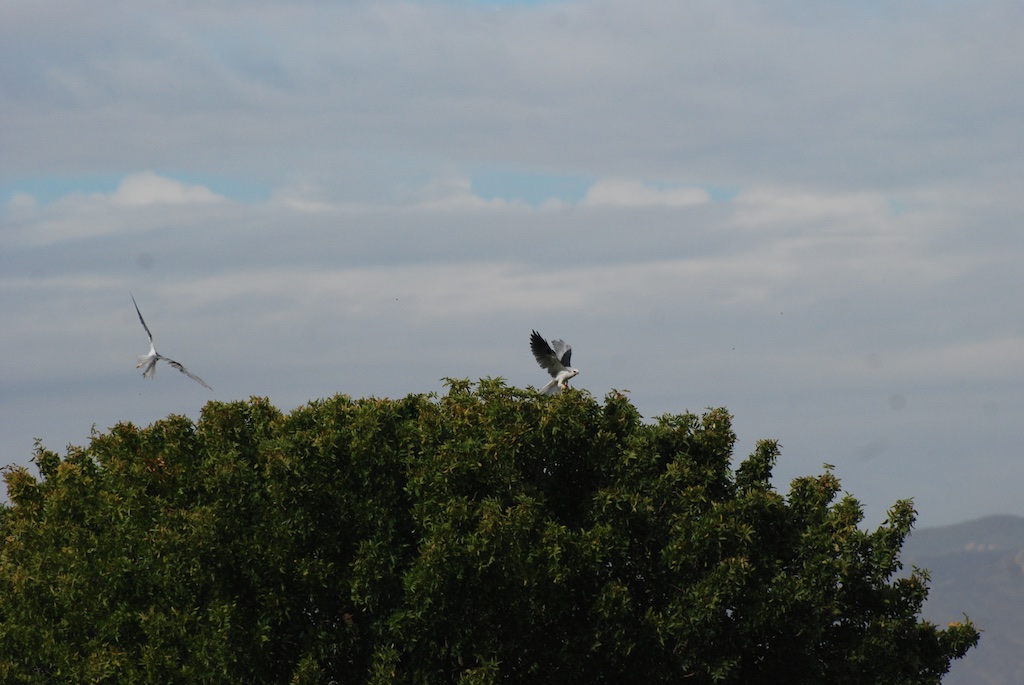 Our resident white-tailed kites, seen from the barn.
Our resident white-tailed kites, seen from the barn.
One of the adult rams, Alex, was picked up by his new owner on Thursday so I put the few remaining ram lambs with Crosby to keep him company for the day. On Friday I took 7 sheep, including Crosby, Nash, and Rotor to Lambtown for the sheep show on Sunday. Normally I am a vendor at Lambtown but this year there was a conflict with an event I had really wanted to attend and where I knew that I'd sell well. So I took sheep for the weekend but attended Fibershed on Saturday. It's a good thing. I probably should have stayed home entirely but at least the Fibershed event was easier than doing a full vendor booth at Lambtown.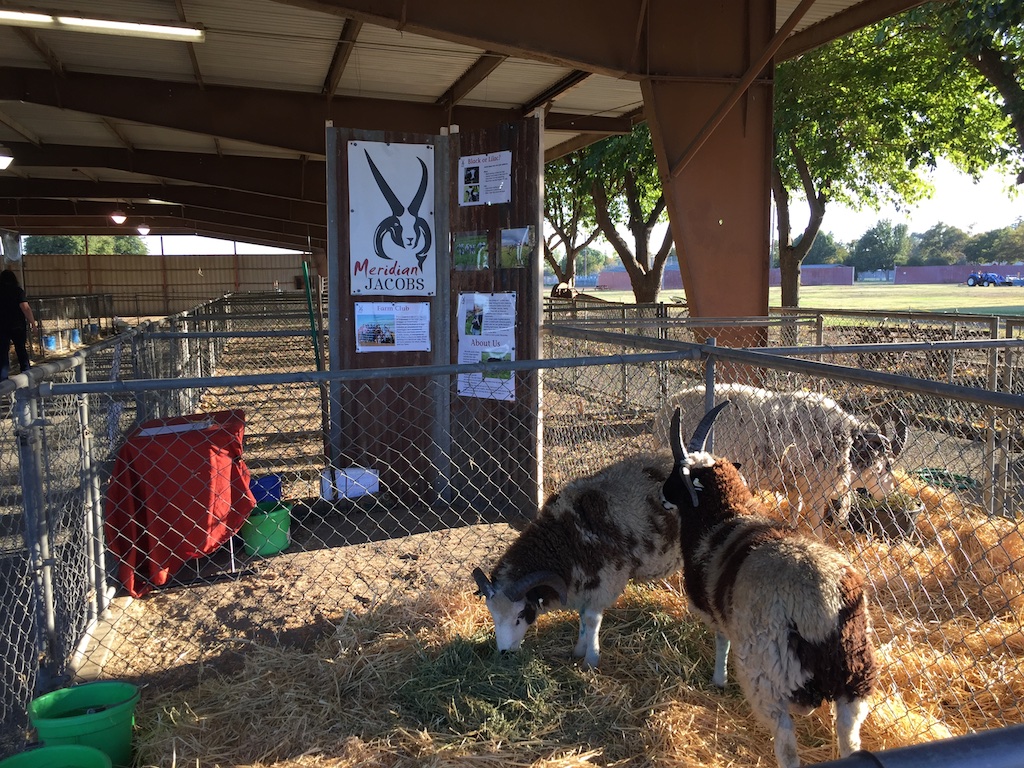 Here are two of the sheep pens at Lambtown and my meager display.
Here are two of the sheep pens at Lambtown and my meager display.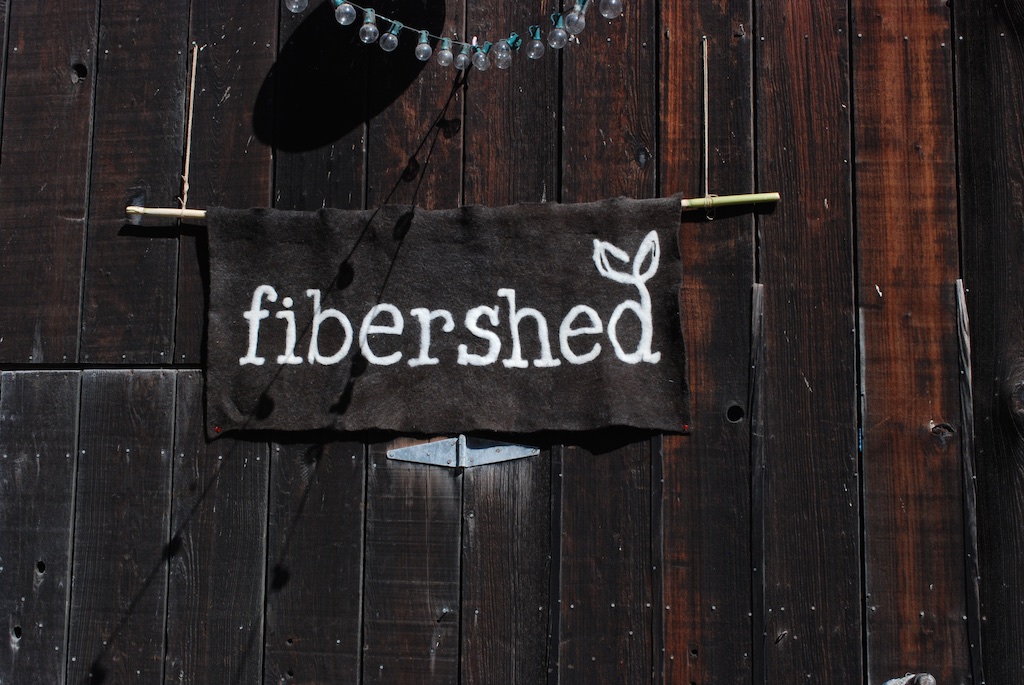 Saturday was the Grow Your Jeans event that was the culmination of over a year's planning and work by the Fibershed team. There are photos and a description of the work involved in growing cotton and indigo in the nearby Capay Valley and the dyeing, weaving, and pattern-making of these locally produced jeans at this link. The Grow Your Jeans event featured these jeans as well as "grass-fed tops", the shirts and accessories worn with them on the straw-bale fashion show runway. The new felt banner was made by FC friend, Jackie, of Sheep to Shop.
Saturday was the Grow Your Jeans event that was the culmination of over a year's planning and work by the Fibershed team. There are photos and a description of the work involved in growing cotton and indigo in the nearby Capay Valley and the dyeing, weaving, and pattern-making of these locally produced jeans at this link. The Grow Your Jeans event featured these jeans as well as "grass-fed tops", the shirts and accessories worn with them on the straw-bale fashion show runway. The new felt banner was made by FC friend, Jackie, of Sheep to Shop.
Prior to the fashion show attendees could shop at the vendor booths and eat fabulous local food. (At least it looked fabulous. I stuck to my yogurt and cottage cheese.)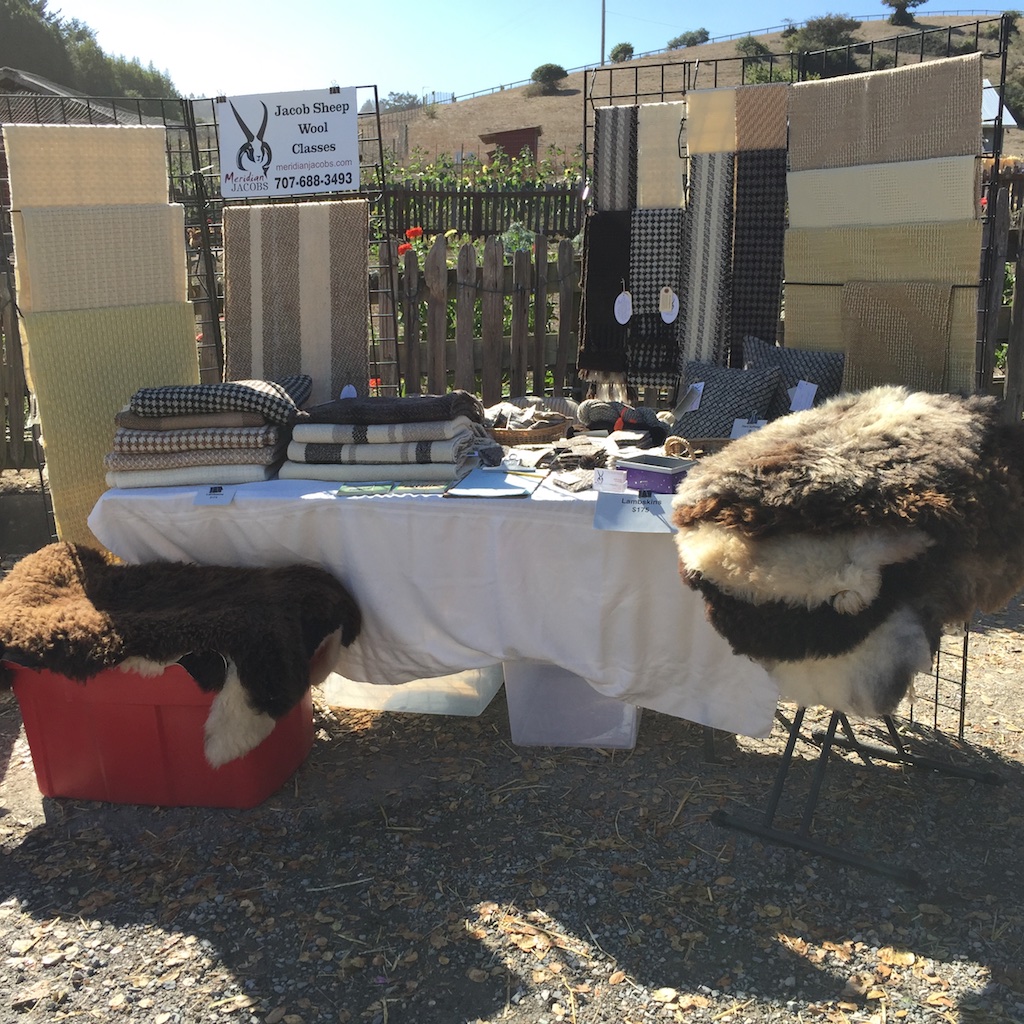 I brought handwoven pieces, horn buttons, and lambskins. I did very well as far as sales, but, unfortunately by this point, I was not in the best of shape. I just wanted to be home on the couch.
I brought handwoven pieces, horn buttons, and lambskins. I did very well as far as sales, but, unfortunately by this point, I was not in the best of shape. I just wanted to be home on the couch. 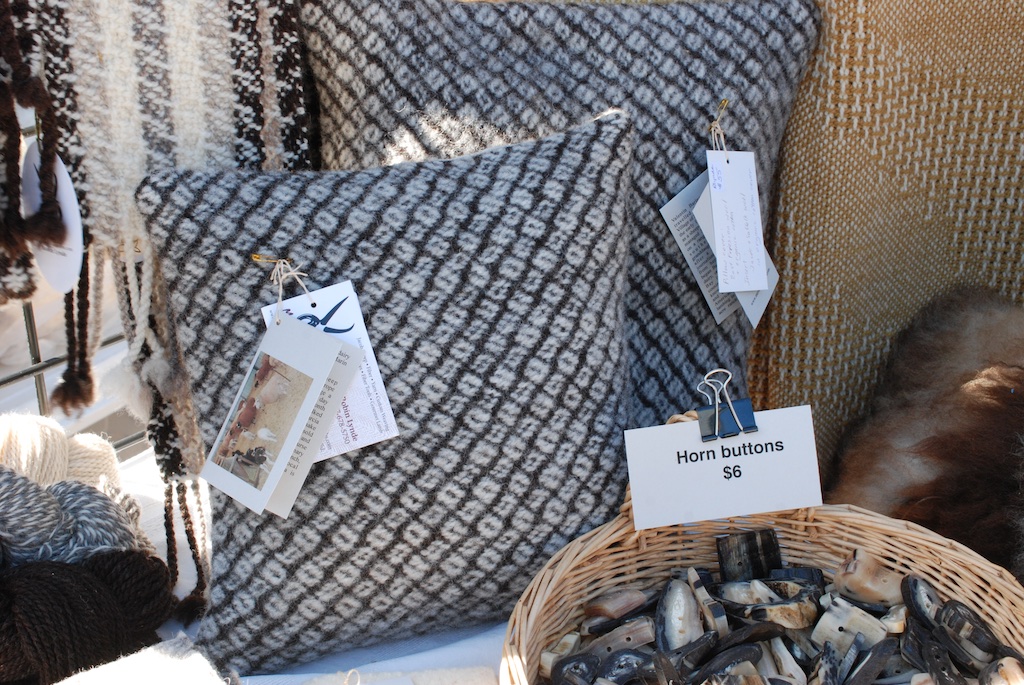 These pillows are stuffed with local wool in an cover of organic cotton. They both sold.
These pillows are stuffed with local wool in an cover of organic cotton. They both sold. This is my "grass-fed top" on the left. It is Timm Ranch wool woven in 16-shaft huck lace. The weft is dyed with osage orange from across the road.
This is my "grass-fed top" on the left. It is Timm Ranch wool woven in 16-shaft huck lace. The weft is dyed with osage orange from across the road.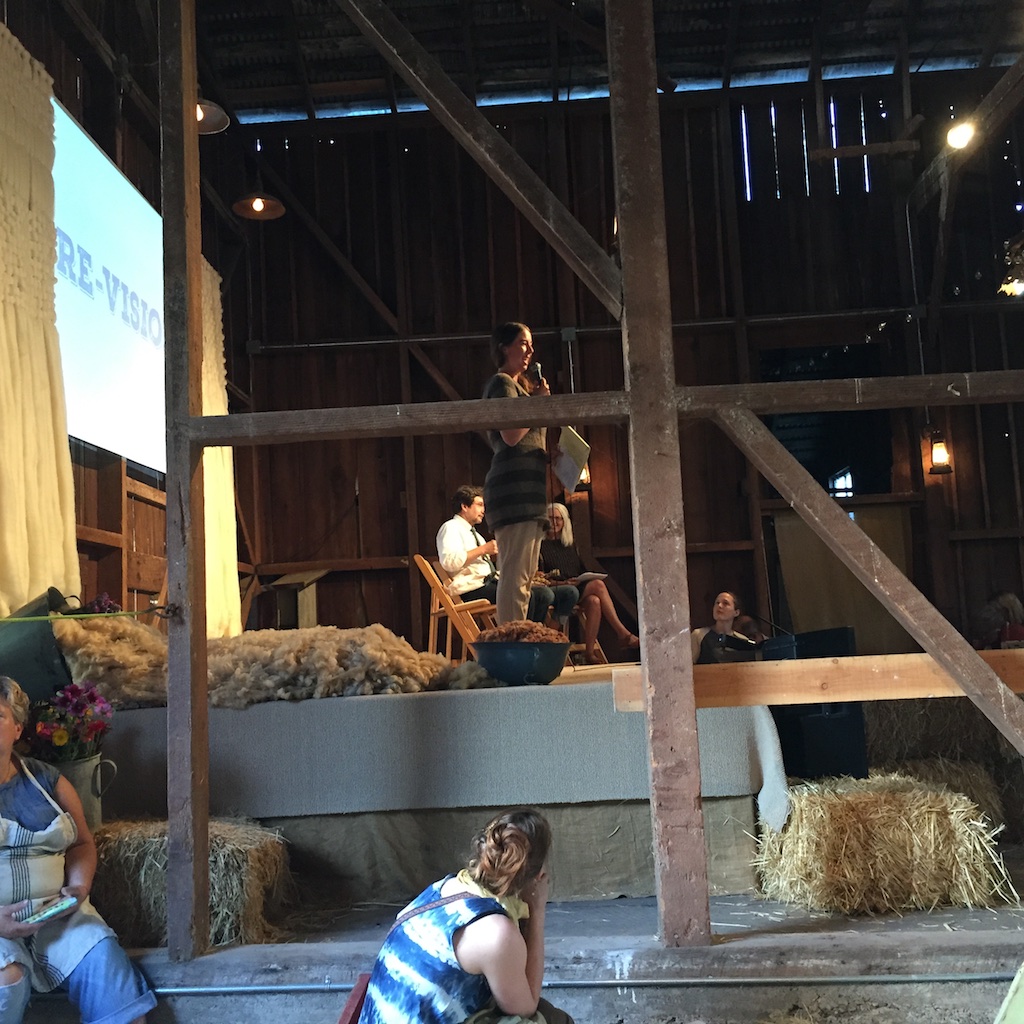 The fashion show took place in an old dairy barn. Prior to the show, Rebecca and the others involved in creating the jeans told about their parts in the project.
The fashion show took place in an old dairy barn. Prior to the show, Rebecca and the others involved in creating the jeans told about their parts in the project.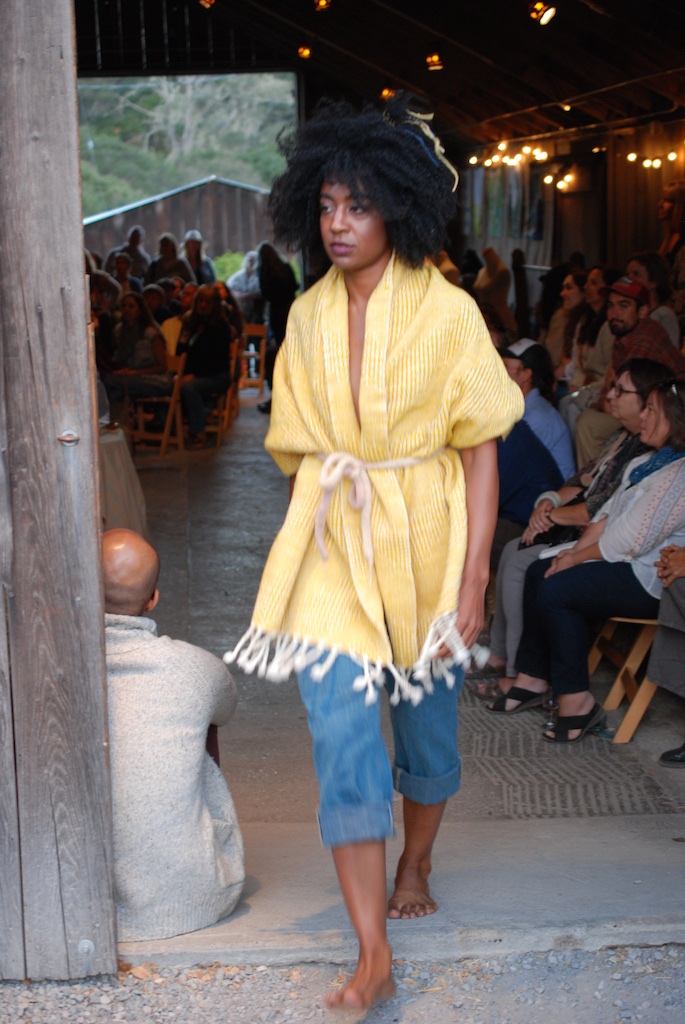 I stood just outside to get a photo of the model wearing my shawl.
I stood just outside to get a photo of the model wearing my shawl. I stepped back inside to see the last part of the show. Two of the models came out carrying this flag.
I stepped back inside to see the last part of the show. Two of the models came out carrying this flag.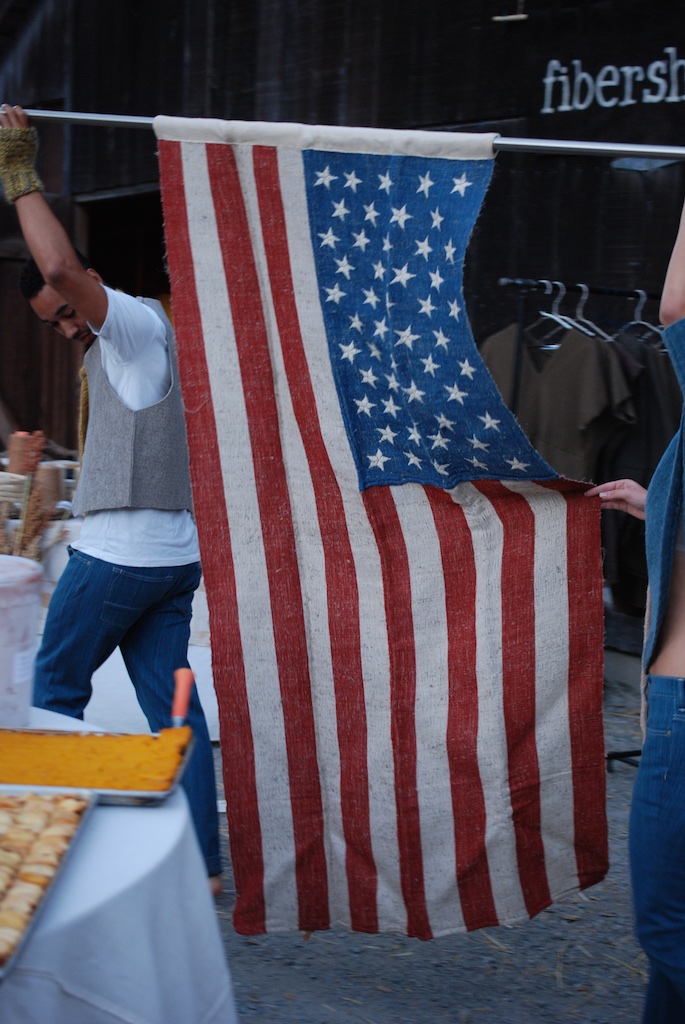 Along with all of the other aspects of Fibershed that Rebecca spearheads, she has also been involved with the re-introduction of hemp as a valued agricultural crop in Kentucky. It's a long story and you can read some interesting articles here. This is one of five flags to be woven from the veteran-grown hemp project. They use Sally Fox's California grown cotton for warp and Kentucky hemp for weft. The first flag went to Farm Aid and this is the second one. I thought it was a fabulous way to end the evening's program. Kind of gives you chills.
Along with all of the other aspects of Fibershed that Rebecca spearheads, she has also been involved with the re-introduction of hemp as a valued agricultural crop in Kentucky. It's a long story and you can read some interesting articles here. This is one of five flags to be woven from the veteran-grown hemp project. They use Sally Fox's California grown cotton for warp and Kentucky hemp for weft. The first flag went to Farm Aid and this is the second one. I thought it was a fabulous way to end the evening's program. Kind of gives you chills.
I am not doing justice here to the whole event. Everything that Fibershed puts on is exceedingly well done and the message is so important. I am grateful to be involved in this movement even in a small way.
It was a long drive home to Bolinas that night and then there was still Lambtown the next day. I had a ride to and from so started in on the codeine.  On Saturday Farm Club friends had been on the winning Sheep to Shawl team. This is the fabulous blanket that they spun and wove.
On Saturday Farm Club friends had been on the winning Sheep to Shawl team. This is the fabulous blanket that they spun and wove.
After the sheep show I doubled up on the codeine and waited for my husband to come drive the sheep home.
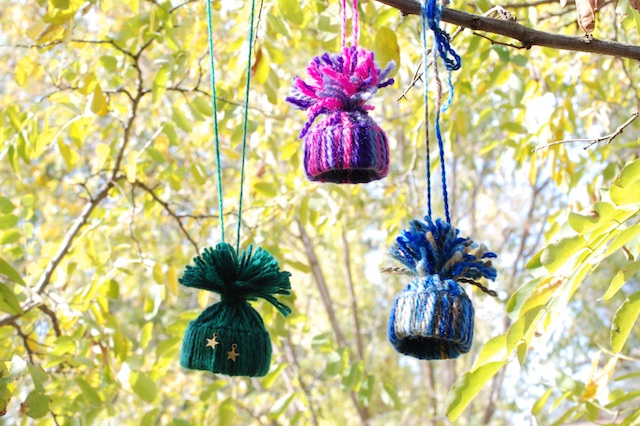 ...a holiday craft project (above) and...
...a holiday craft project (above) and...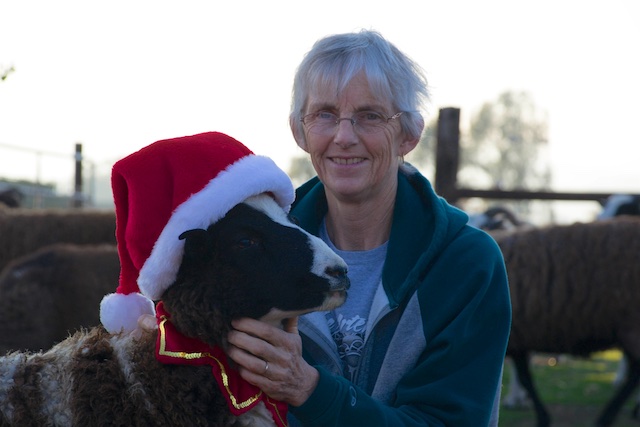 ...a photo op with our friendliest sheep dressed in her Christmas garb.
...a photo op with our friendliest sheep dressed in her Christmas garb.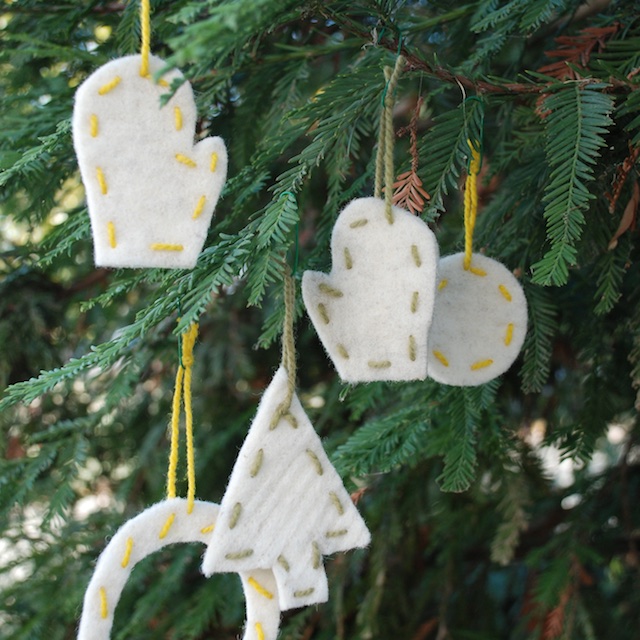 Here are some more ornaments that I made from locally grown and dyed wool.
By the way, if you'd like to get my e-mail newsletter let me know and I'll add you to the list.
Here are some more ornaments that I made from locally grown and dyed wool.
By the way, if you'd like to get my e-mail newsletter let me know and I'll add you to the list.
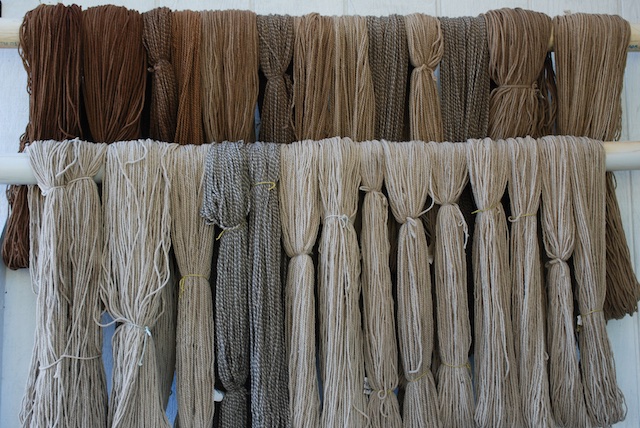 This is 5 batches of yarn out of the same dye pot. The first four skeins on the top are from the first batch. The next four are from the second and I crammed the tablecloth in that pot too. The rest of that row is from the third batch using the same dye. It looked like there was still plenty of dye in the pot so I did two more batches that are on the bottom row. They are lighter but still colored.
This is 5 batches of yarn out of the same dye pot. The first four skeins on the top are from the first batch. The next four are from the second and I crammed the tablecloth in that pot too. The rest of that row is from the third batch using the same dye. It looked like there was still plenty of dye in the pot so I did two more batches that are on the bottom row. They are lighter but still colored. 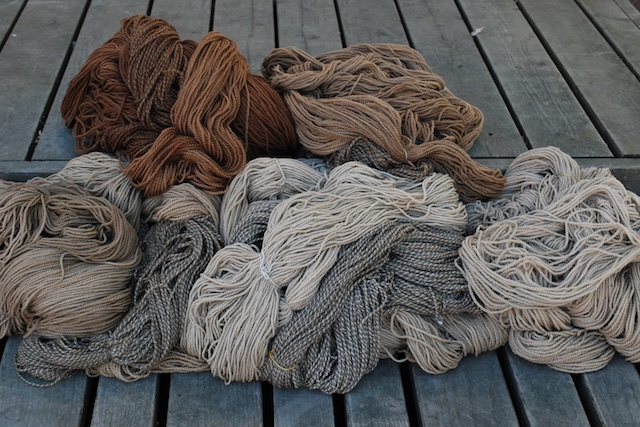 Here is another view. It is interesting (at least to me) that the fifth batch appears to have slightly more color than the fourth. It is a different yarn. The first four batches included
Here is another view. It is interesting (at least to me) that the fifth batch appears to have slightly more color than the fourth. It is a different yarn. The first four batches included 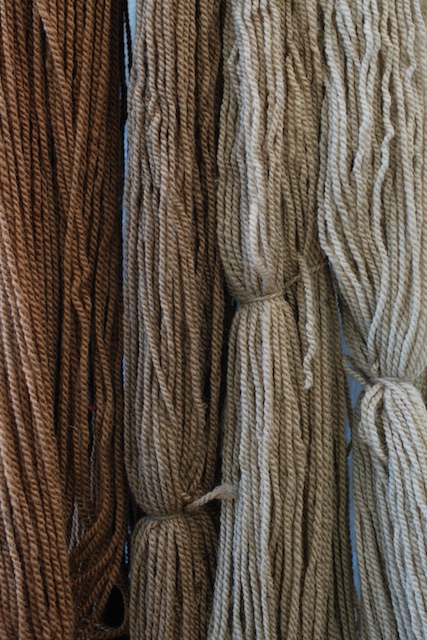
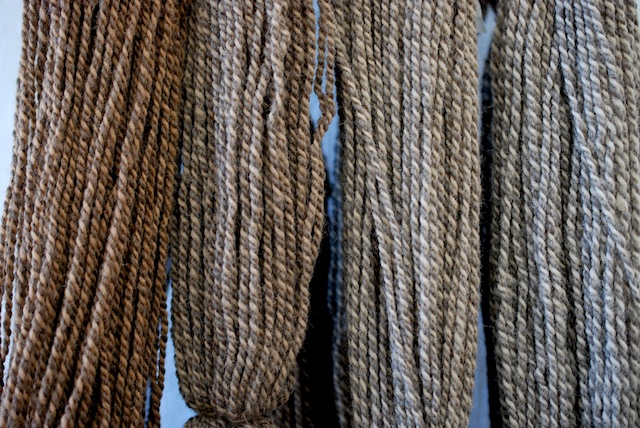
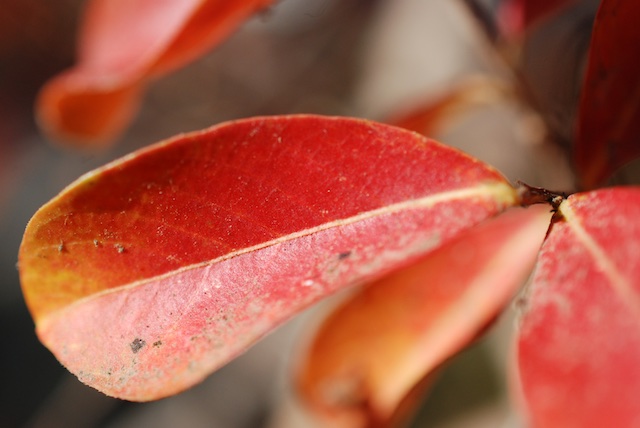 I was photographing the skeins outside and out of the corner of my eye I kept seeing this other brilliant color.
I was photographing the skeins outside and out of the corner of my eye I kept seeing this other brilliant color.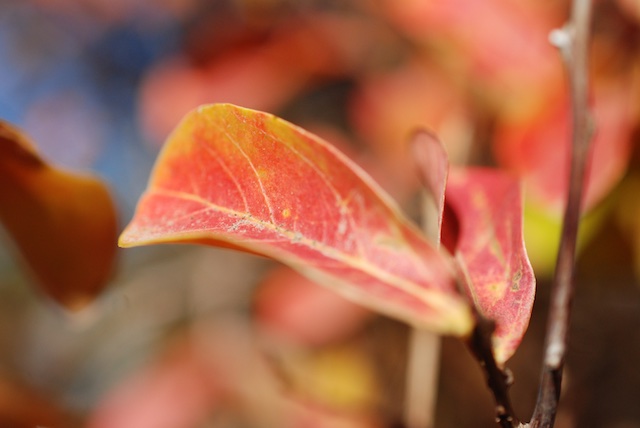
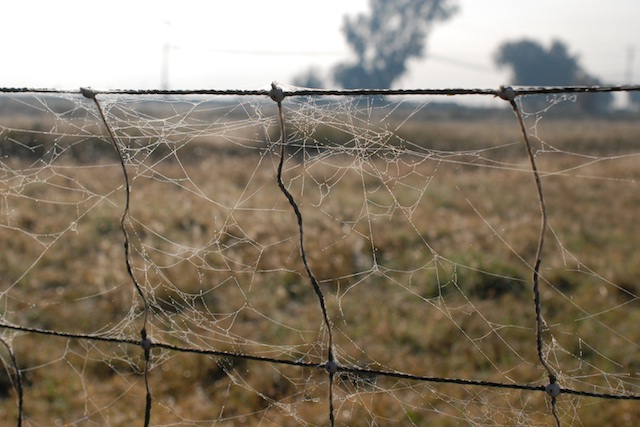
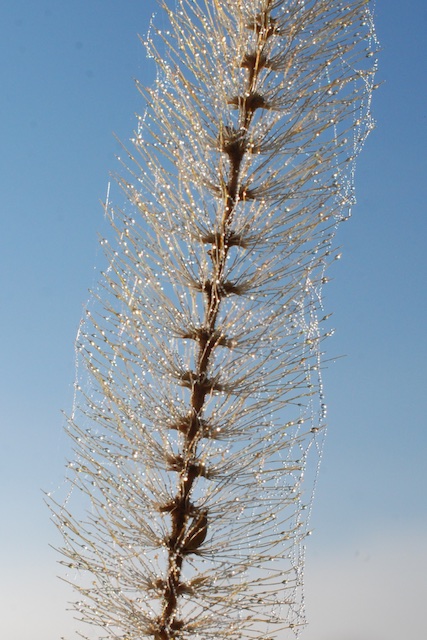
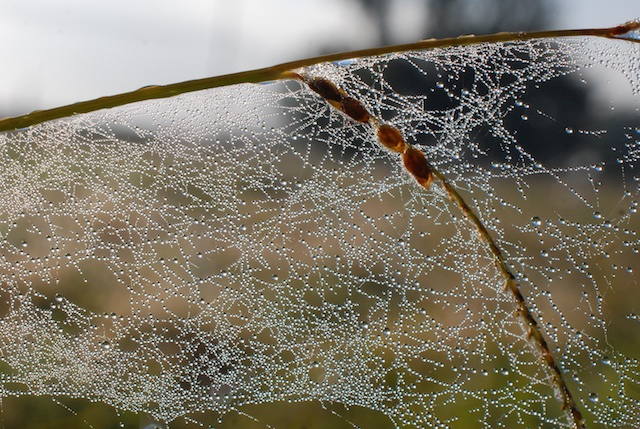
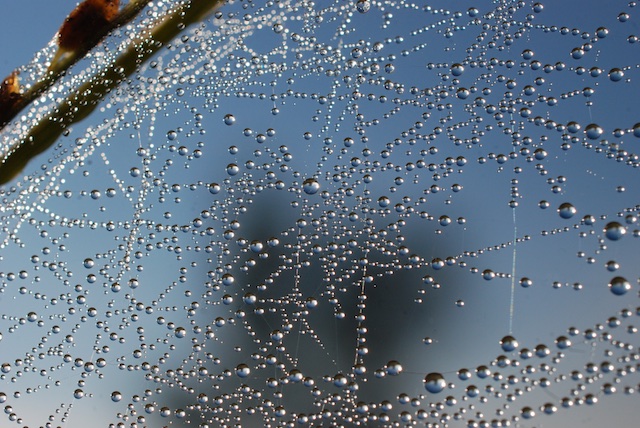

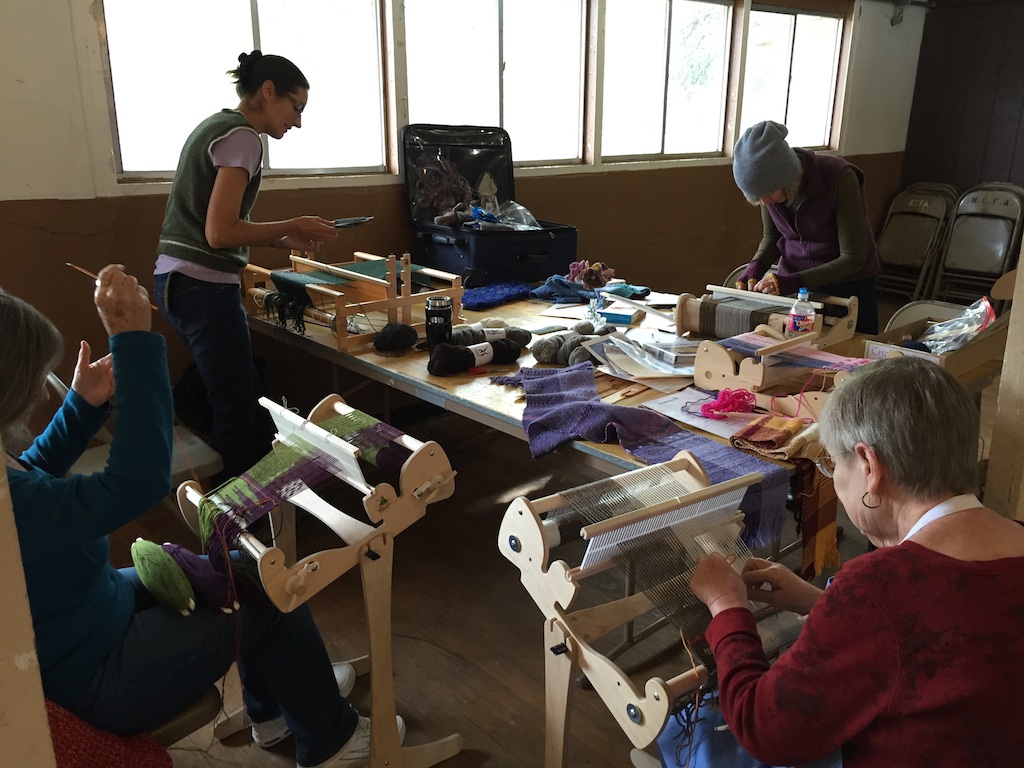 The first was a rigid heddle weaving class with four students.
The first was a rigid heddle weaving class with four students.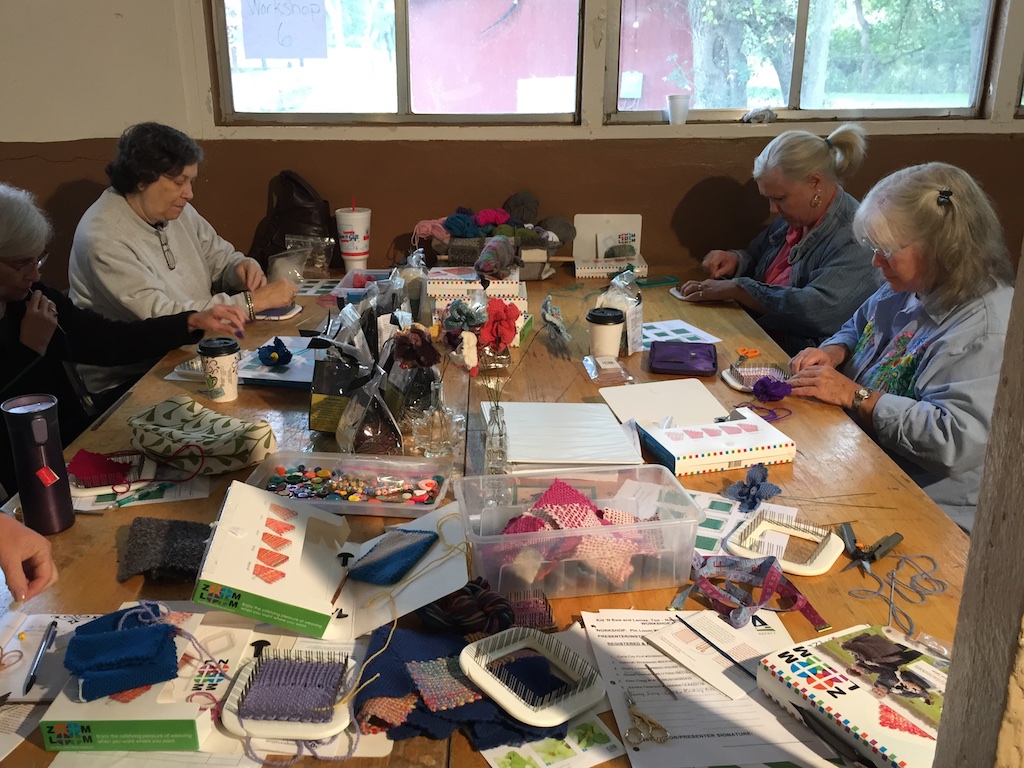 The second class was a new one I developed using the Schacht
The second class was a new one I developed using the Schacht 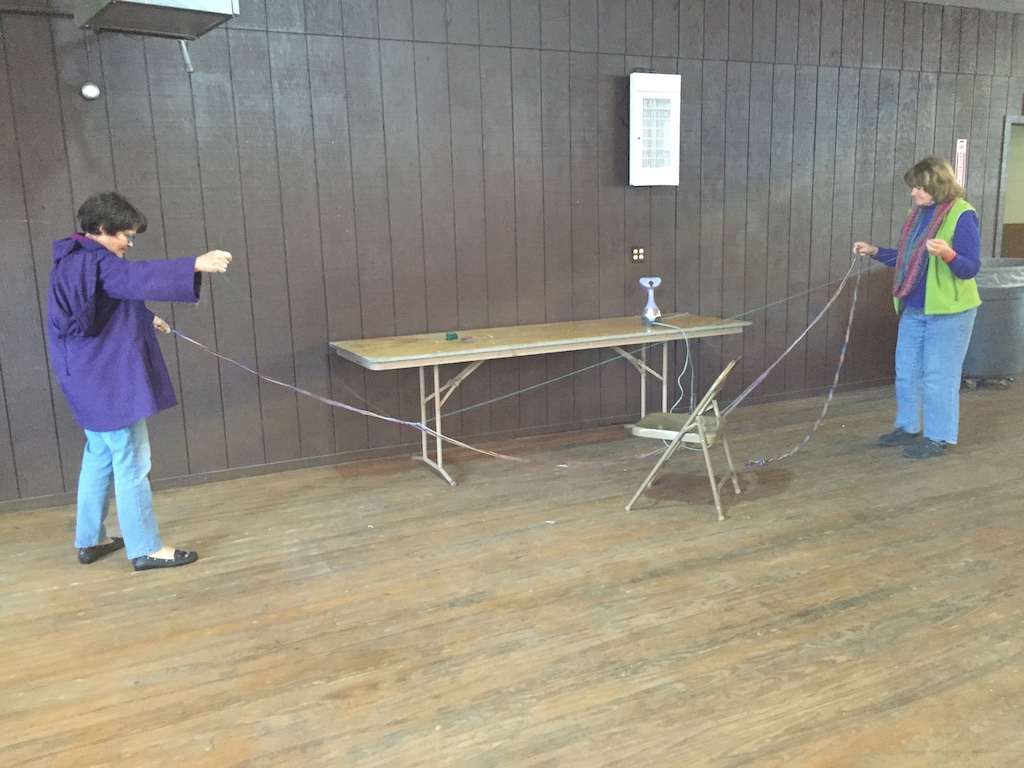 I couldn't bring 16 different cones with me but I had wound off several groups of all those colors in 8 yards (enough for a Zoom Loom square) each. It wasn't difficult to separate the colors.
I couldn't bring 16 different cones with me but I had wound off several groups of all those colors in 8 yards (enough for a Zoom Loom square) each. It wasn't difficult to separate the colors.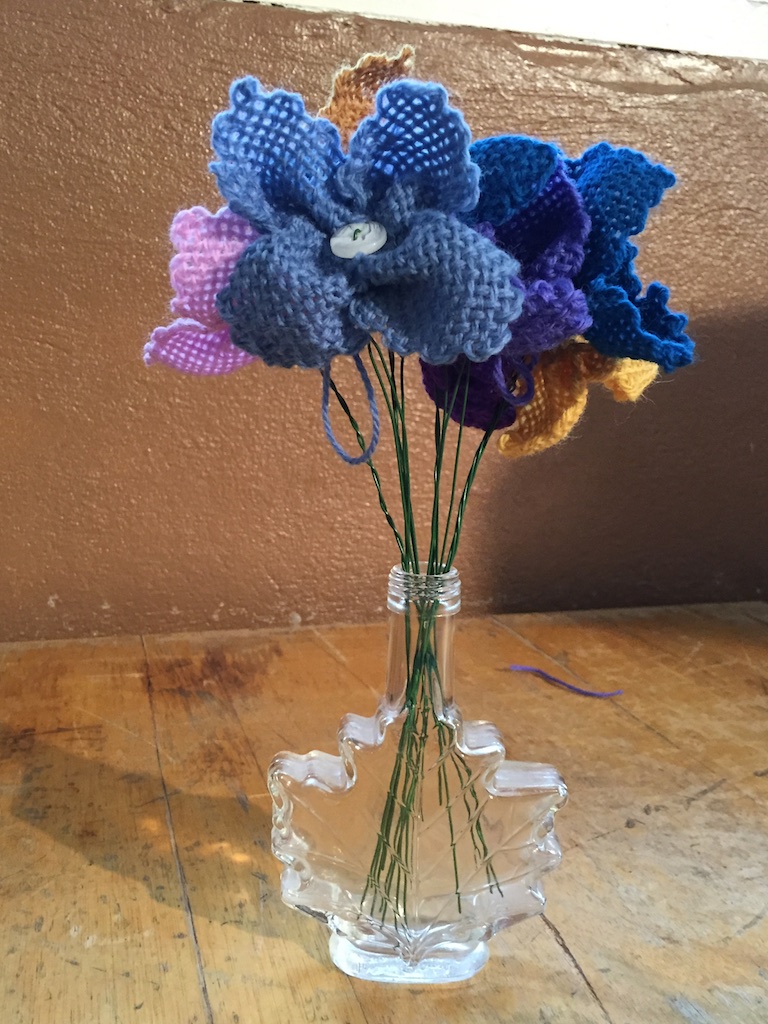 Students learned how to use the loom and went home with flowers and the knowledge to go further with the little loom.
Students learned how to use the loom and went home with flowers and the knowledge to go further with the little loom.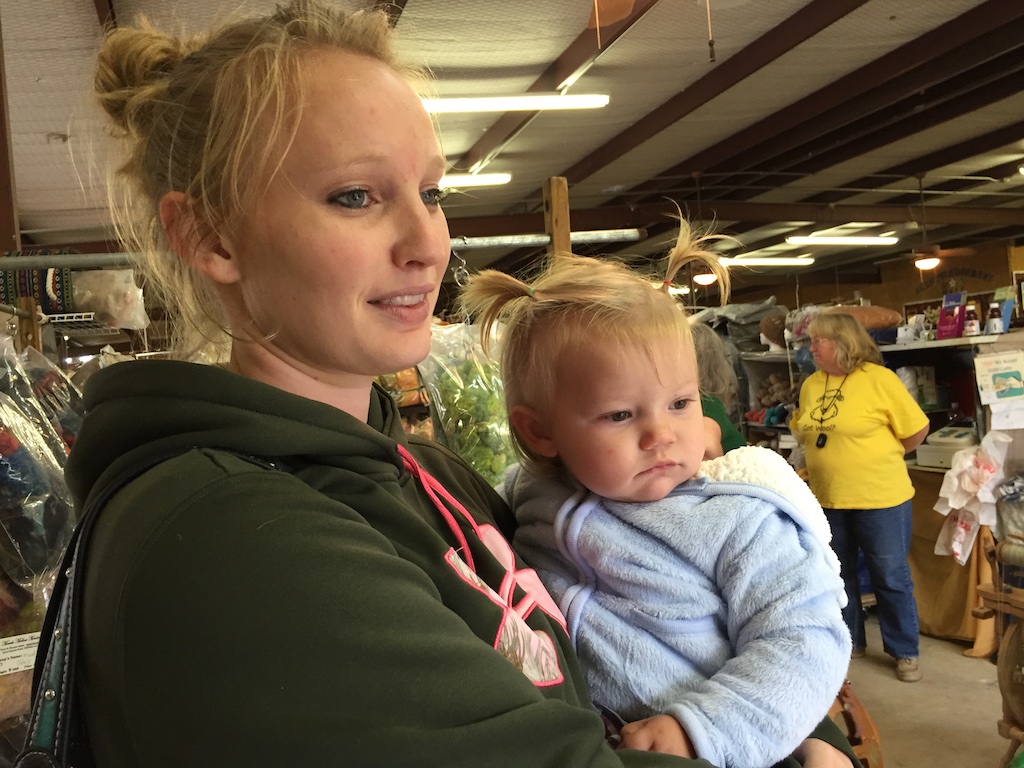 After that Sunday morning class Katie and Kirby and I walked around the vendor buildings.
After that Sunday morning class Katie and Kirby and I walked around the vendor buildings.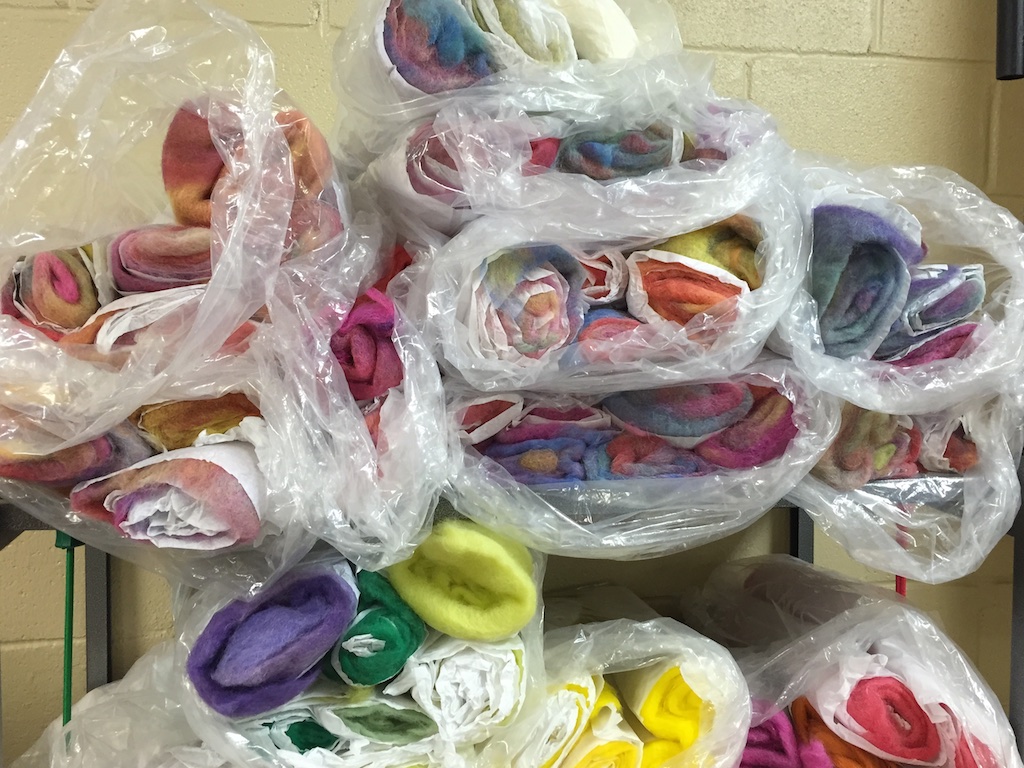 These are batts of fiber ready to felt...
These are batts of fiber ready to felt...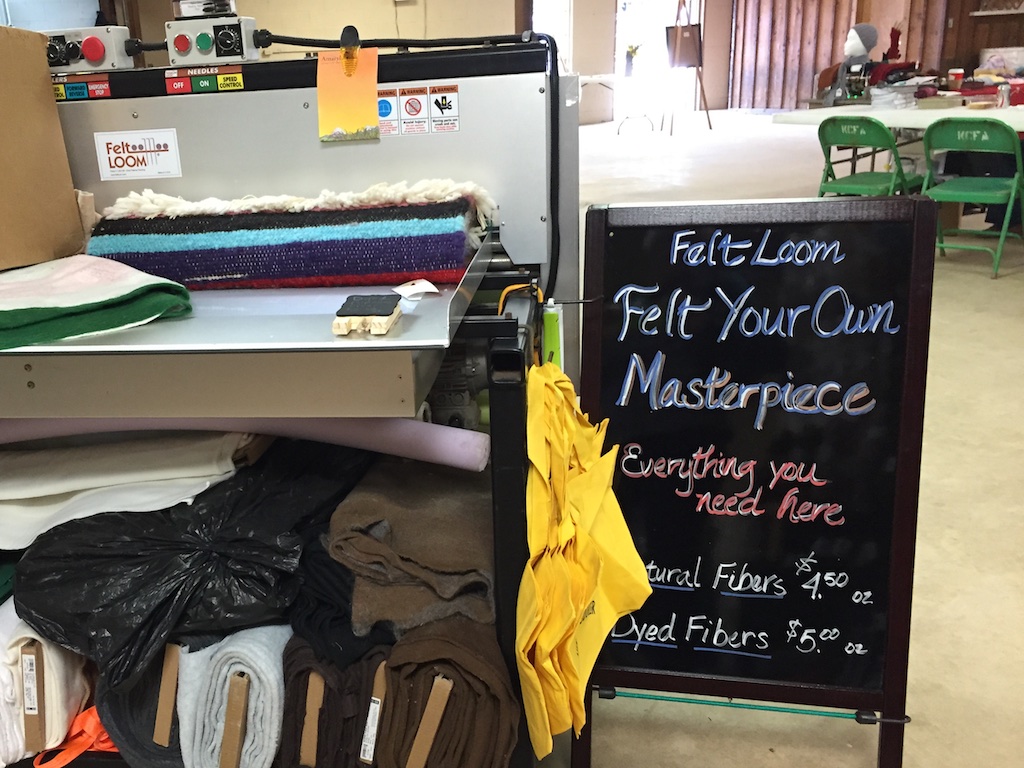 ...on the needlefelt loom that this vendor brings to the shows. Customers can needlefelt the fiber they buy from her for no charge or pay a fee to use the loom for fiber that they bring.
...on the needlefelt loom that this vendor brings to the shows. Customers can needlefelt the fiber they buy from her for no charge or pay a fee to use the loom for fiber that they bring.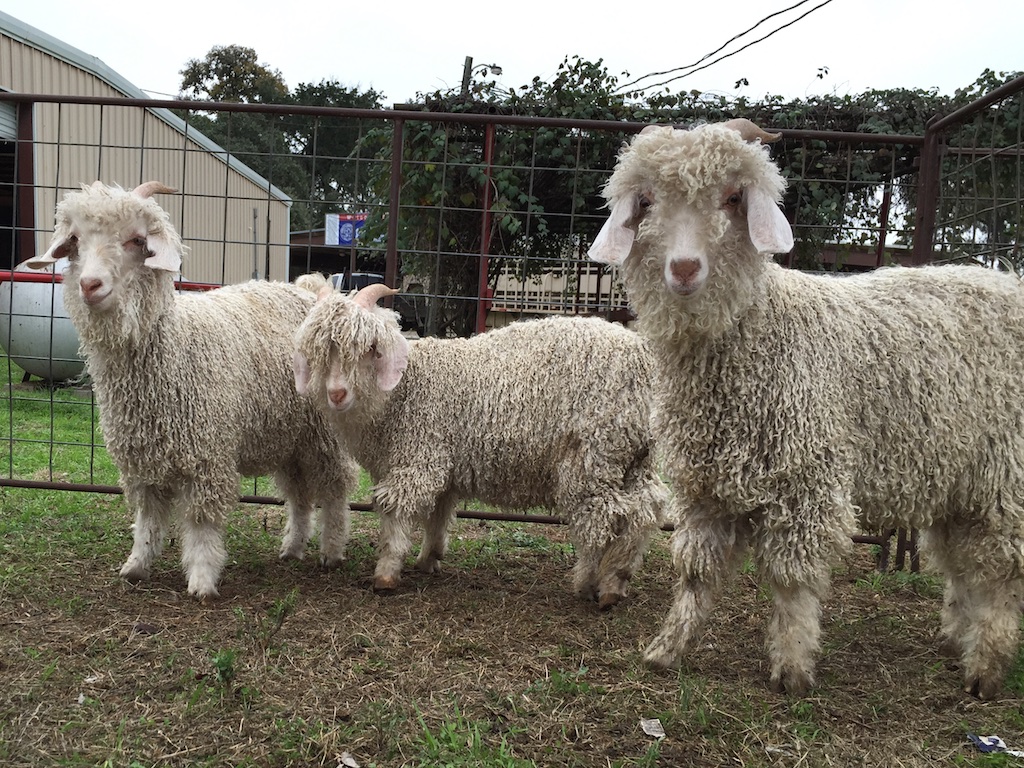 Angora goats are common in Texas and there were some at the show.
Angora goats are common in Texas and there were some at the show.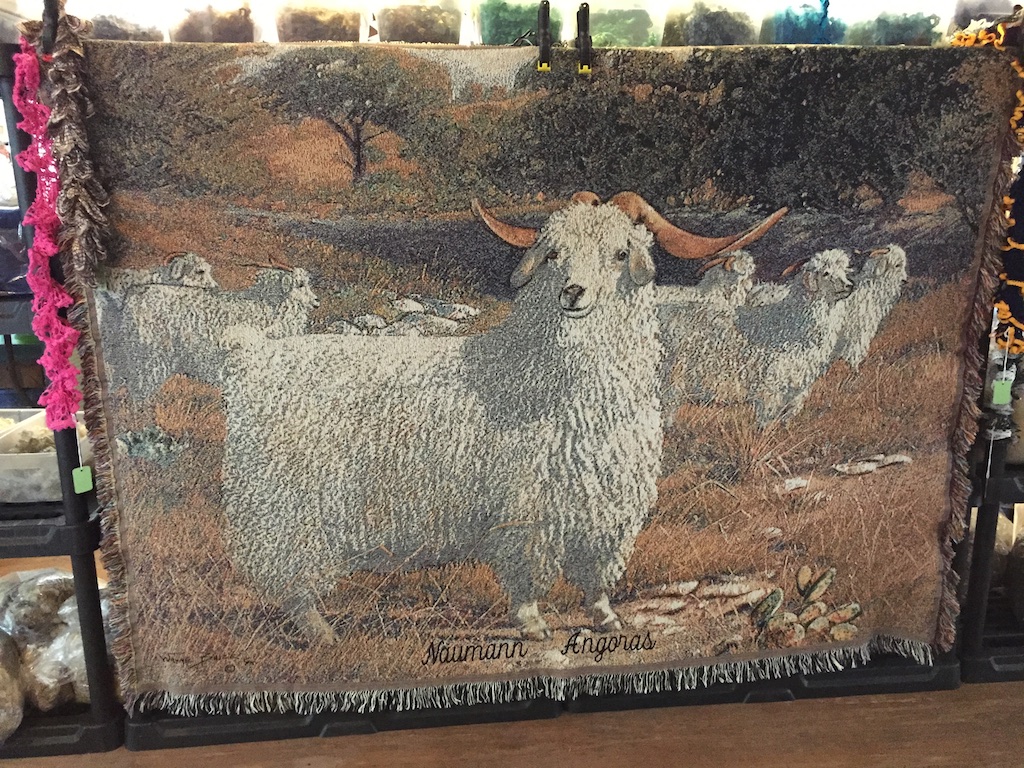
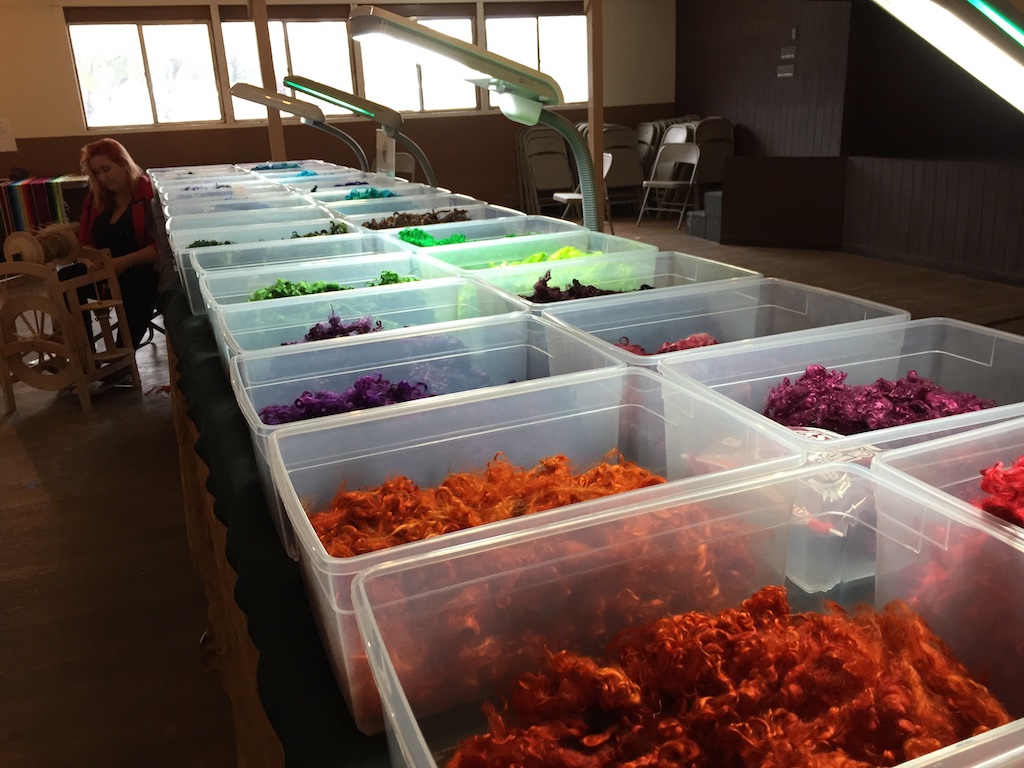 Where you have Angora goat producers you're going to have dyed mohair.
Where you have Angora goat producers you're going to have dyed mohair.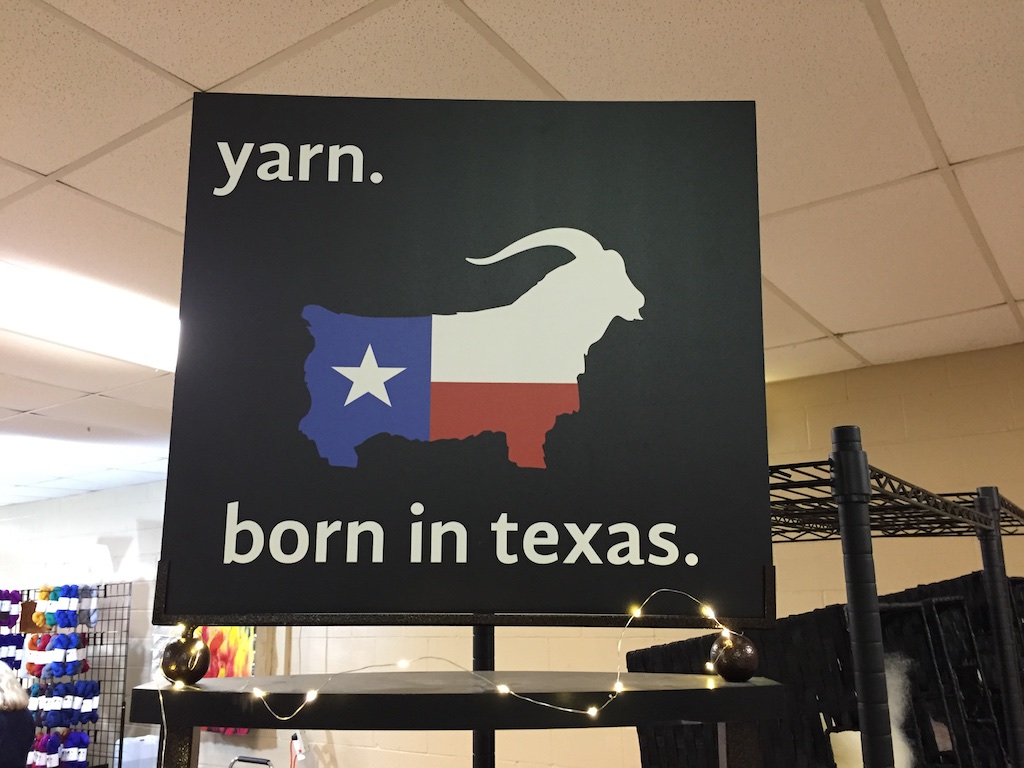
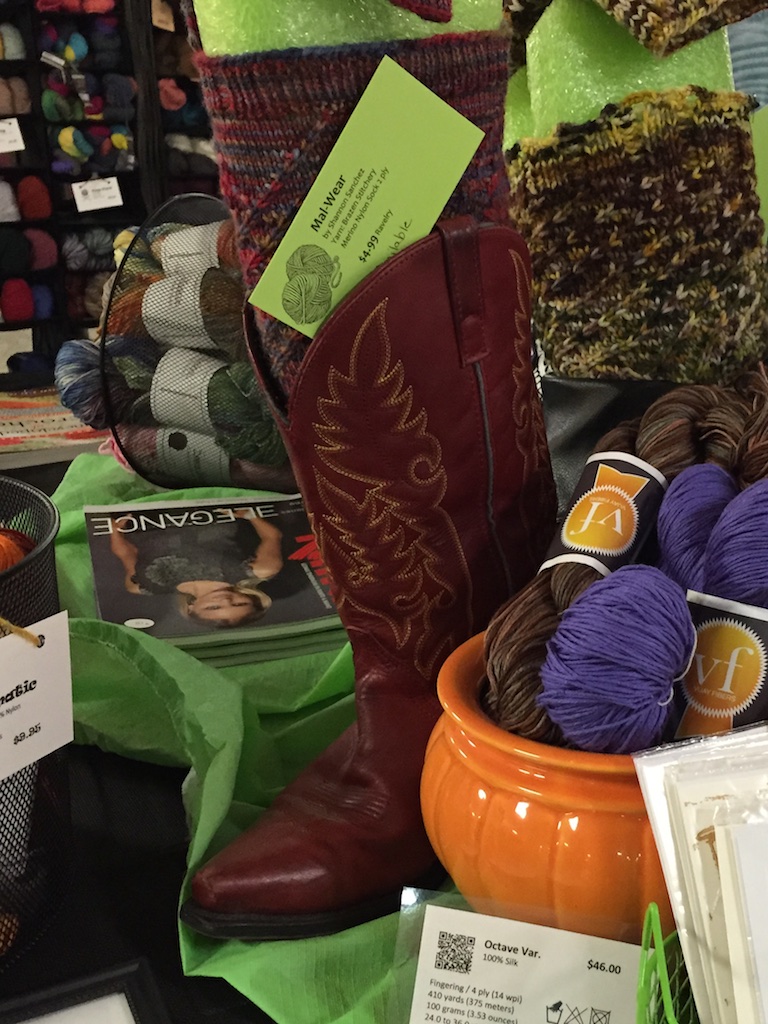
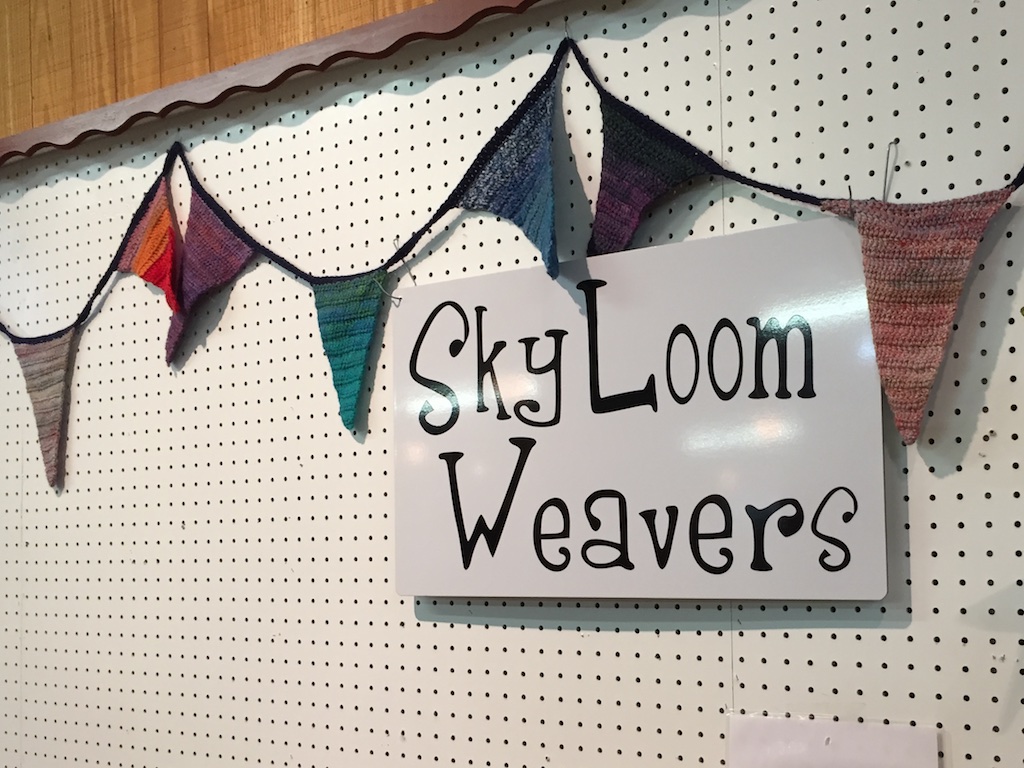
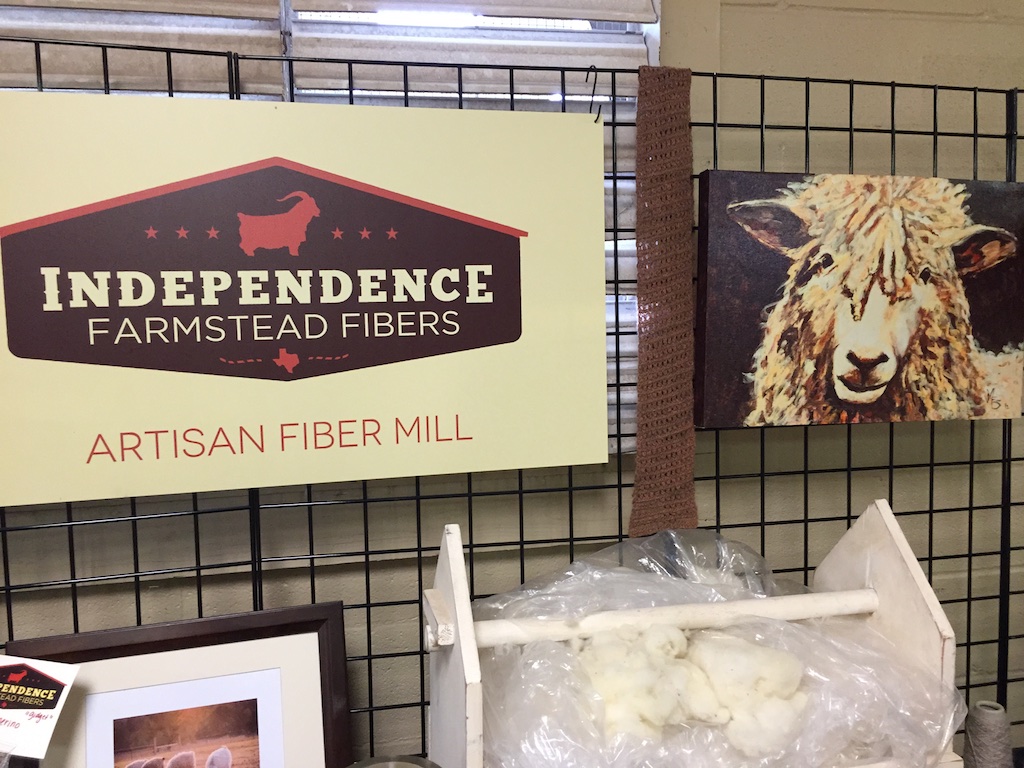
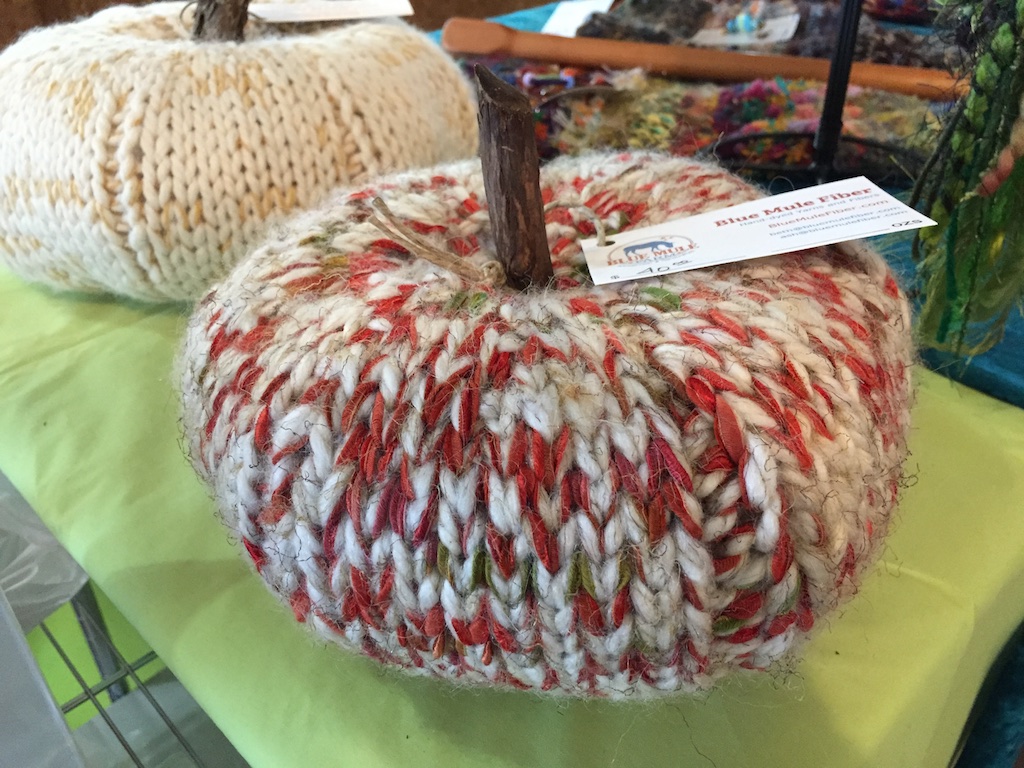
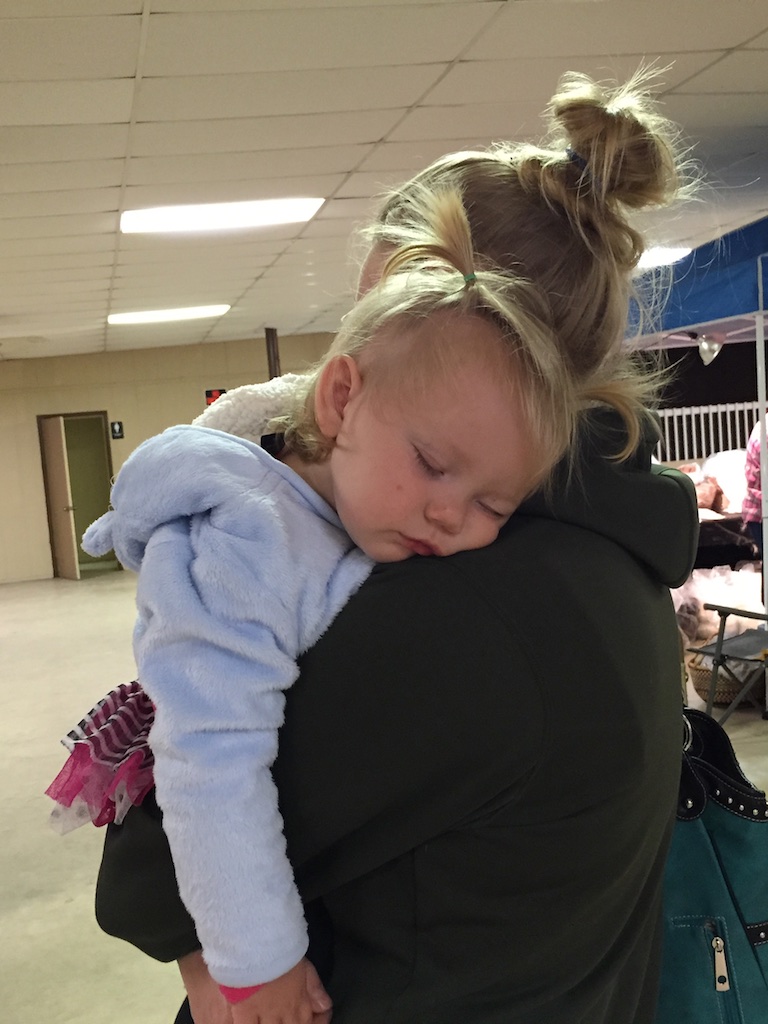

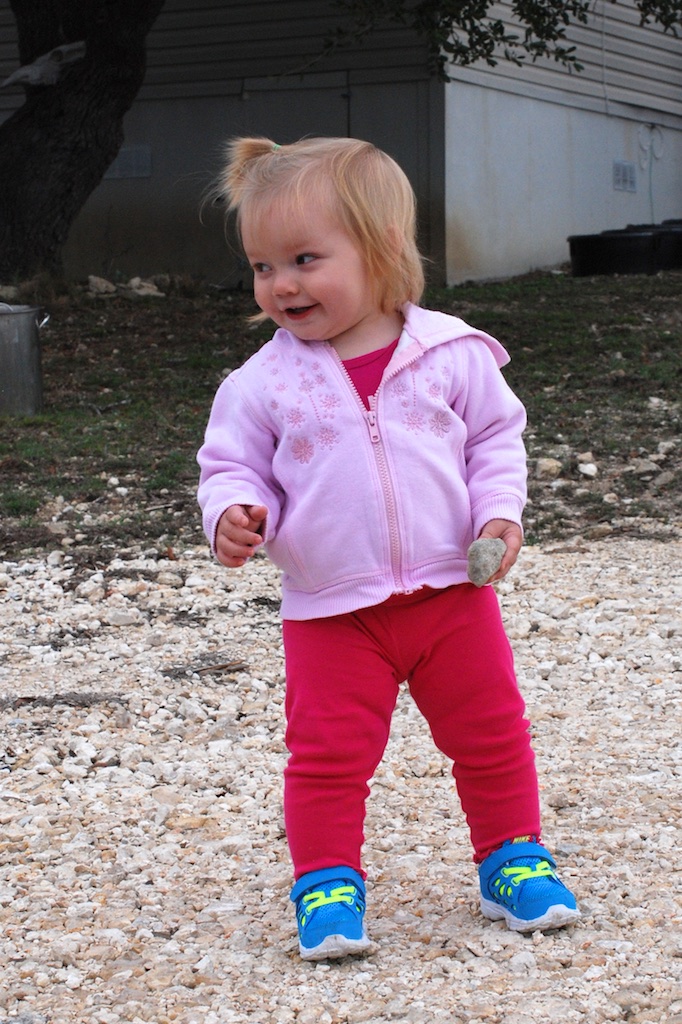



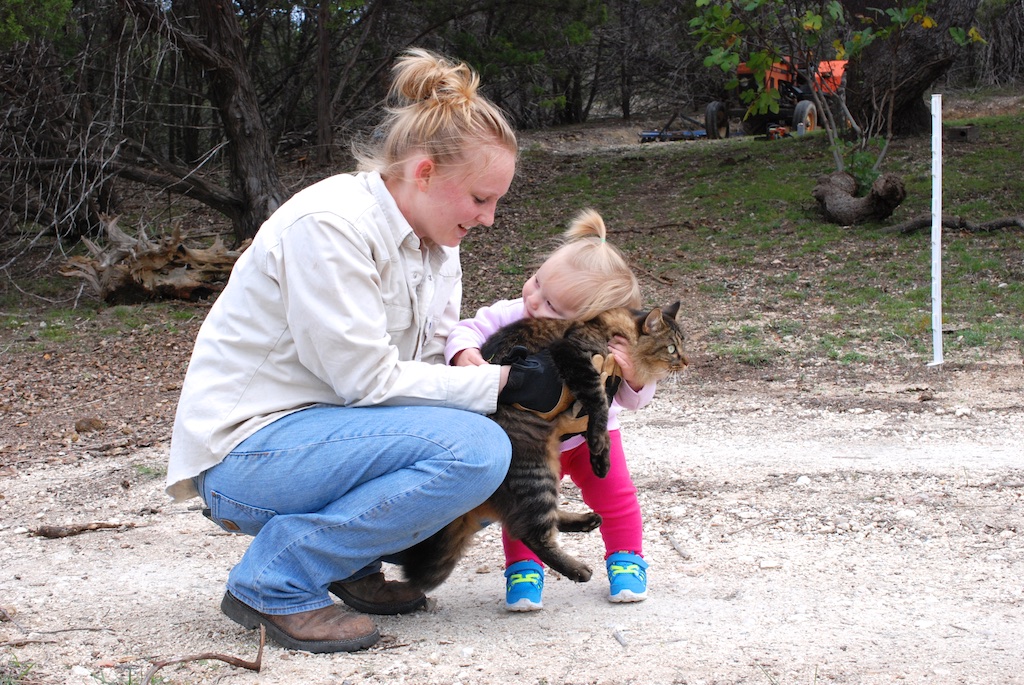

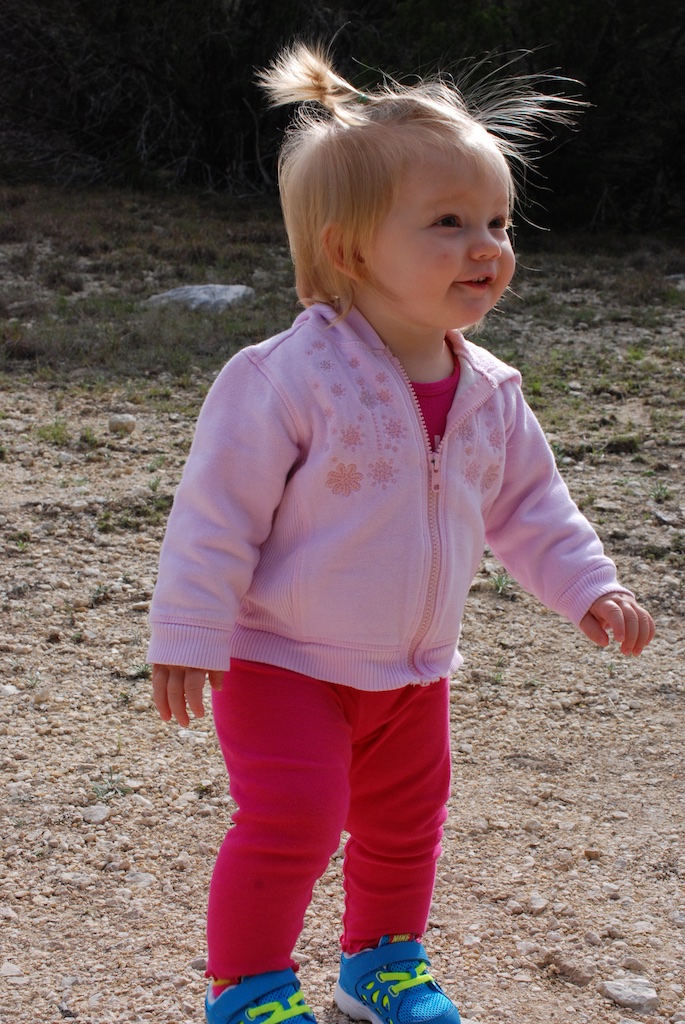


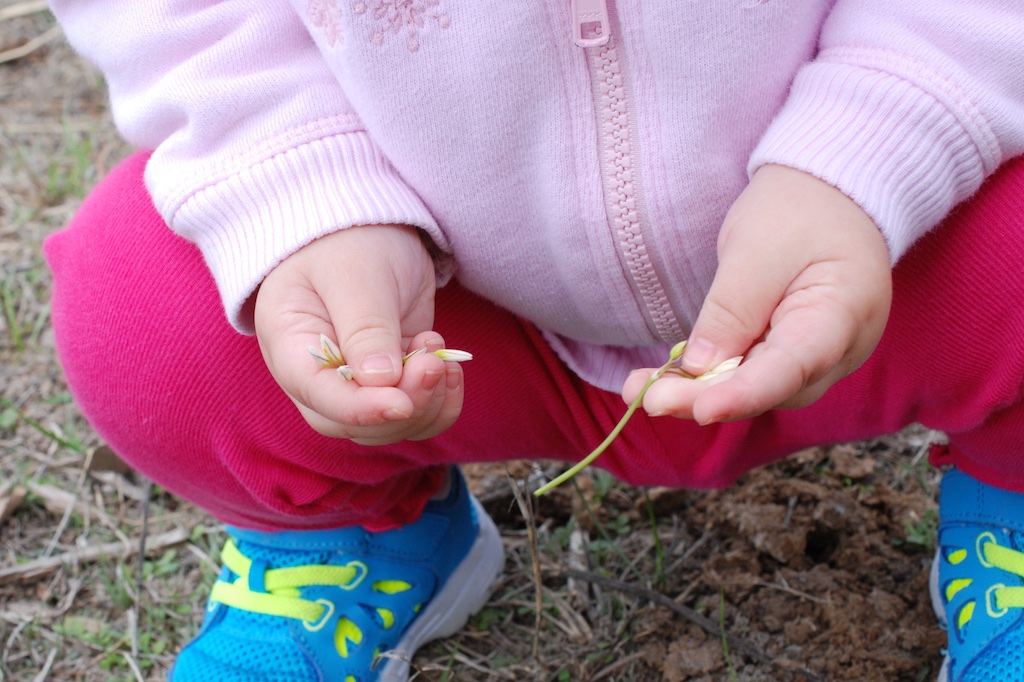
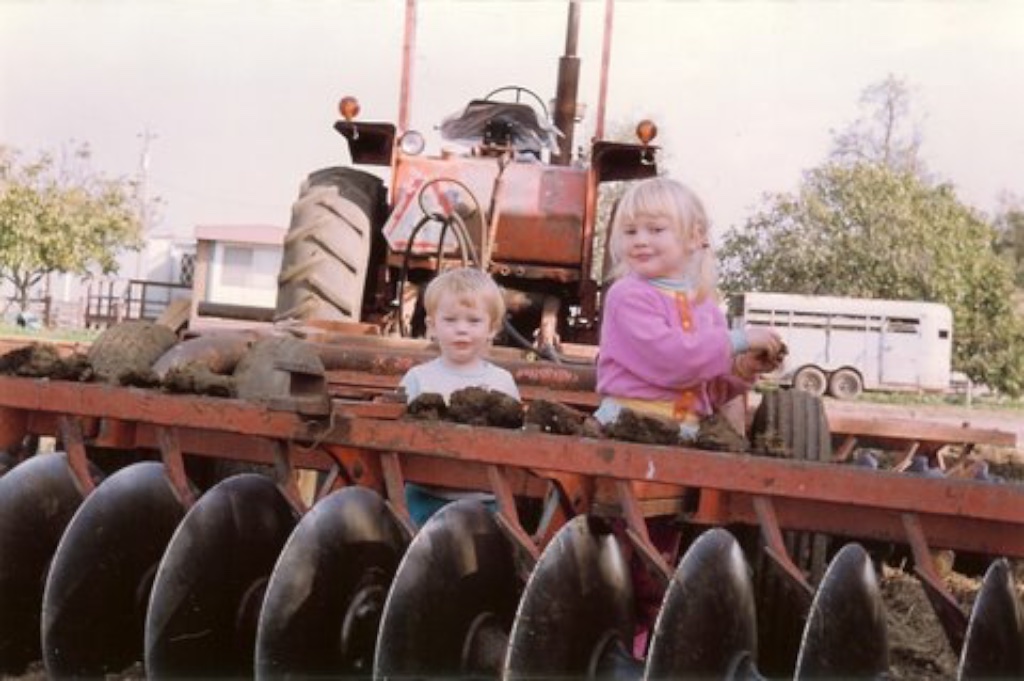







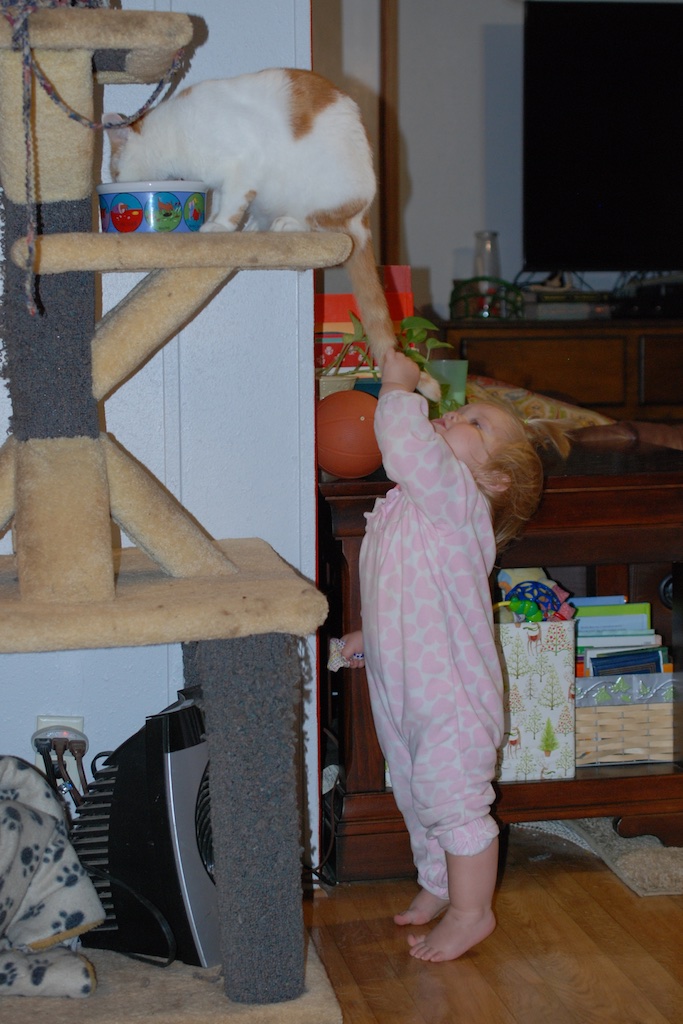

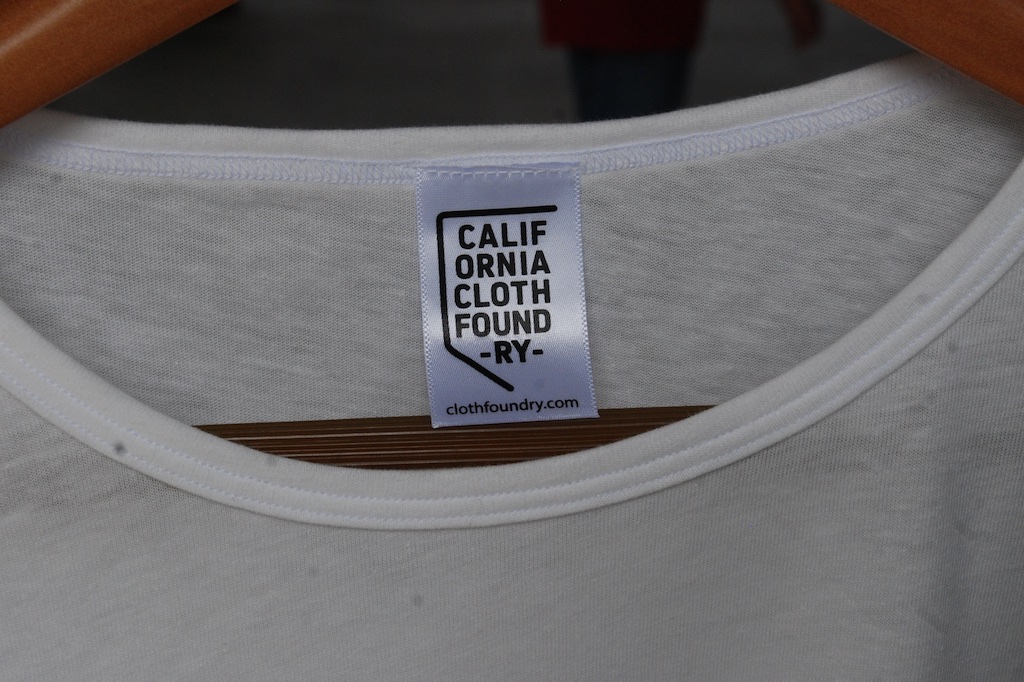
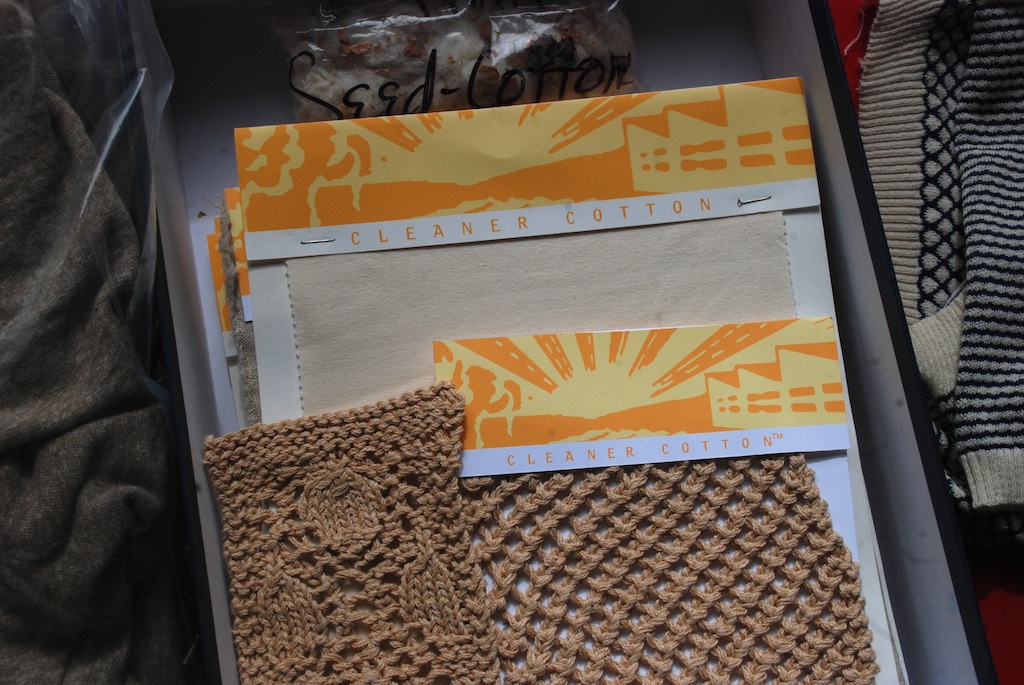
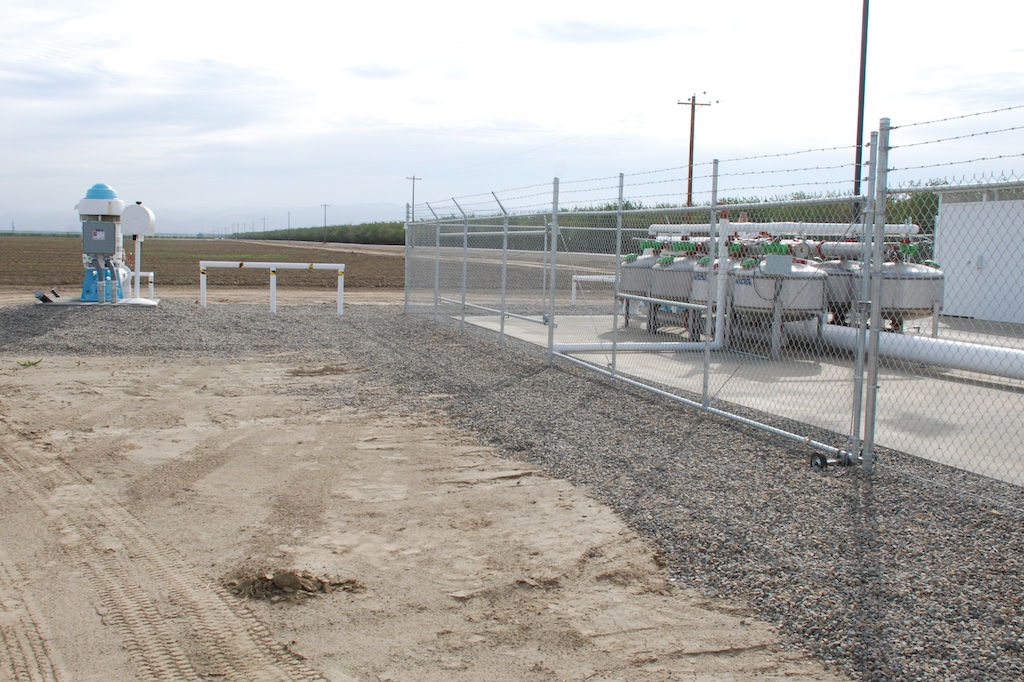 We got back on the bus and stopped not far from the winery to listen to Dan Munk, a UC Cooperative Extension Farm Advisor discuss cotton production and water use of cotton and other crops. Cotton requires 28" of water in a growing season. Nut and fruit trees require 48-52" of water. The western side of the San Joaquin Valley is in a rain shadow created by the mountains and receives only about 12" of rain annually. Surface water use has been curtailed or drastically reduced over the last few years of California's drought so people are relying more on ground water.
We got back on the bus and stopped not far from the winery to listen to Dan Munk, a UC Cooperative Extension Farm Advisor discuss cotton production and water use of cotton and other crops. Cotton requires 28" of water in a growing season. Nut and fruit trees require 48-52" of water. The western side of the San Joaquin Valley is in a rain shadow created by the mountains and receives only about 12" of rain annually. Surface water use has been curtailed or drastically reduced over the last few years of California's drought so people are relying more on ground water.
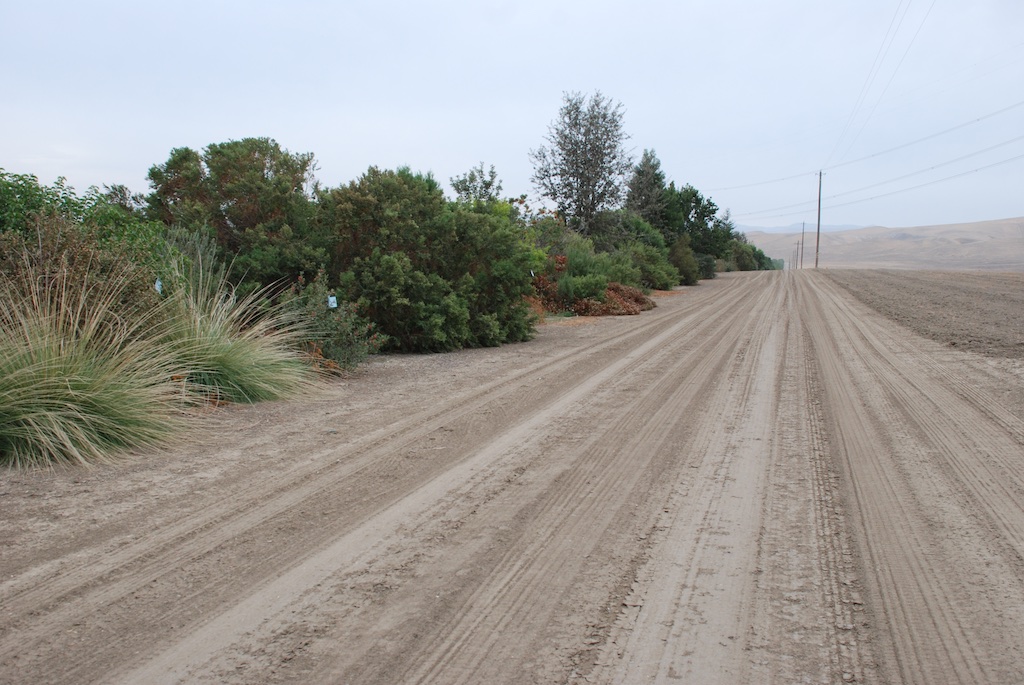
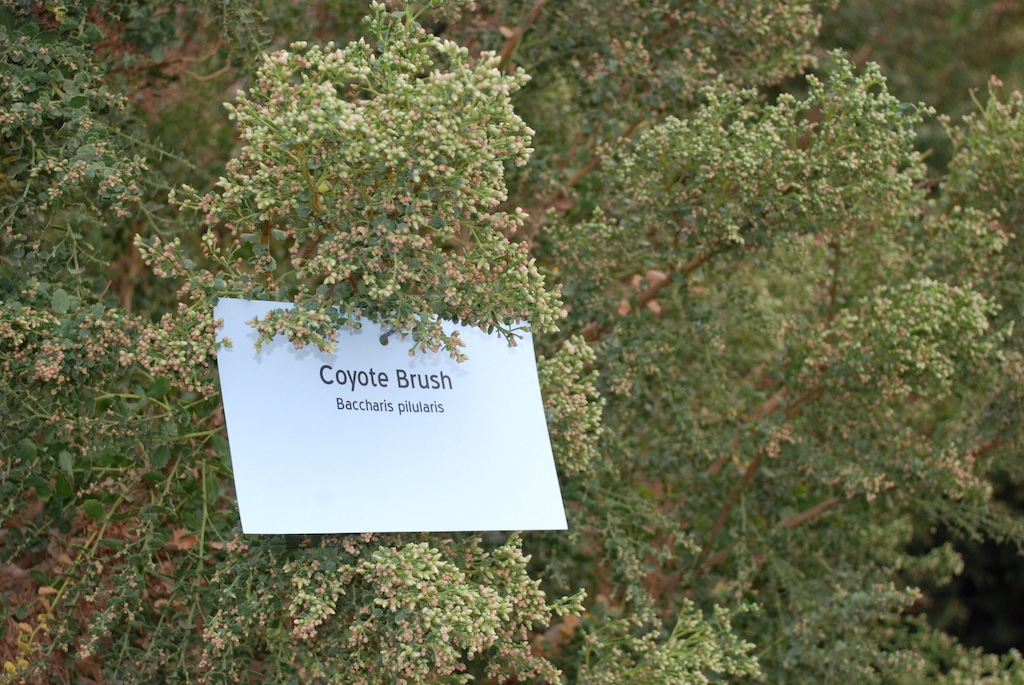
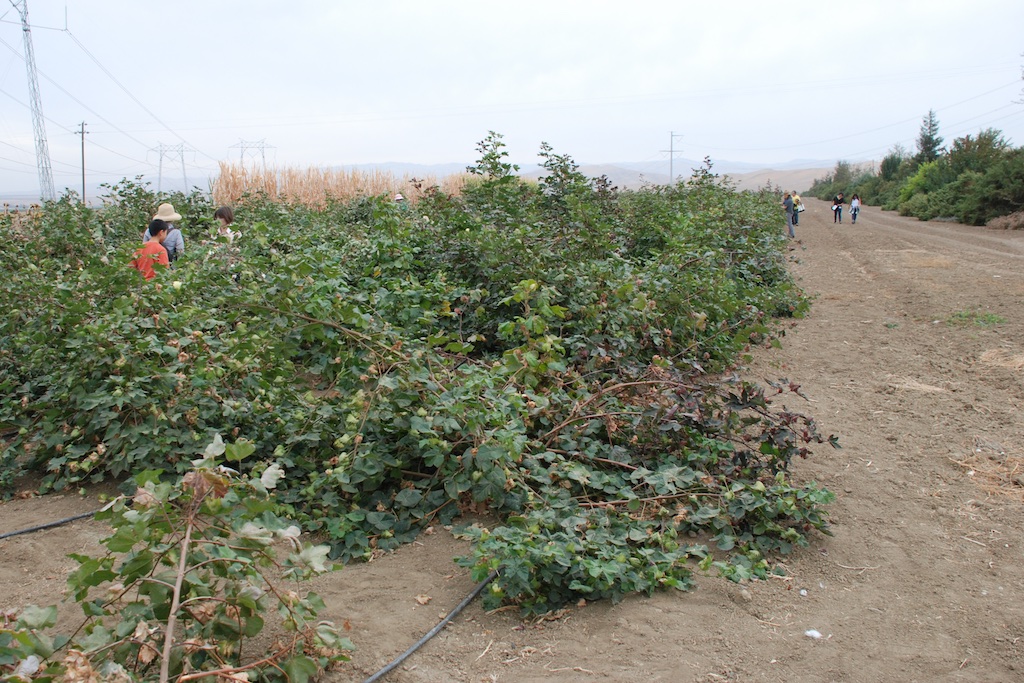



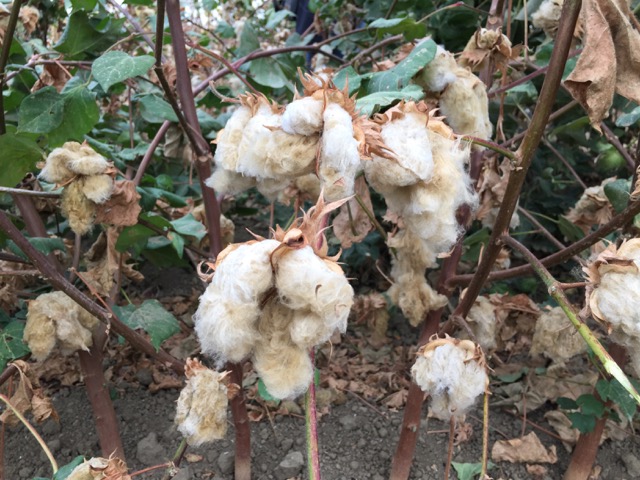
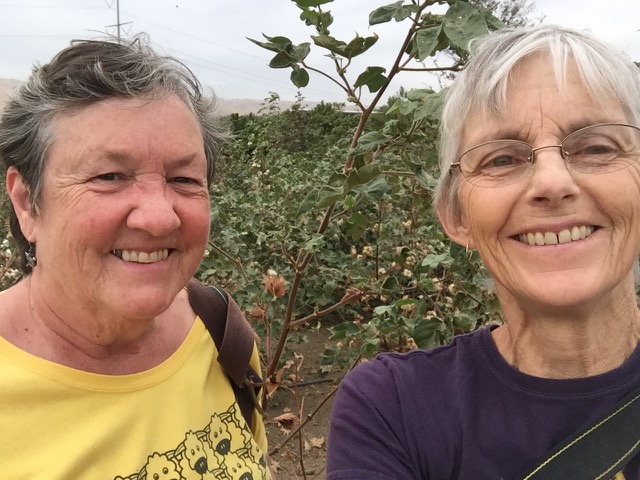


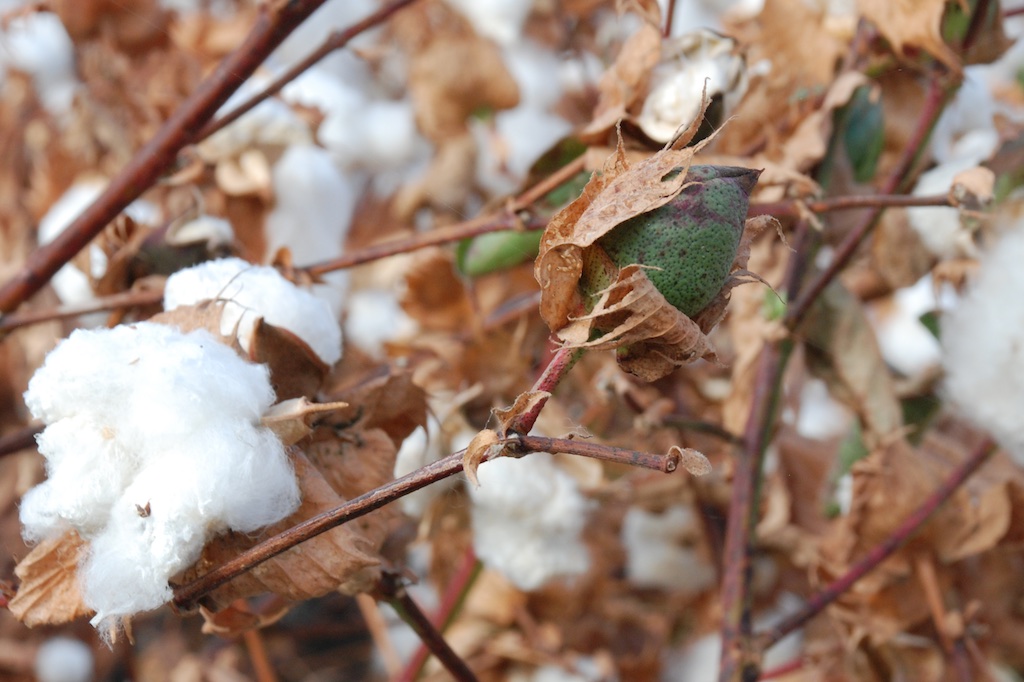 The tour was a very full day and I took dozens of photos. I've tried to narrow them down for this post but there are still a lot.
The tour was a very full day and I took dozens of photos. I've tried to narrow them down for this post but there are still a lot.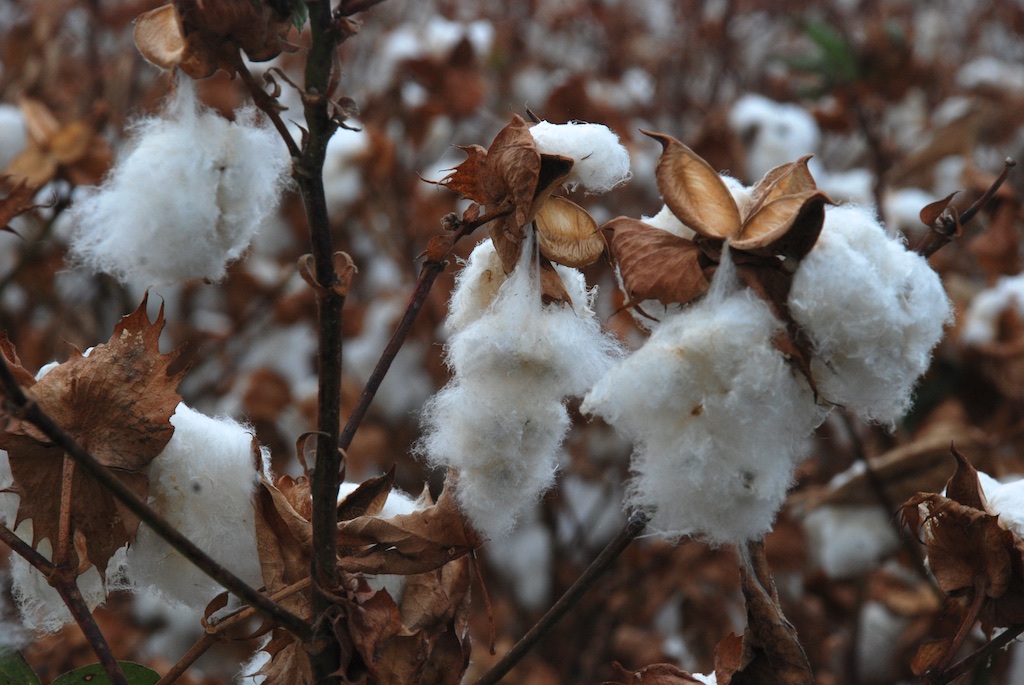 In most cotton crops a defoliant is applied prior to harvest.
In most cotton crops a defoliant is applied prior to harvest. 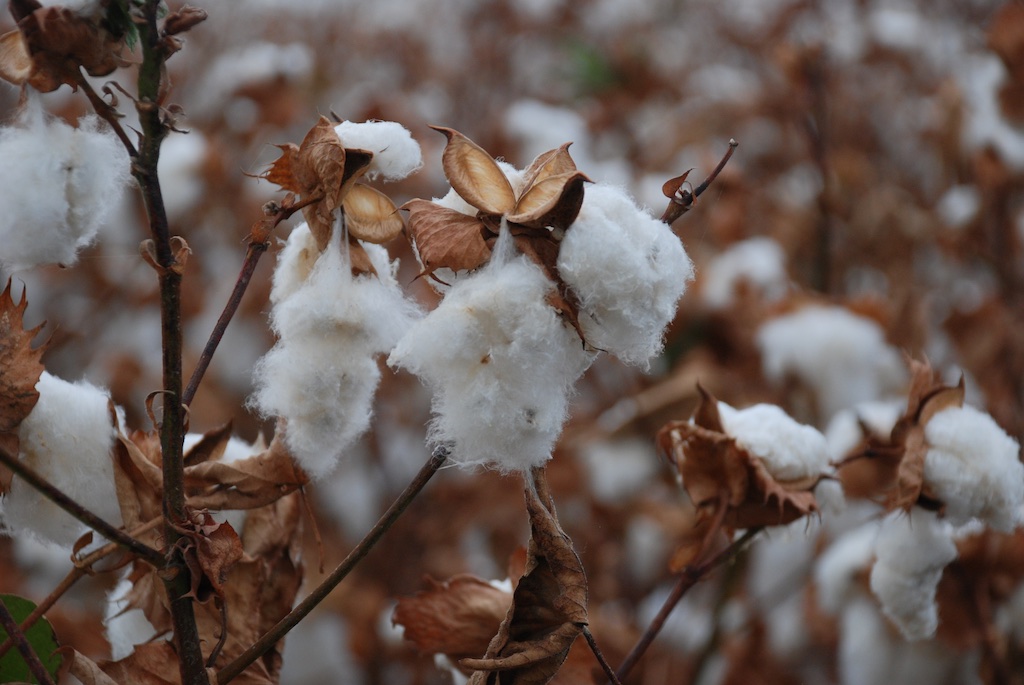 I was reading up on this and find that, as in most things, it is a whole lot more complicated than that simple statement implies. Dozens of factors are involved in the decision of to defoliate or not, type of defoliant (hormonal or herbicidal), and timing of defoliation (based on crop maturity and desired harvest time with some weather predicting skill necessary).
I was reading up on this and find that, as in most things, it is a whole lot more complicated than that simple statement implies. Dozens of factors are involved in the decision of to defoliate or not, type of defoliant (hormonal or herbicidal), and timing of defoliation (based on crop maturity and desired harvest time with some weather predicting skill necessary).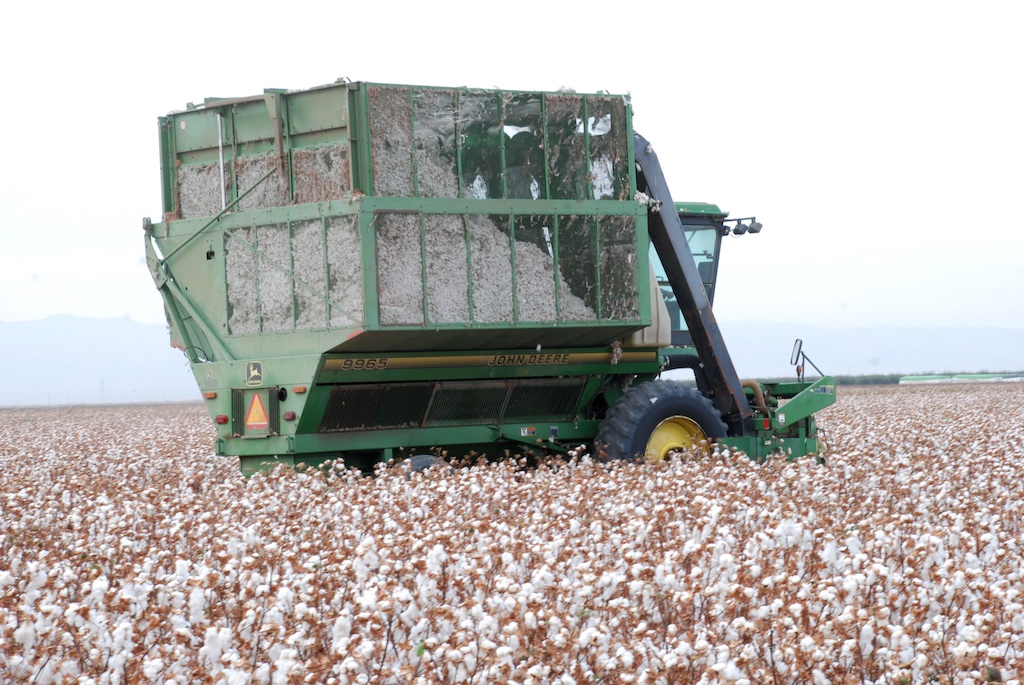


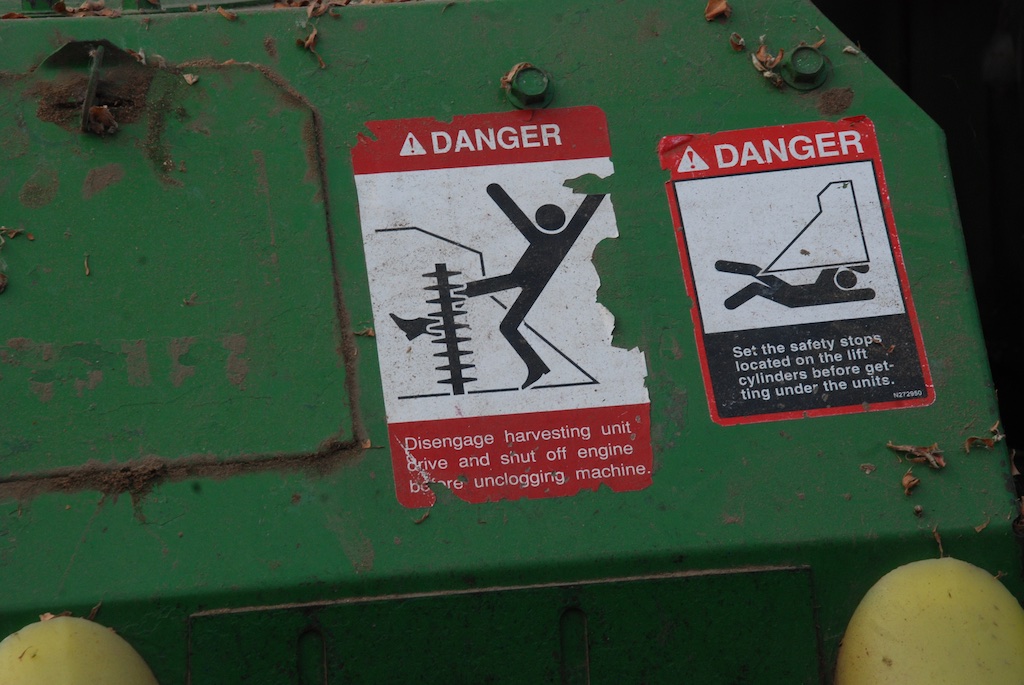
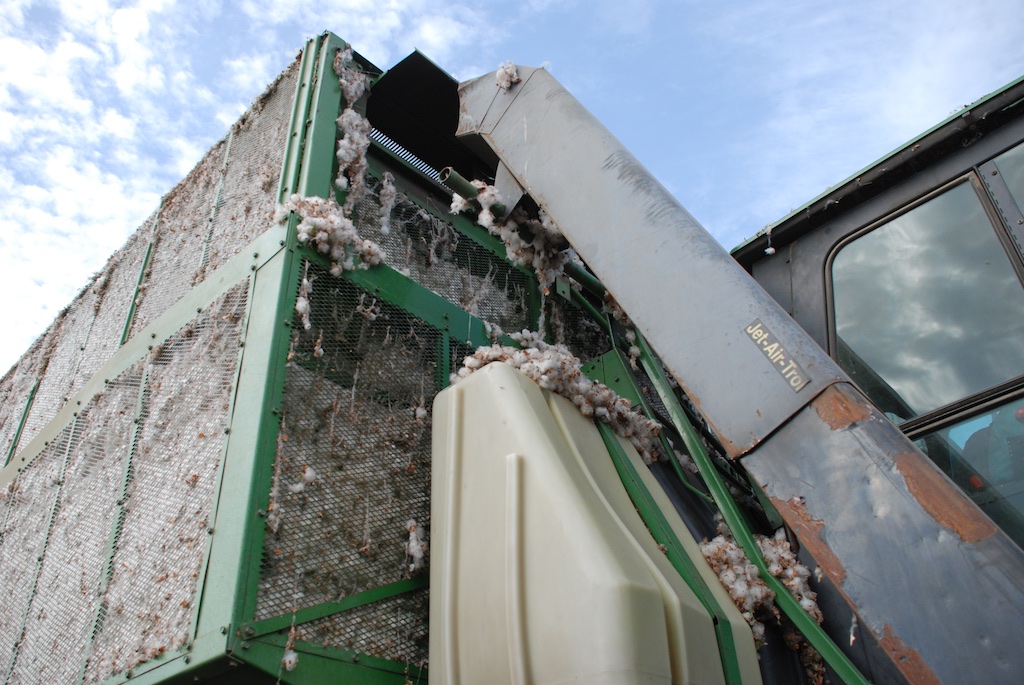
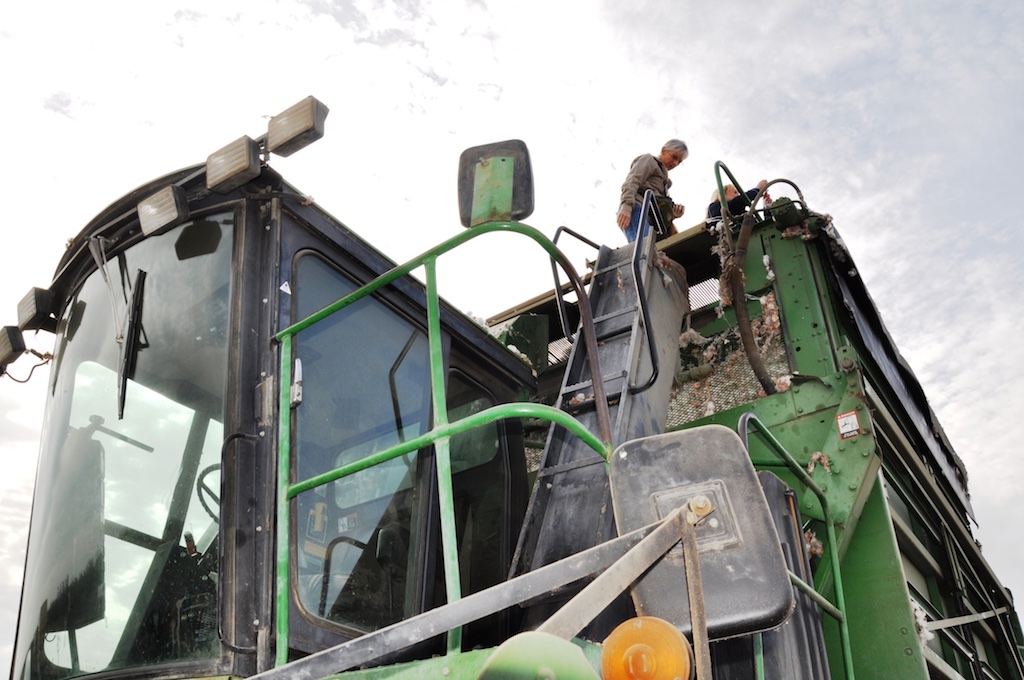

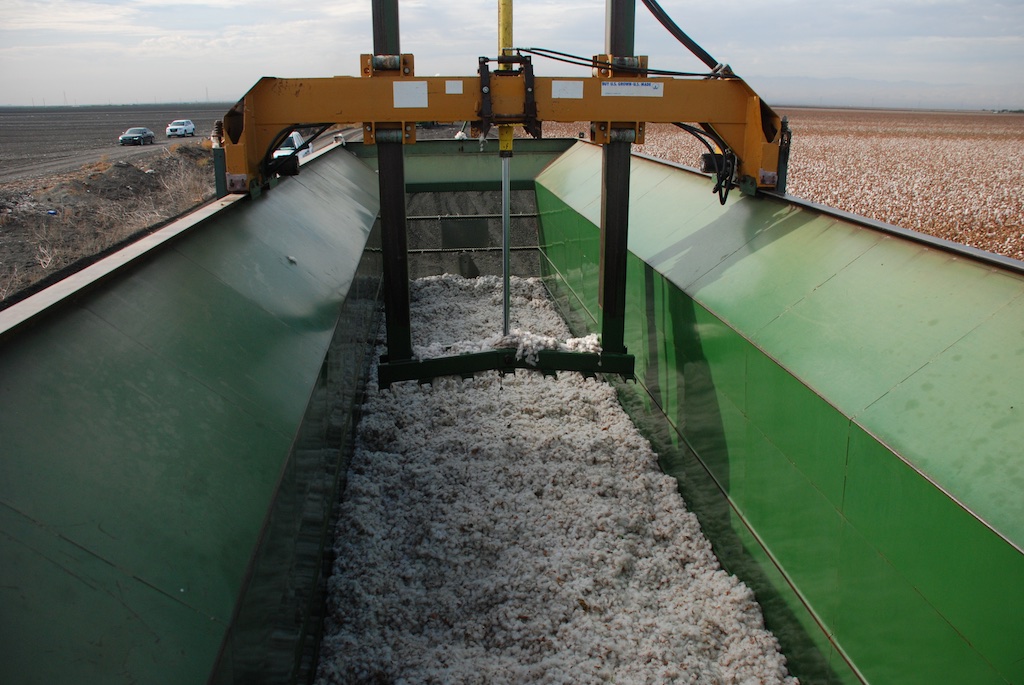 ...where it is hydraulically pressed into modules that will produce up to 14 bales of cotton.
...where it is hydraulically pressed into modules that will produce up to 14 bales of cotton.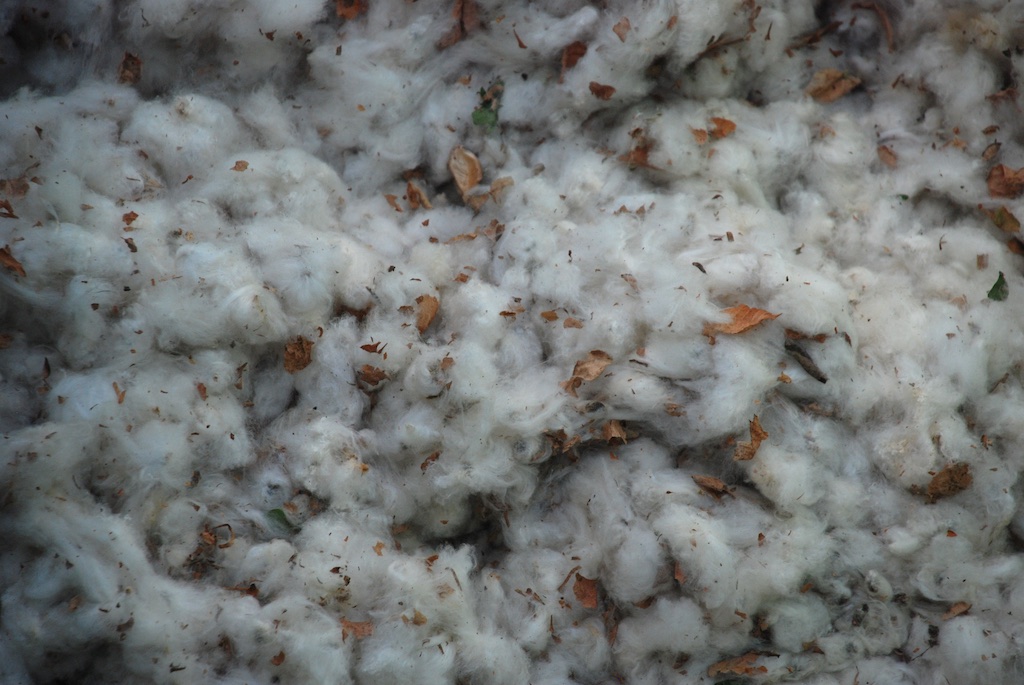
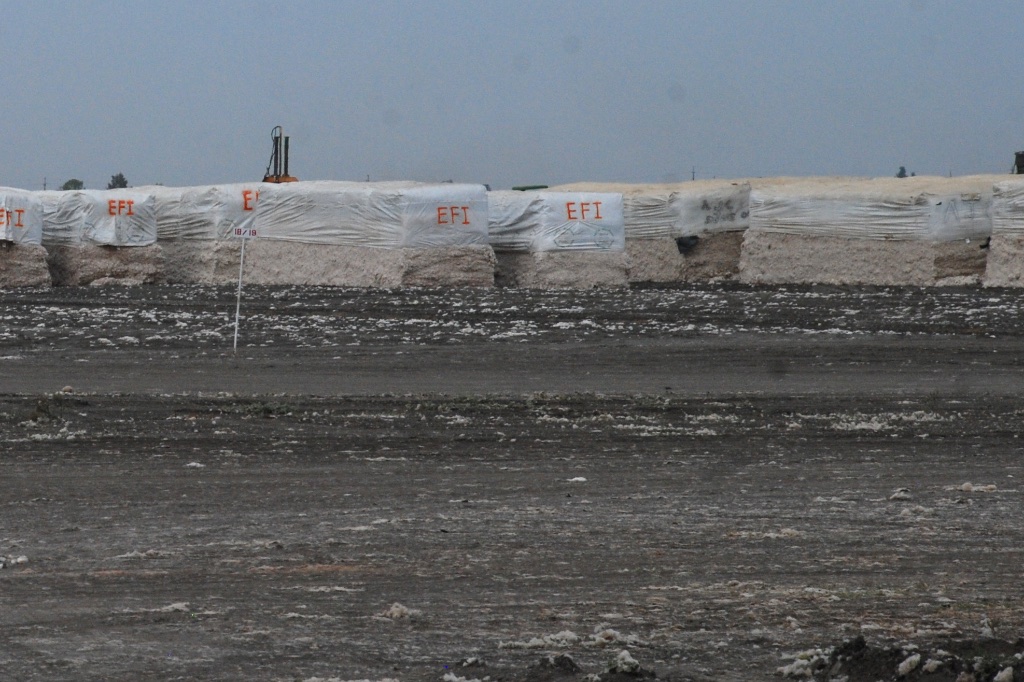
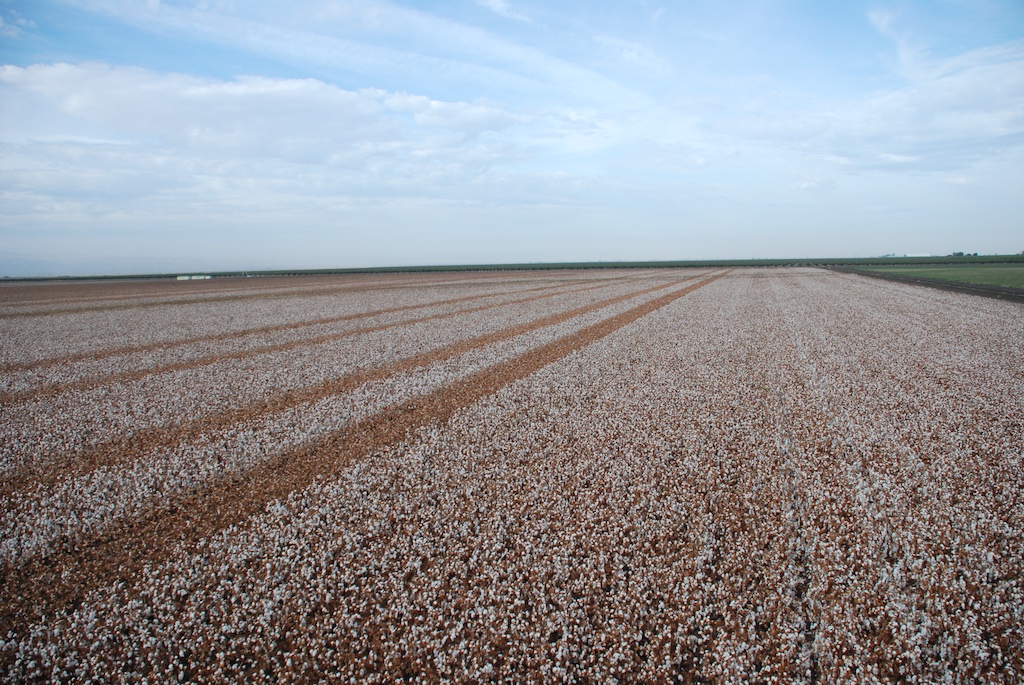
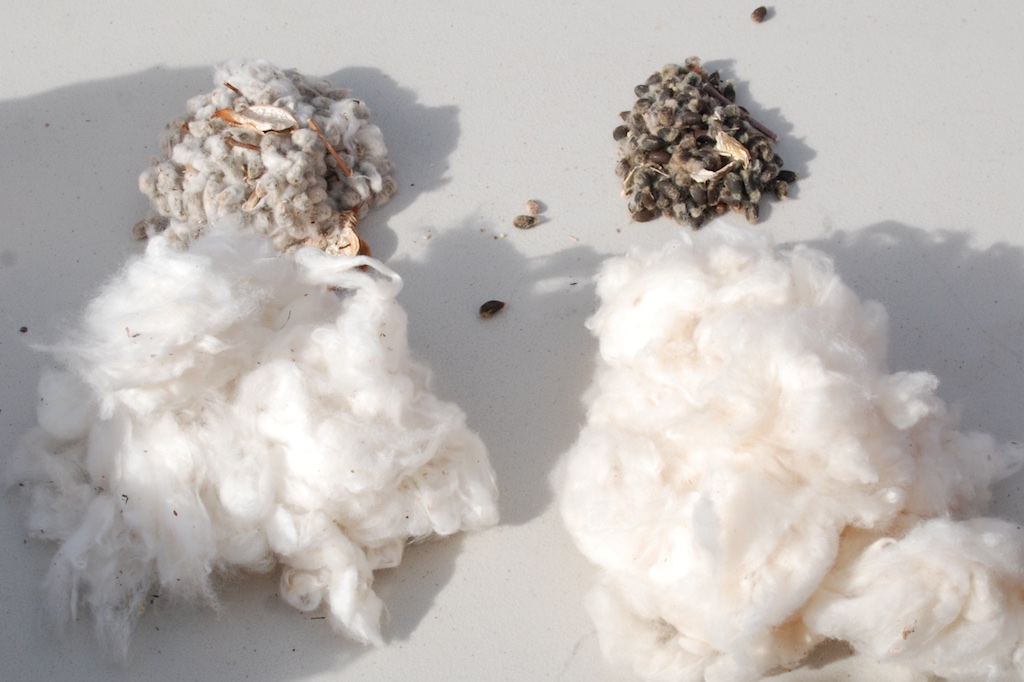
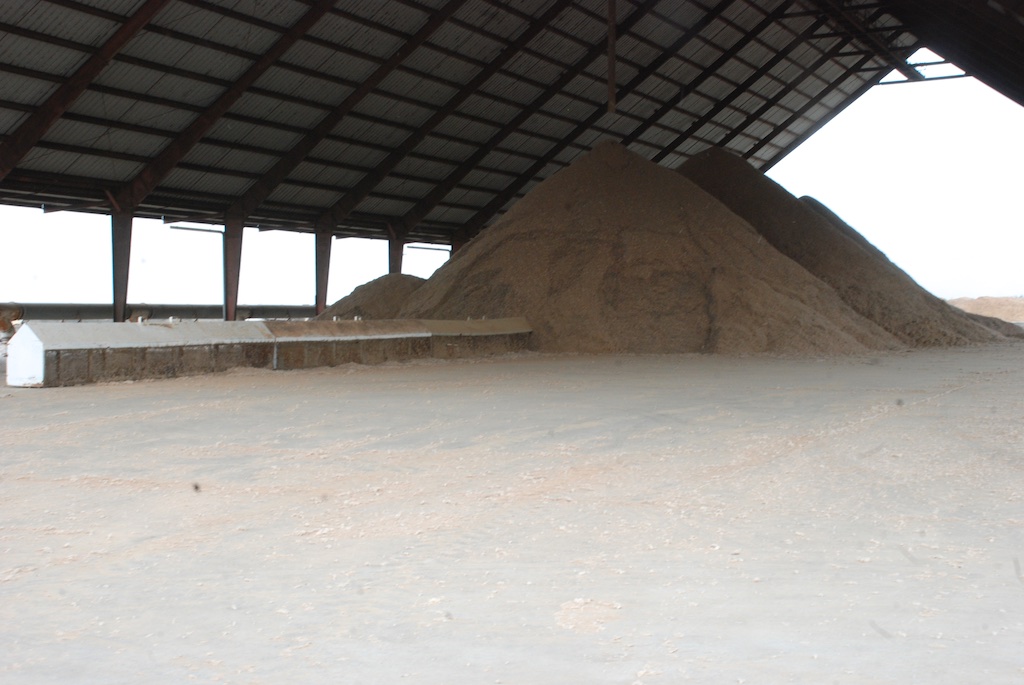
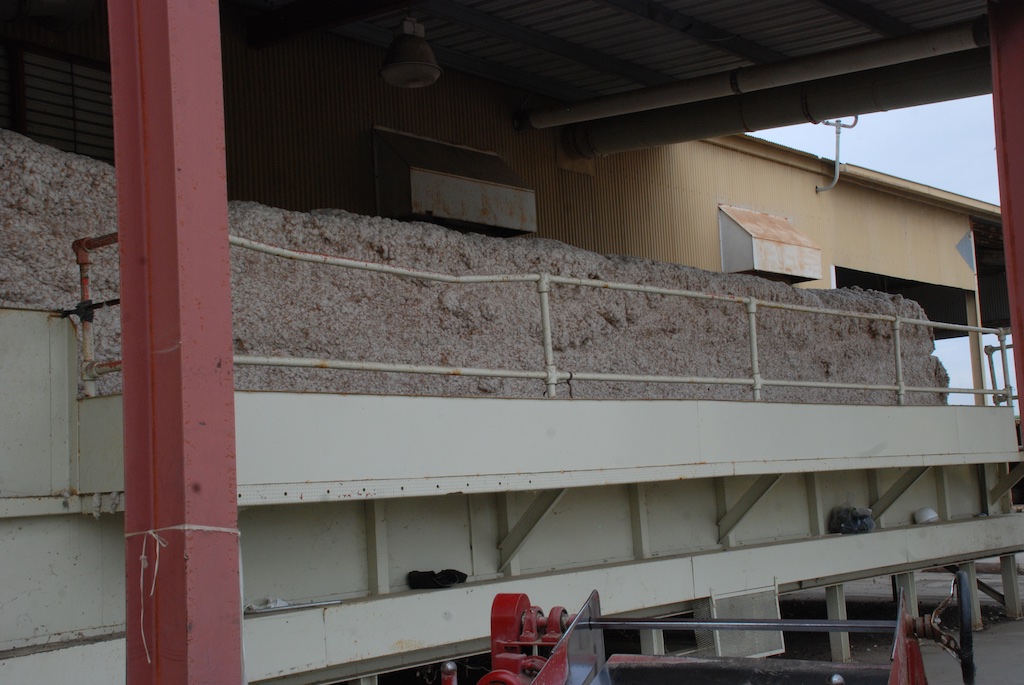
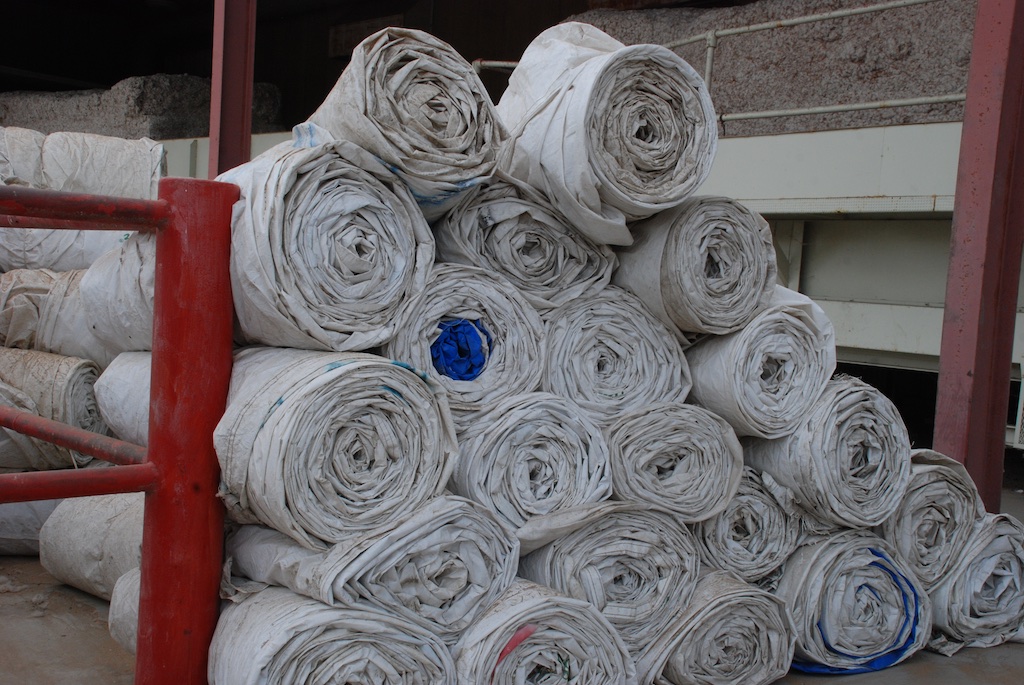
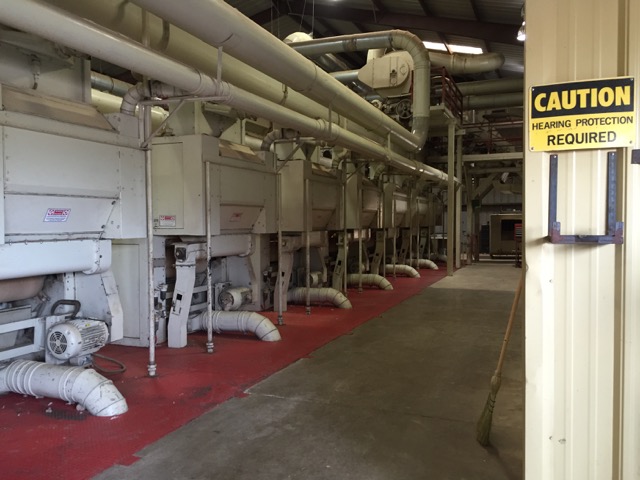
 The process was described to us prior to entering the gin but once inside I wasn't sure which machine was which. There are dozens of machines and tubes are running everywhere.
The process was described to us prior to entering the gin but once inside I wasn't sure which machine was which. There are dozens of machines and tubes are running everywhere. 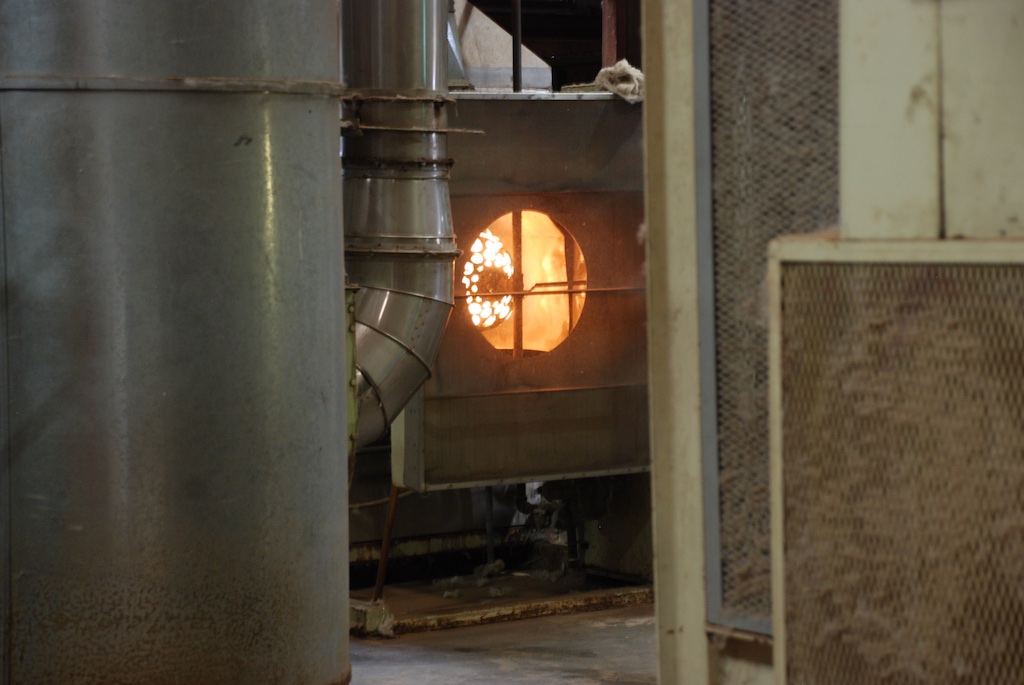 In the ginning process modules are broken apart and the cotton enters a dryer which removes excess moisture. It passes through several rotating, spiked cylinder cleaners that break up large clumps and remove soil and leaves. The saw gin separates the fibers from the seeds and l
In the ginning process modules are broken apart and the cotton enters a dryer which removes excess moisture. It passes through several rotating, spiked cylinder cleaners that break up large clumps and remove soil and leaves. The saw gin separates the fibers from the seeds and l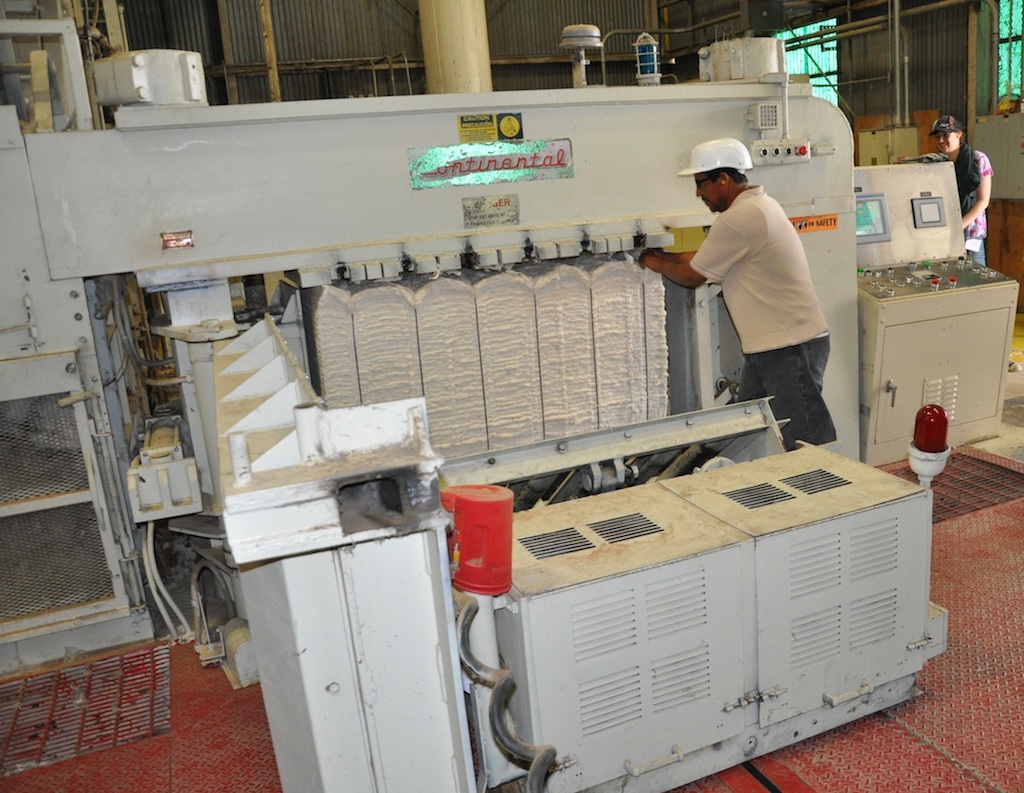
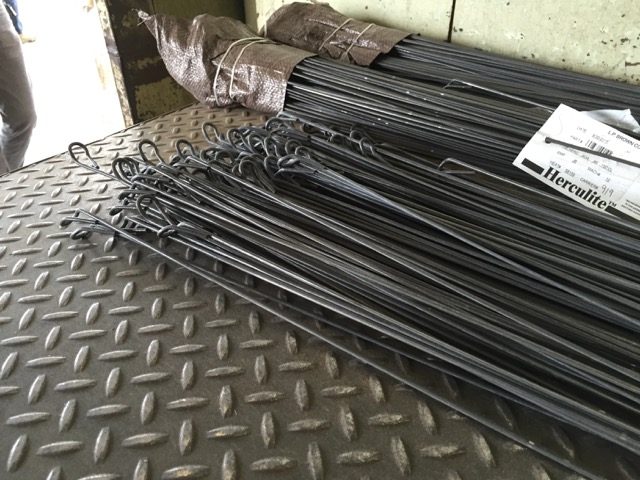
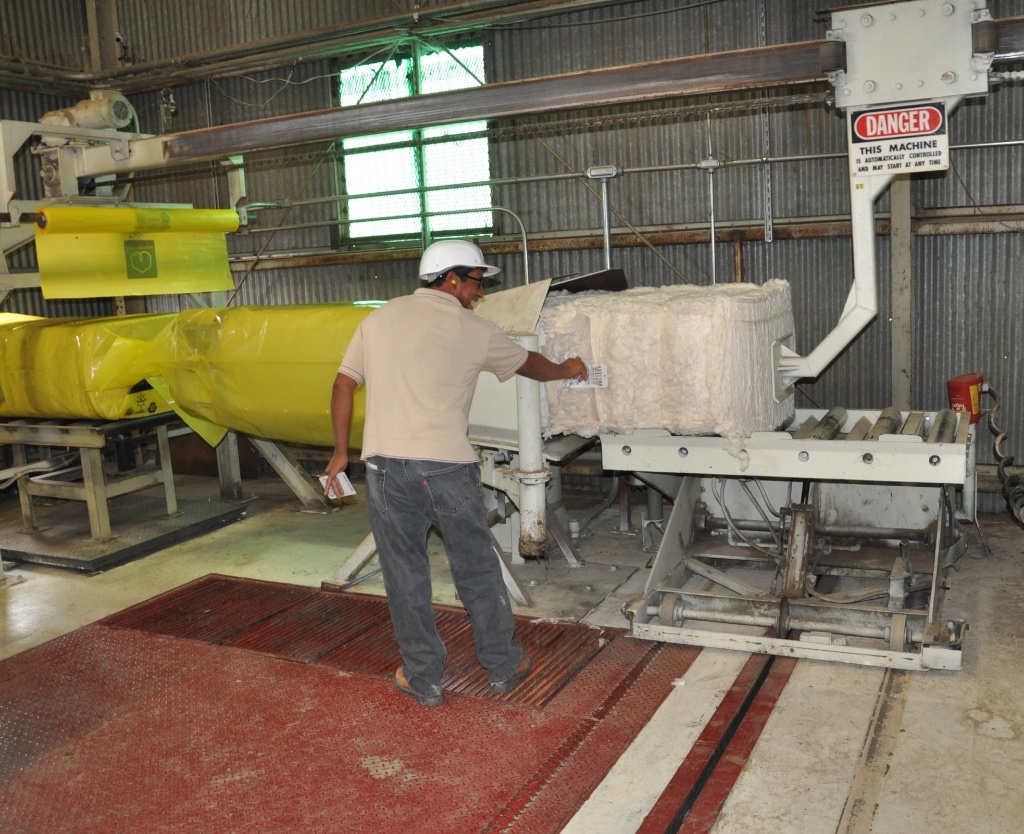
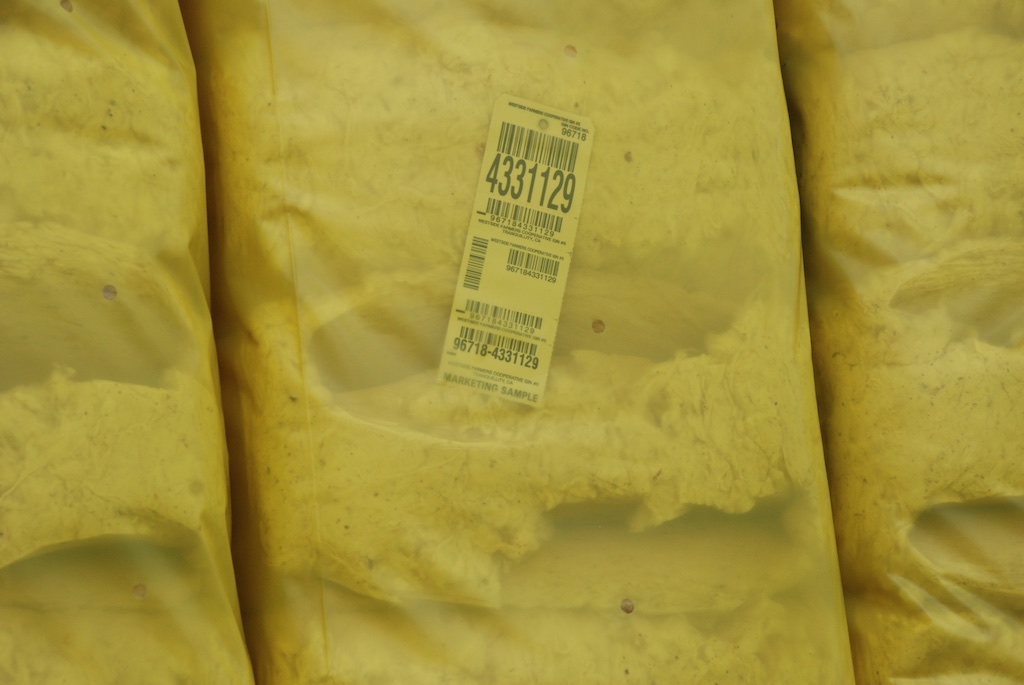


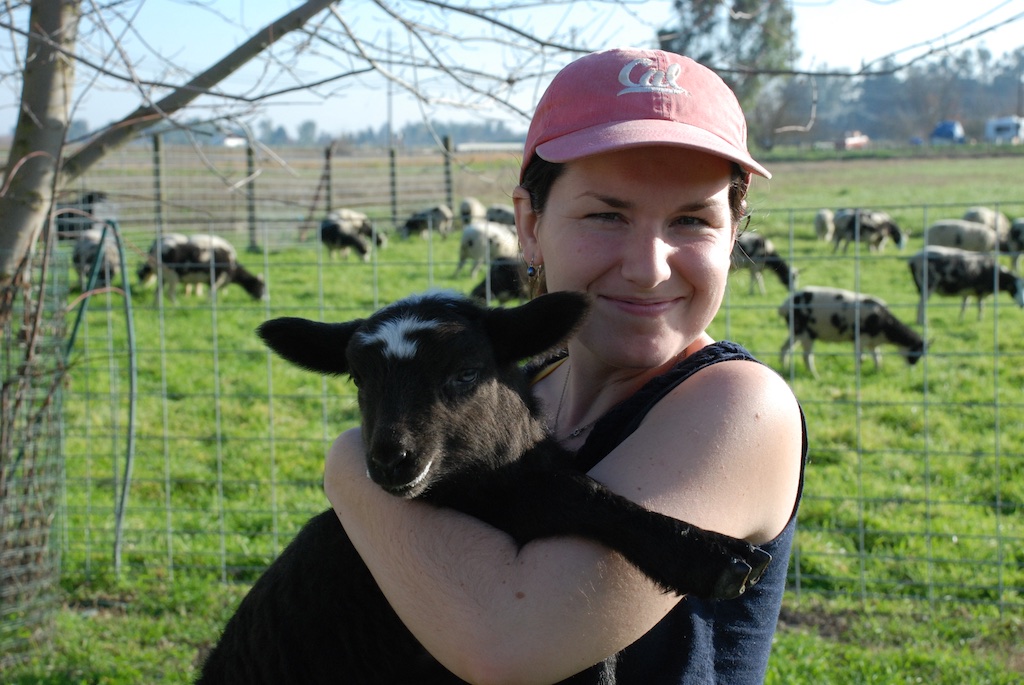
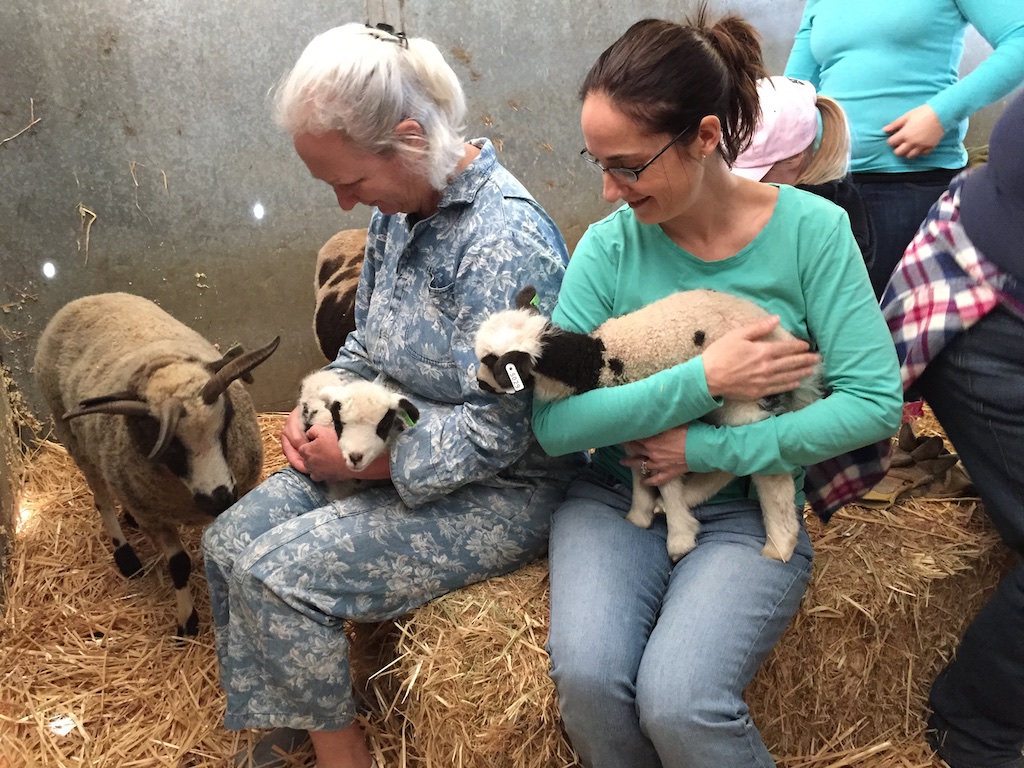

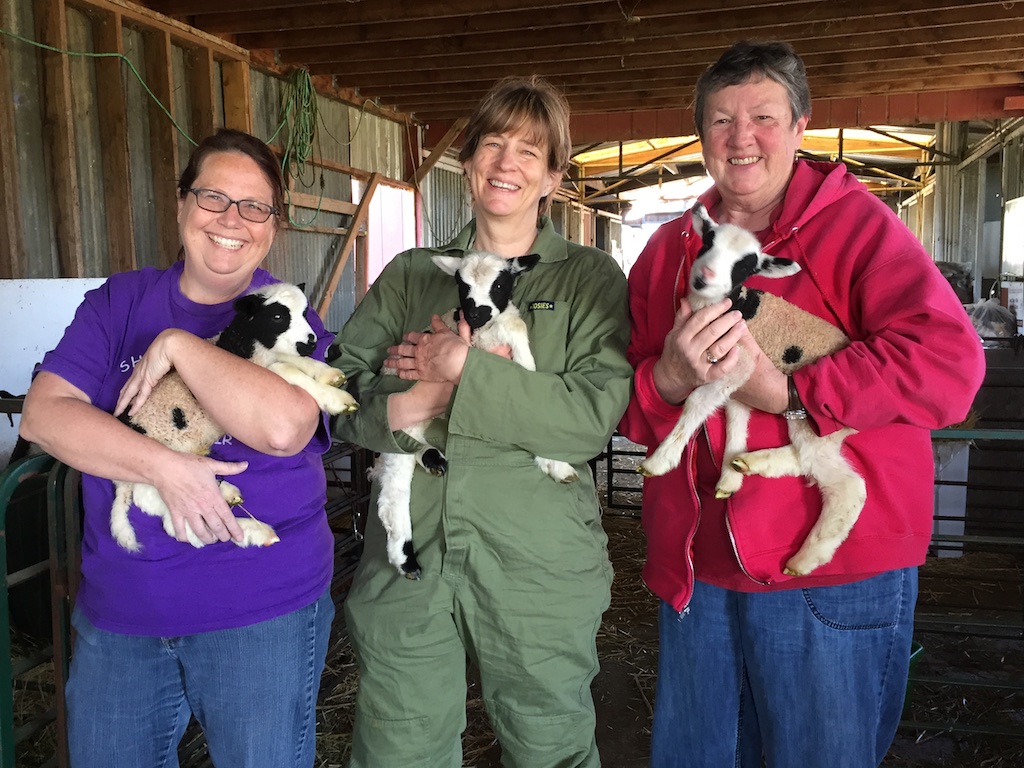
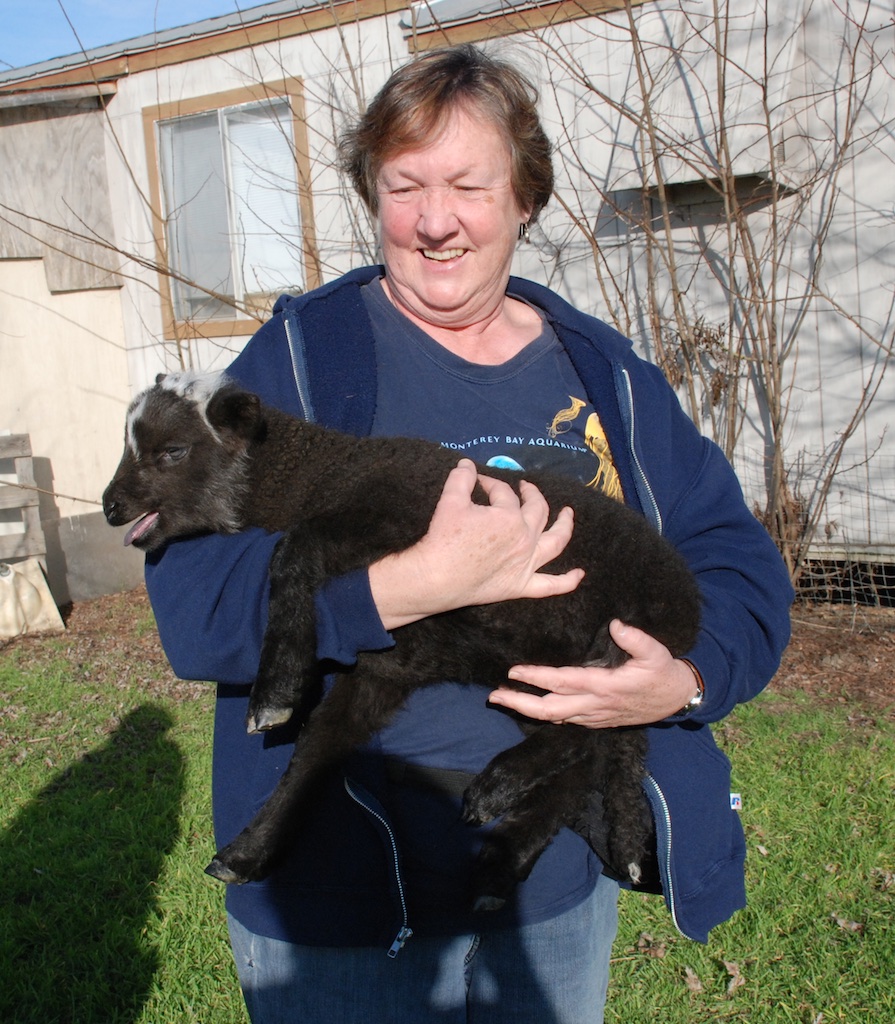
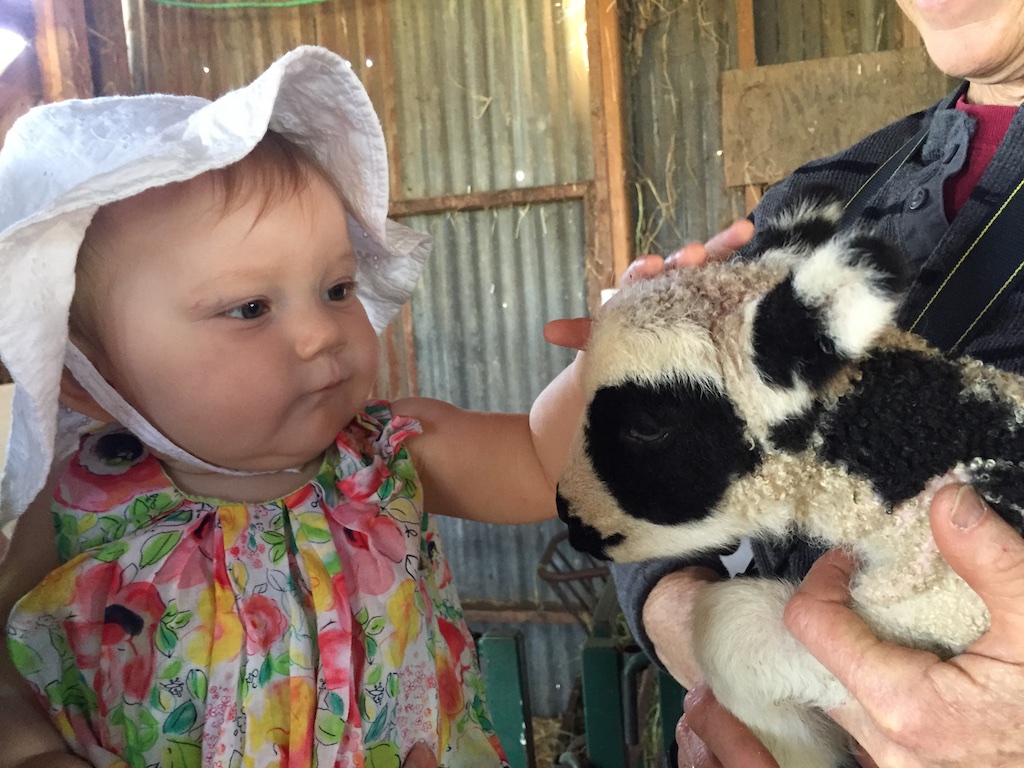





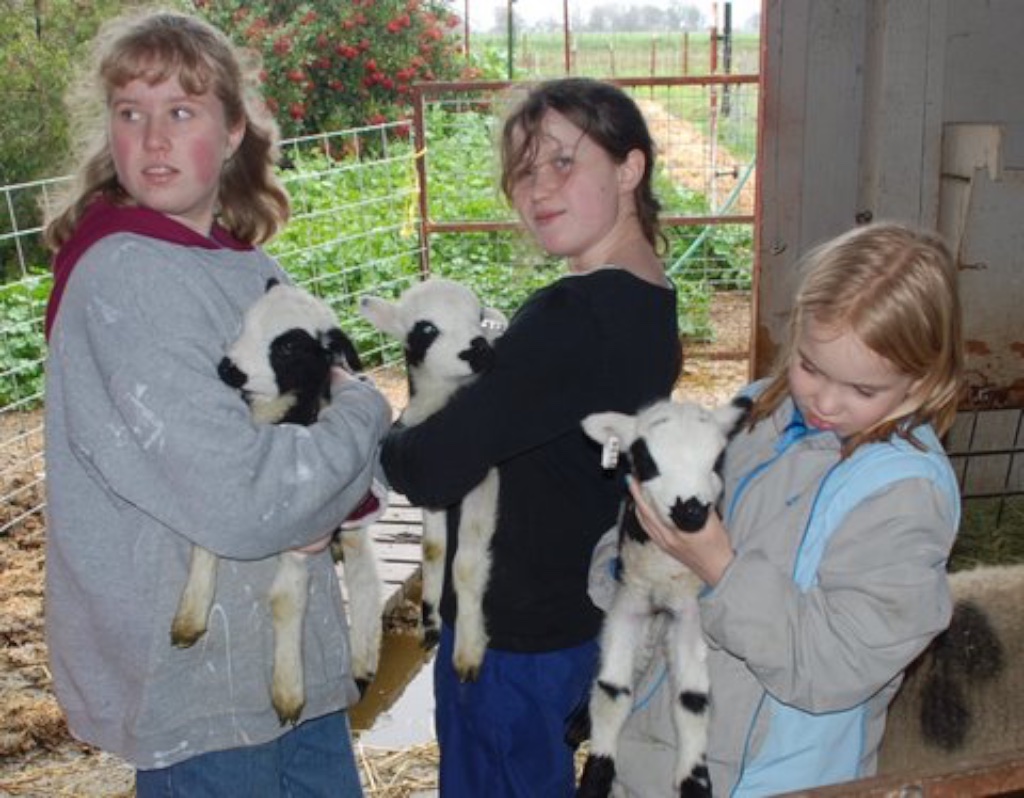
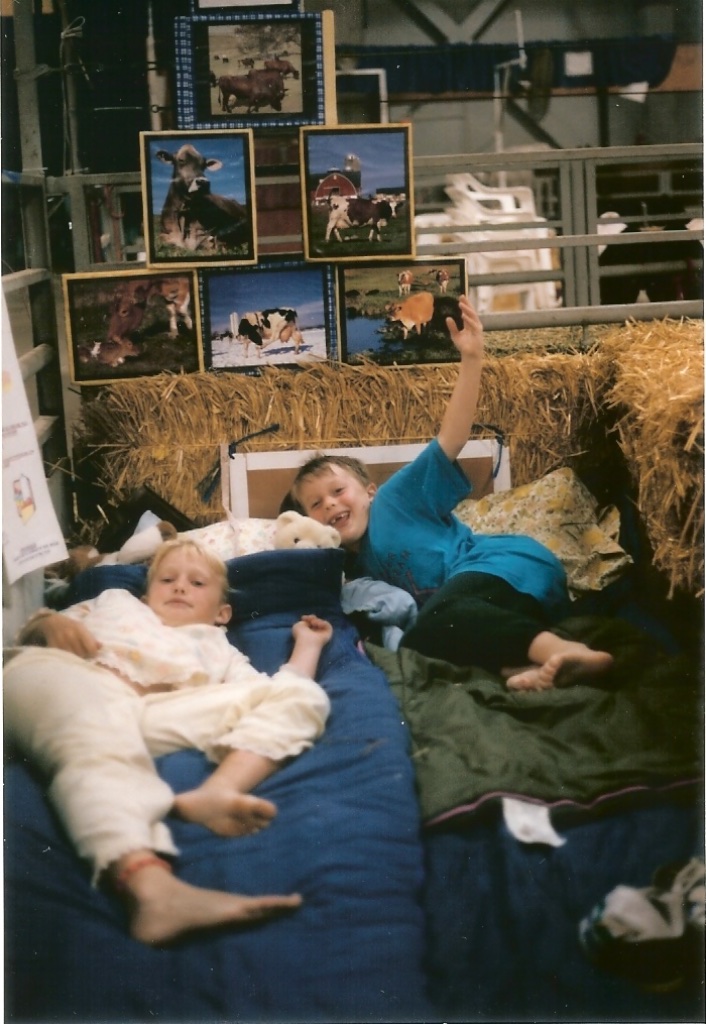





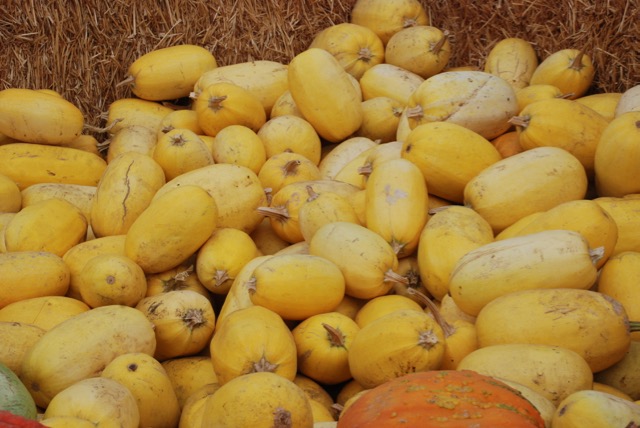
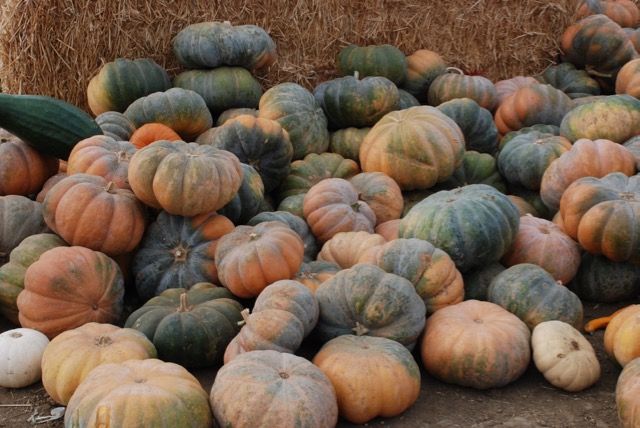




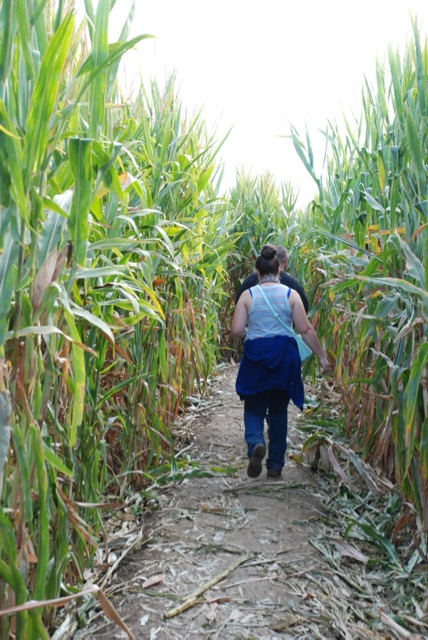
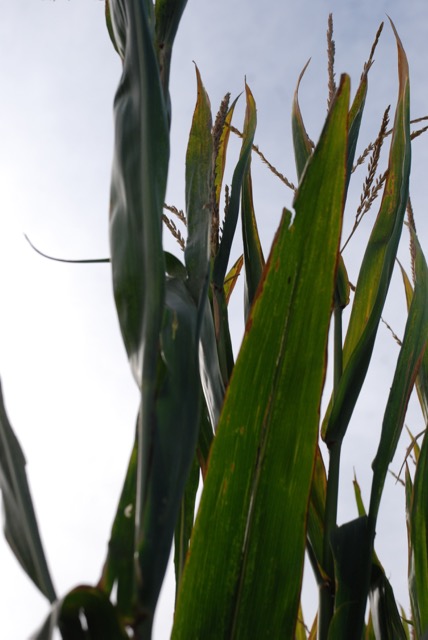





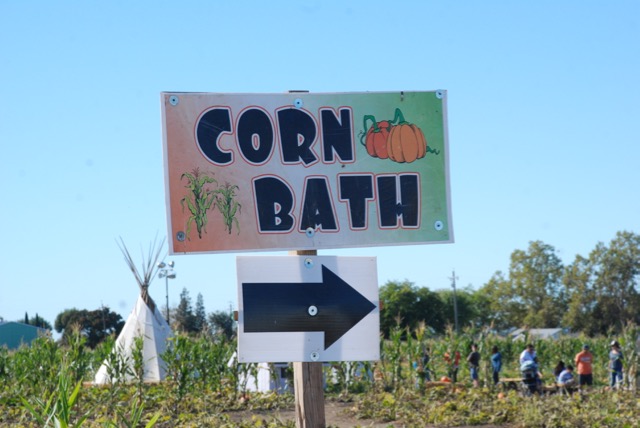

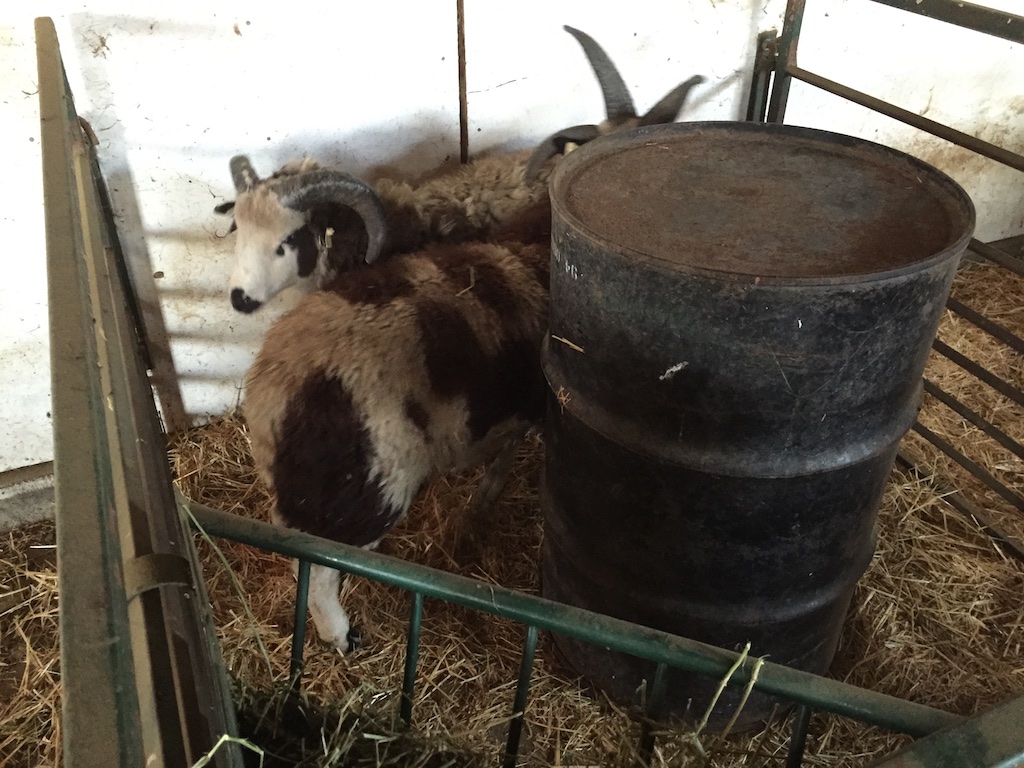
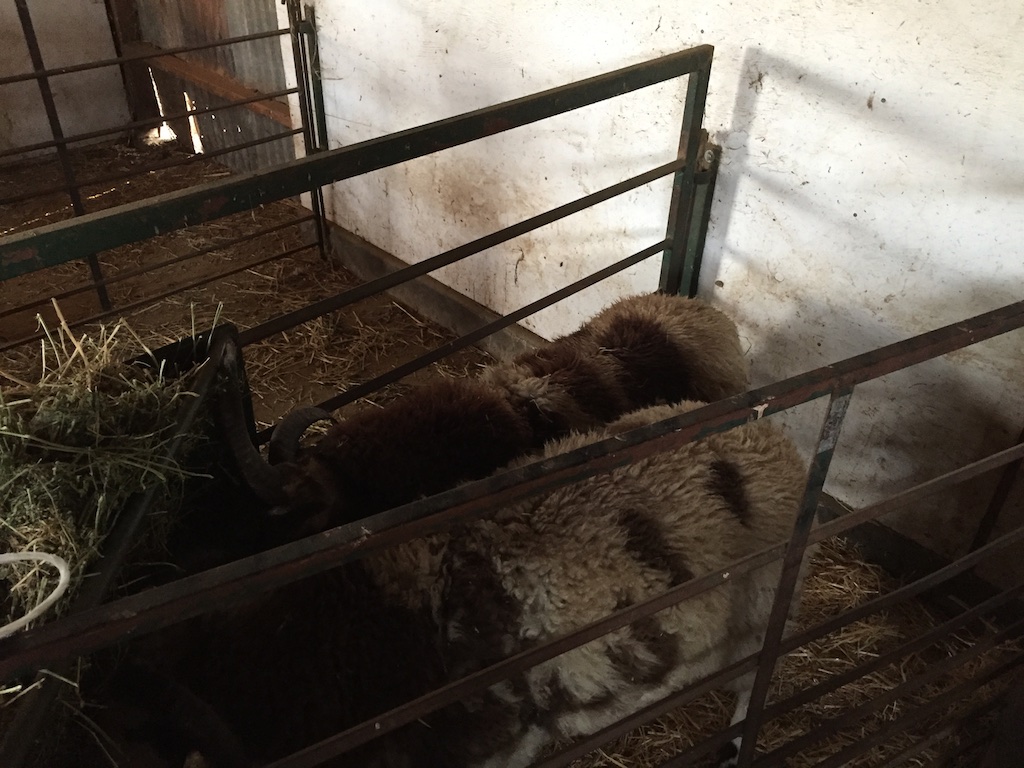
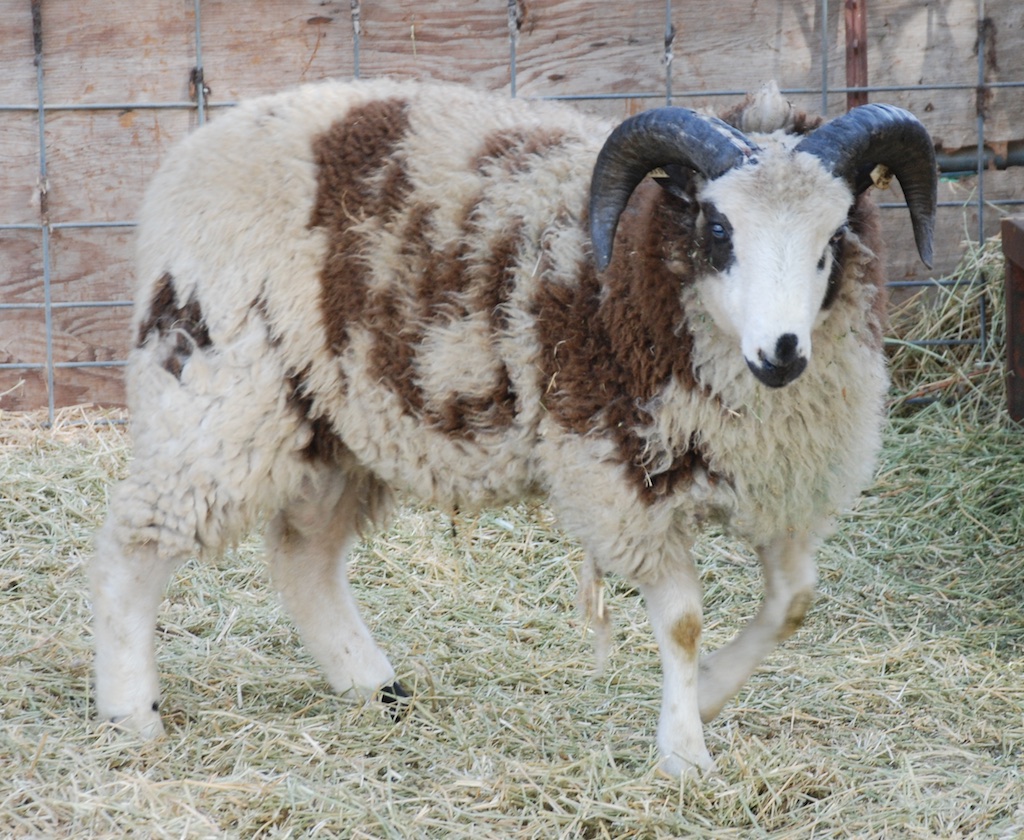 Now they are back in the ram pen and best buddies. This is one of the photos I will send in for Nash's registration.
Now they are back in the ram pen and best buddies. This is one of the photos I will send in for Nash's registration.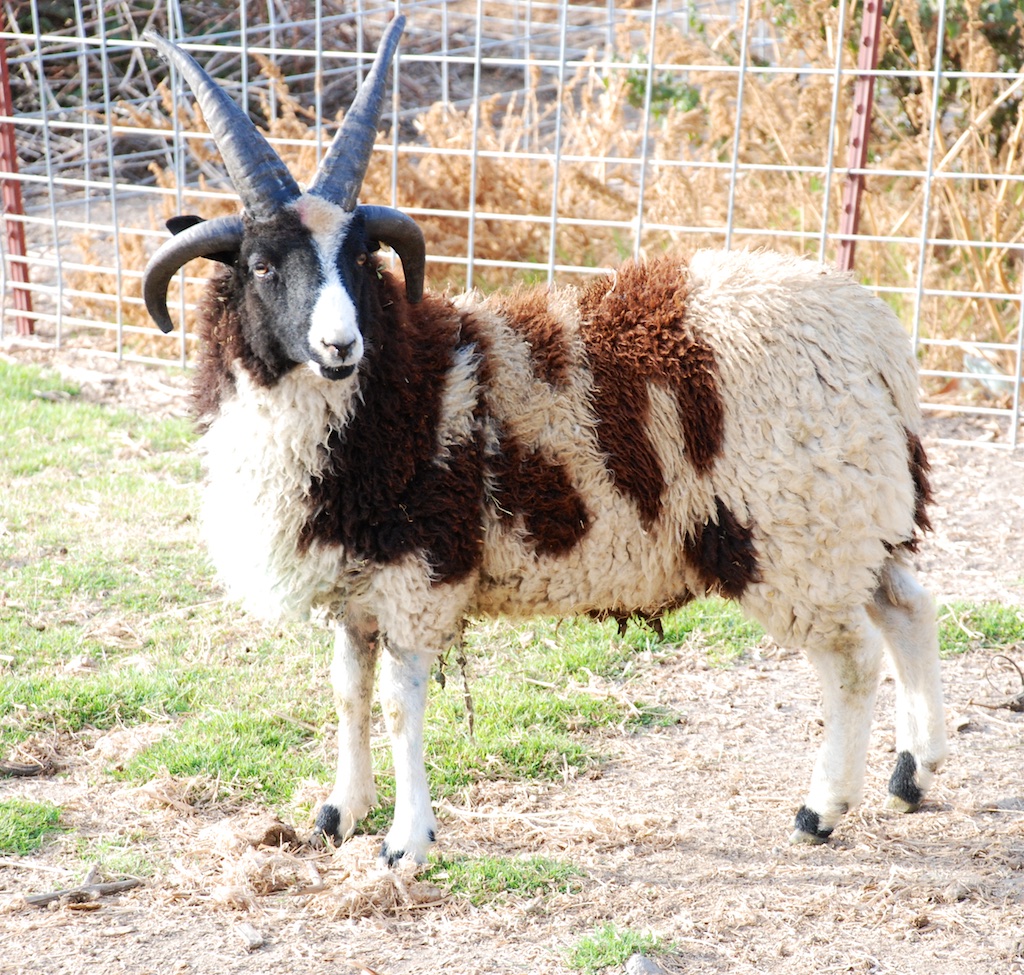 This is Rotor. Both are only 7 months old.
This is Rotor. Both are only 7 months old.
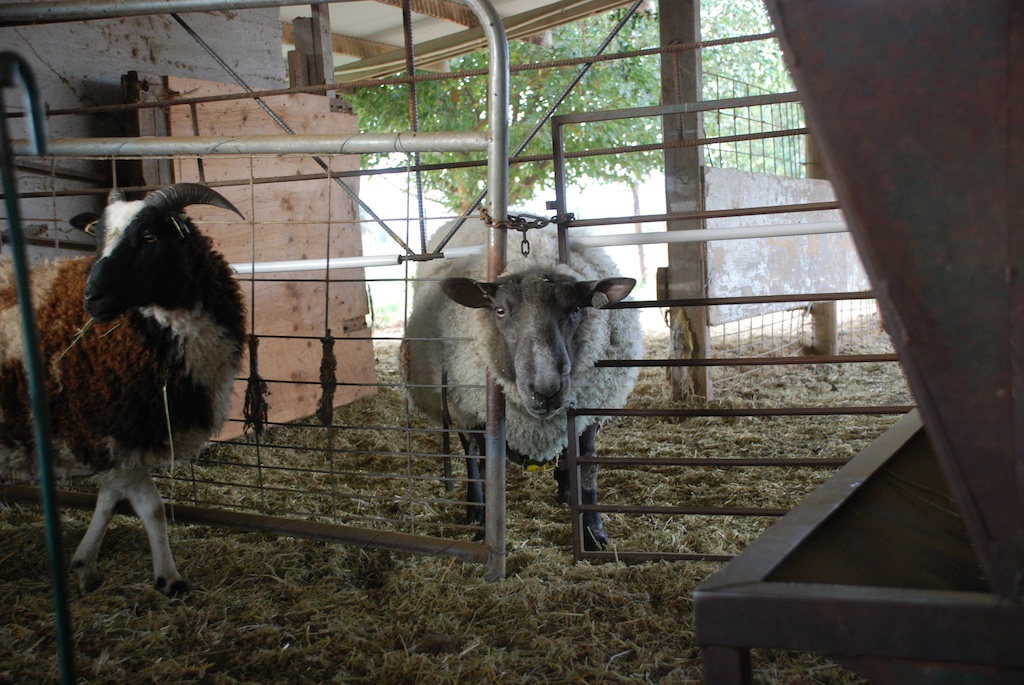
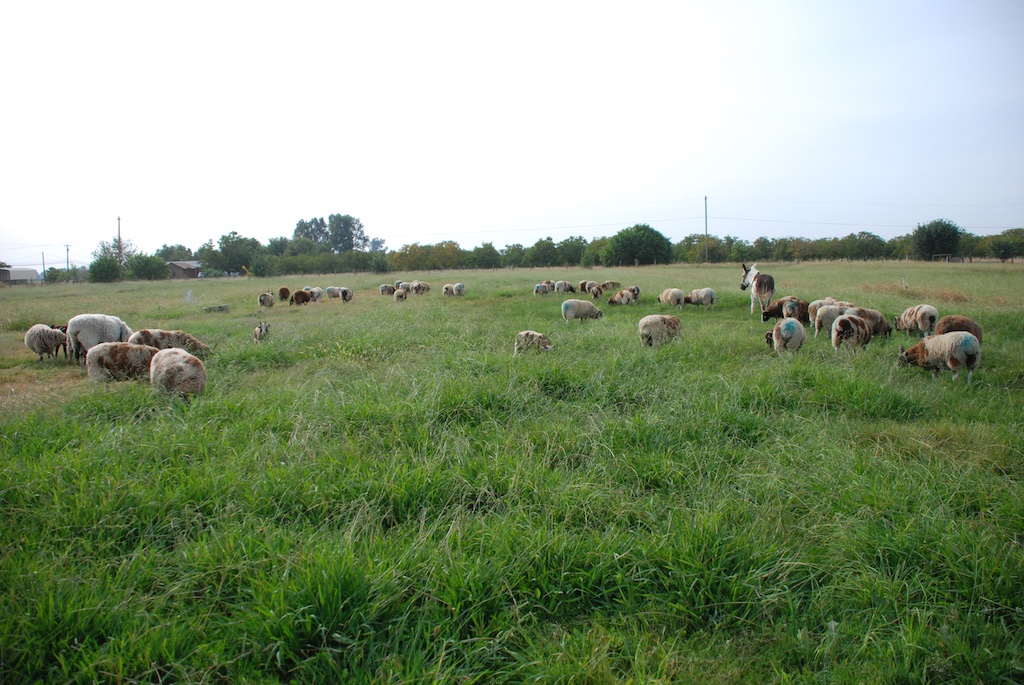

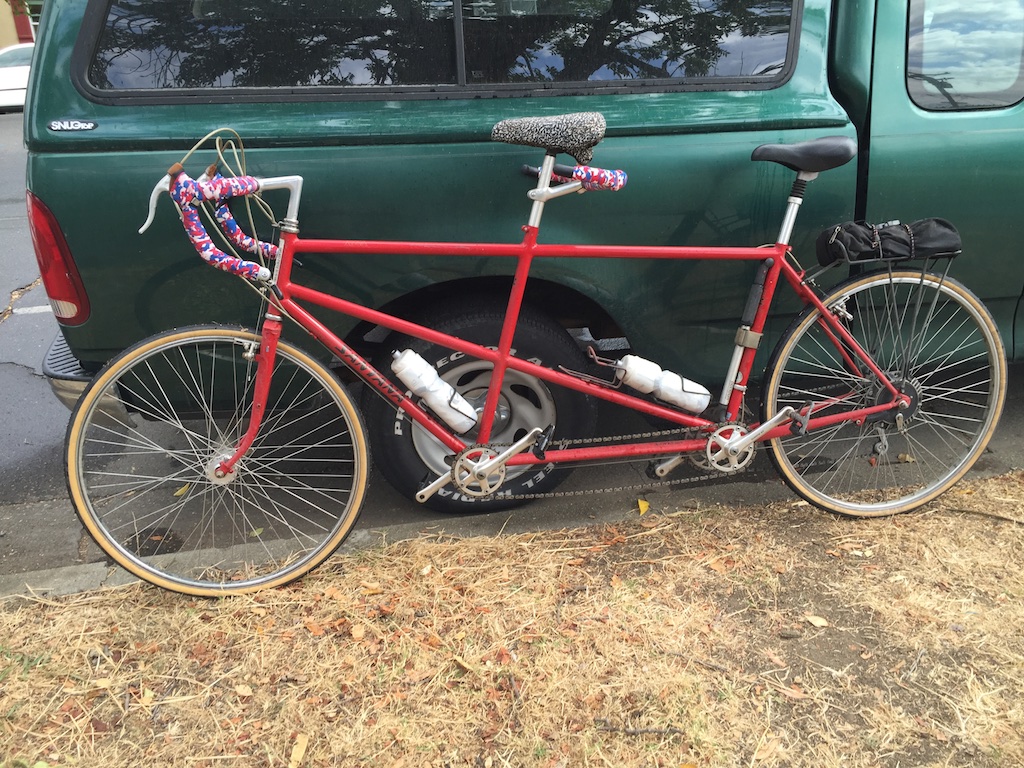


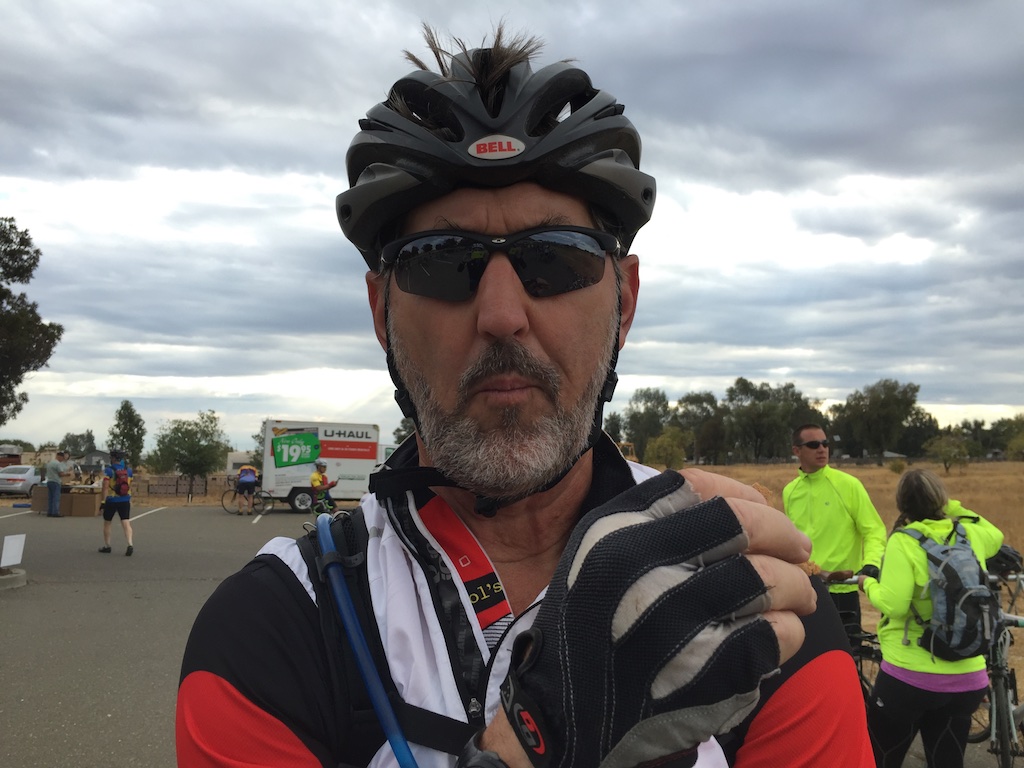
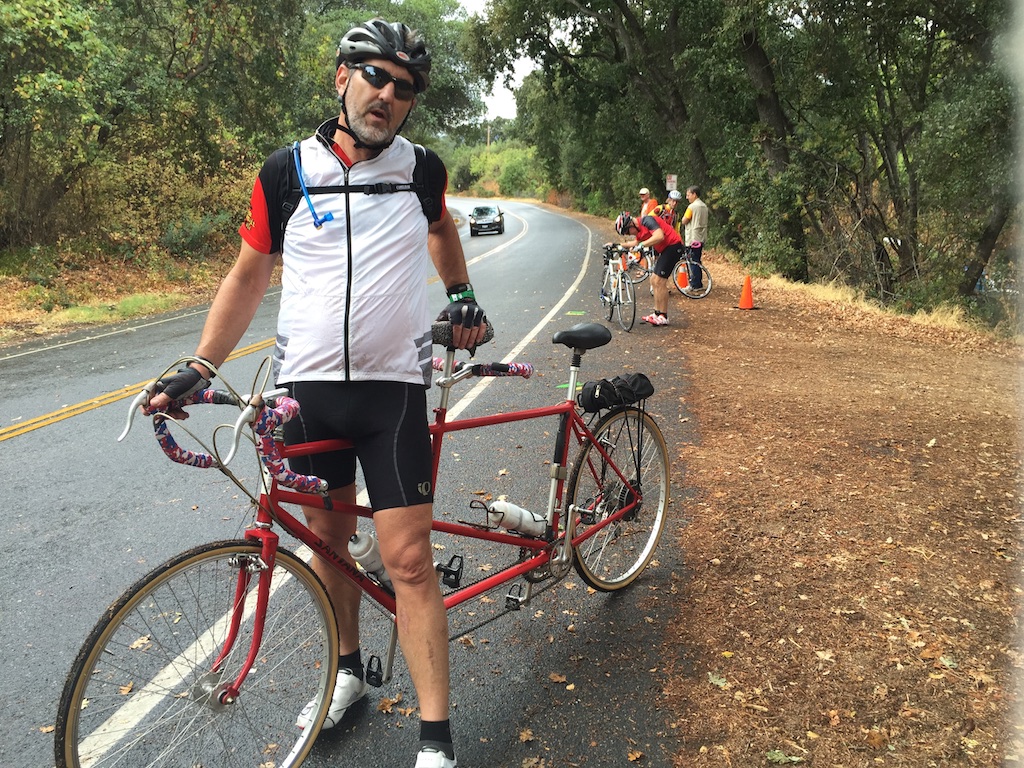
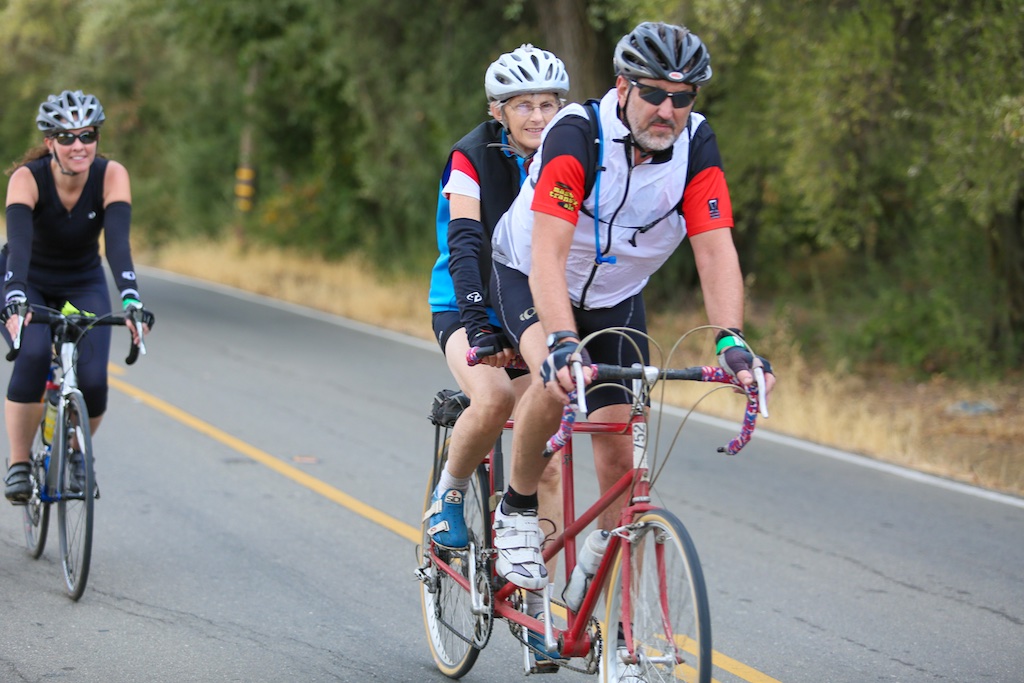








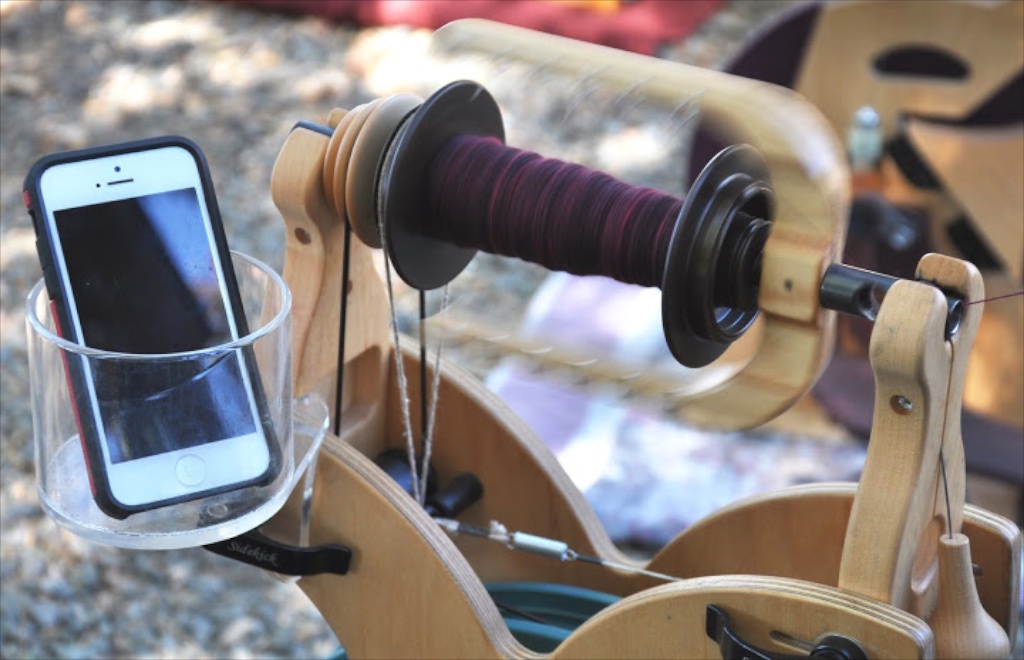











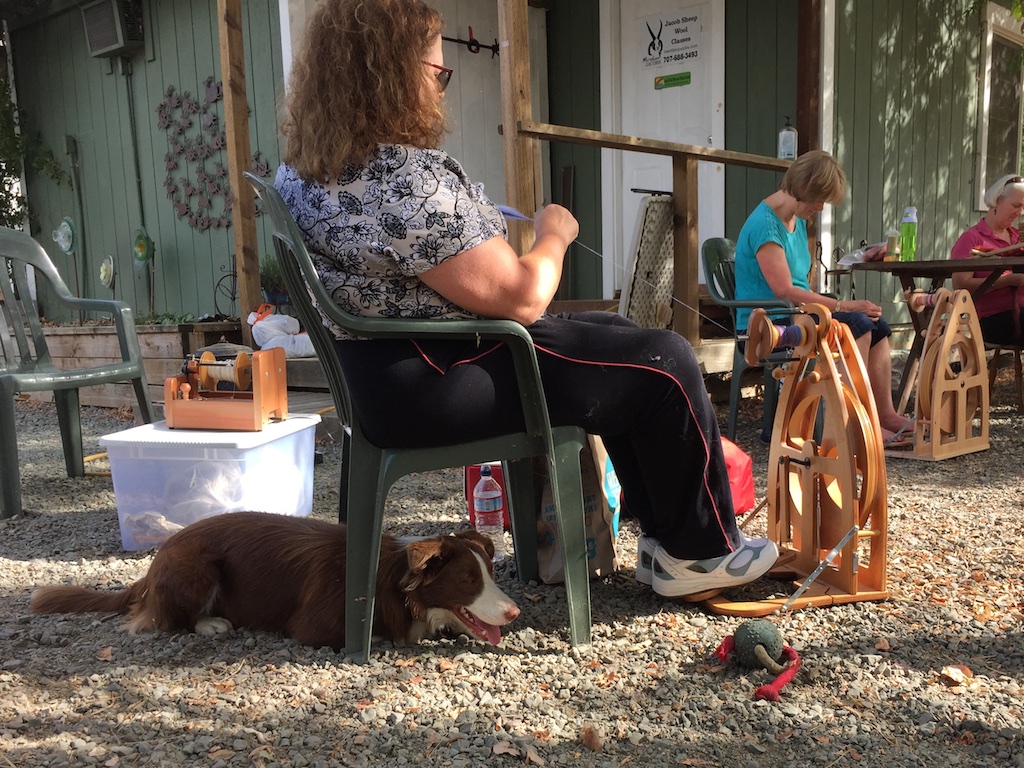
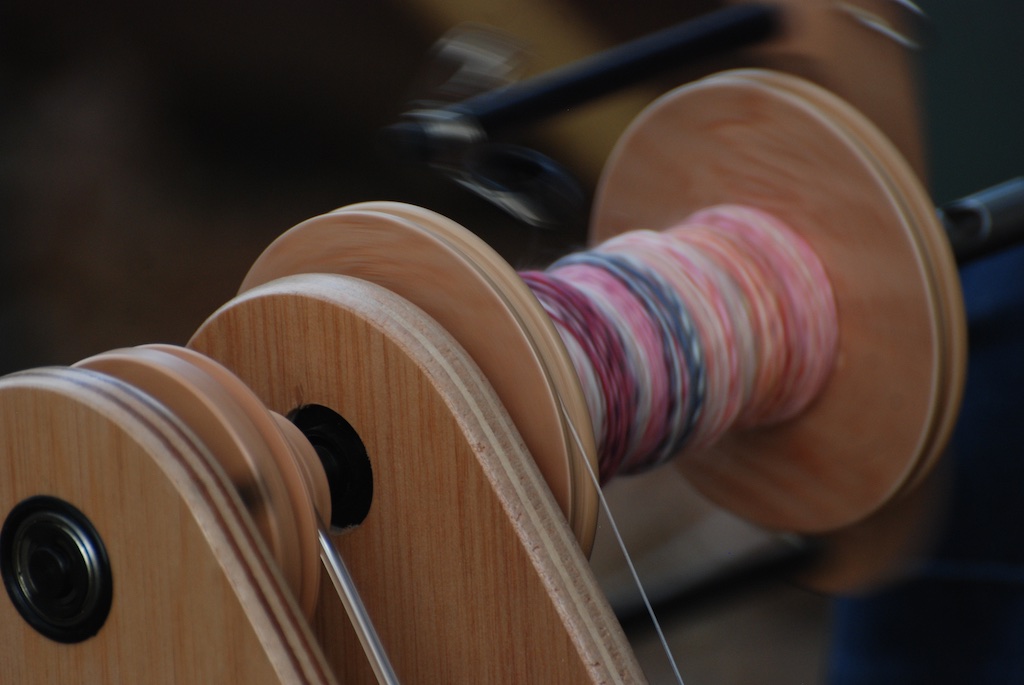

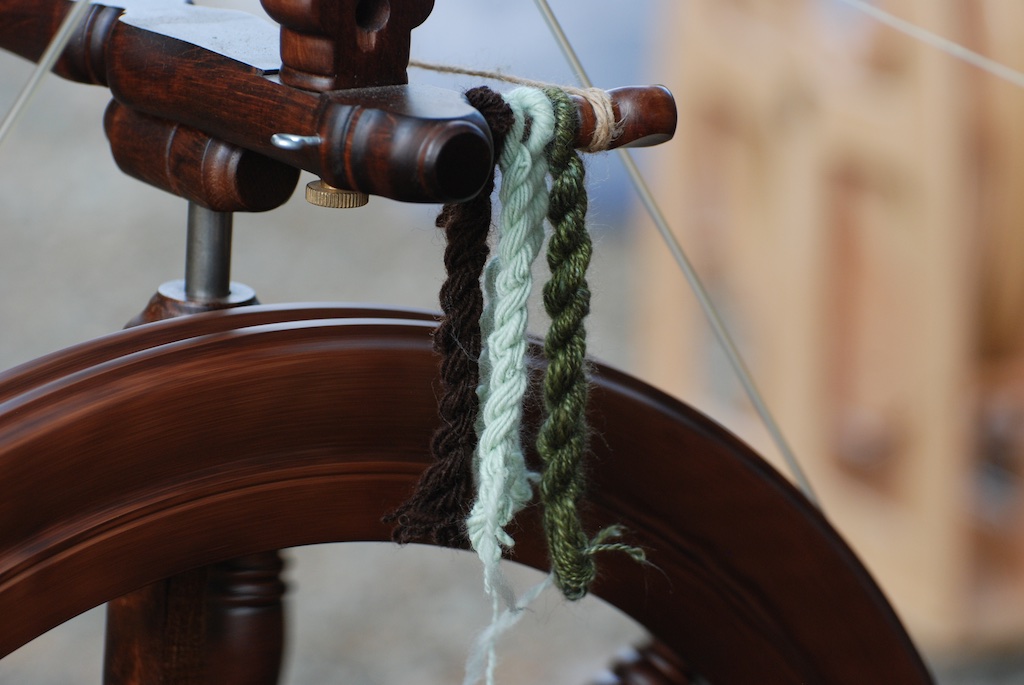
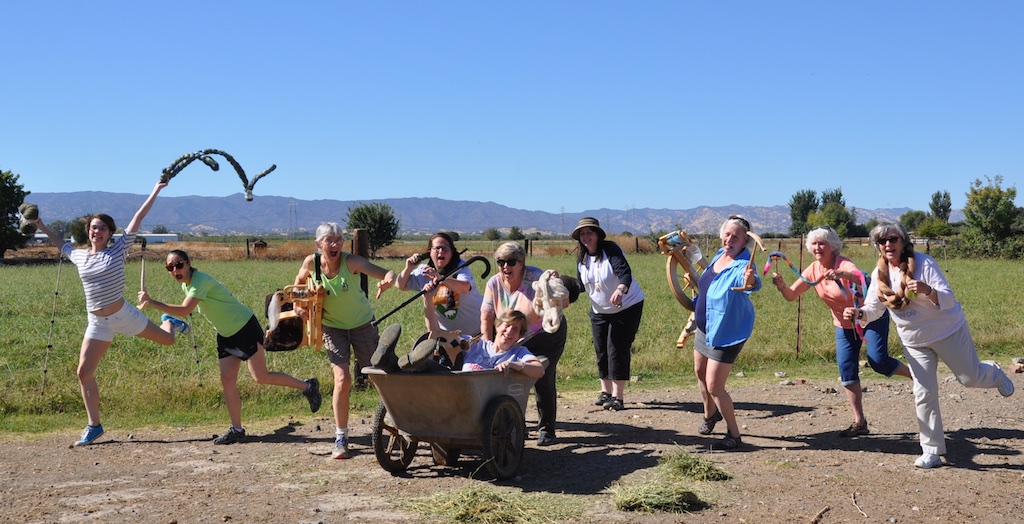
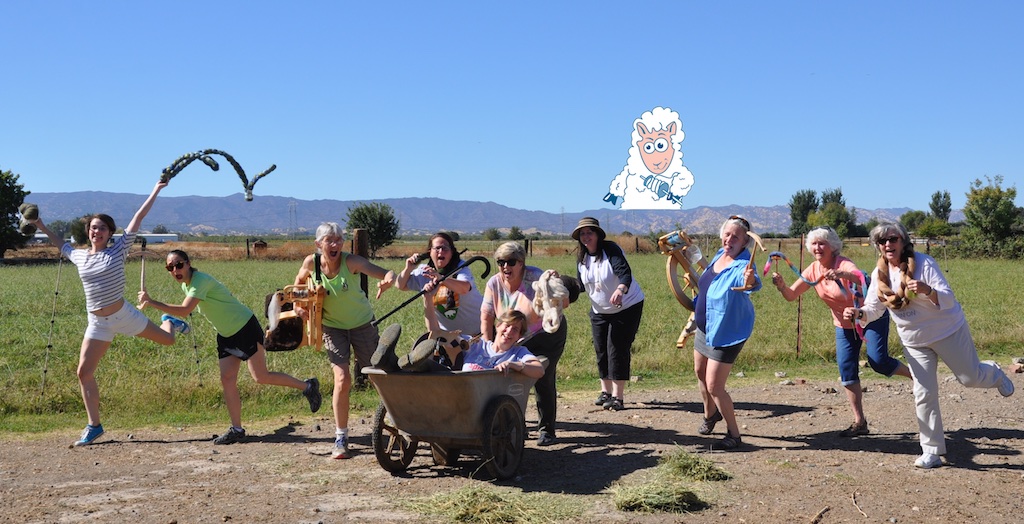
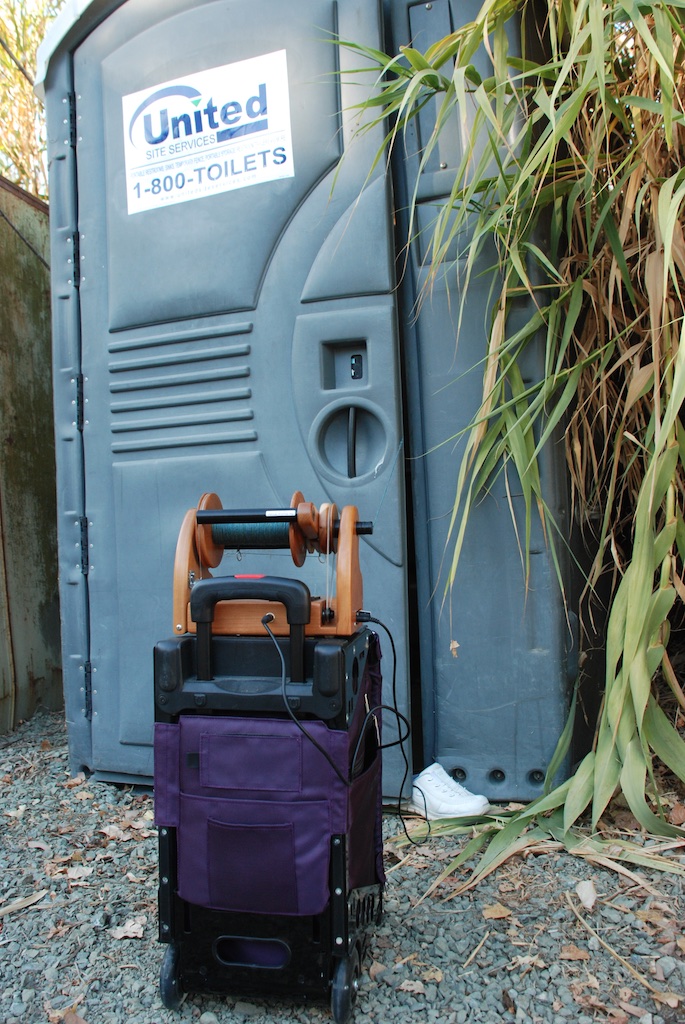

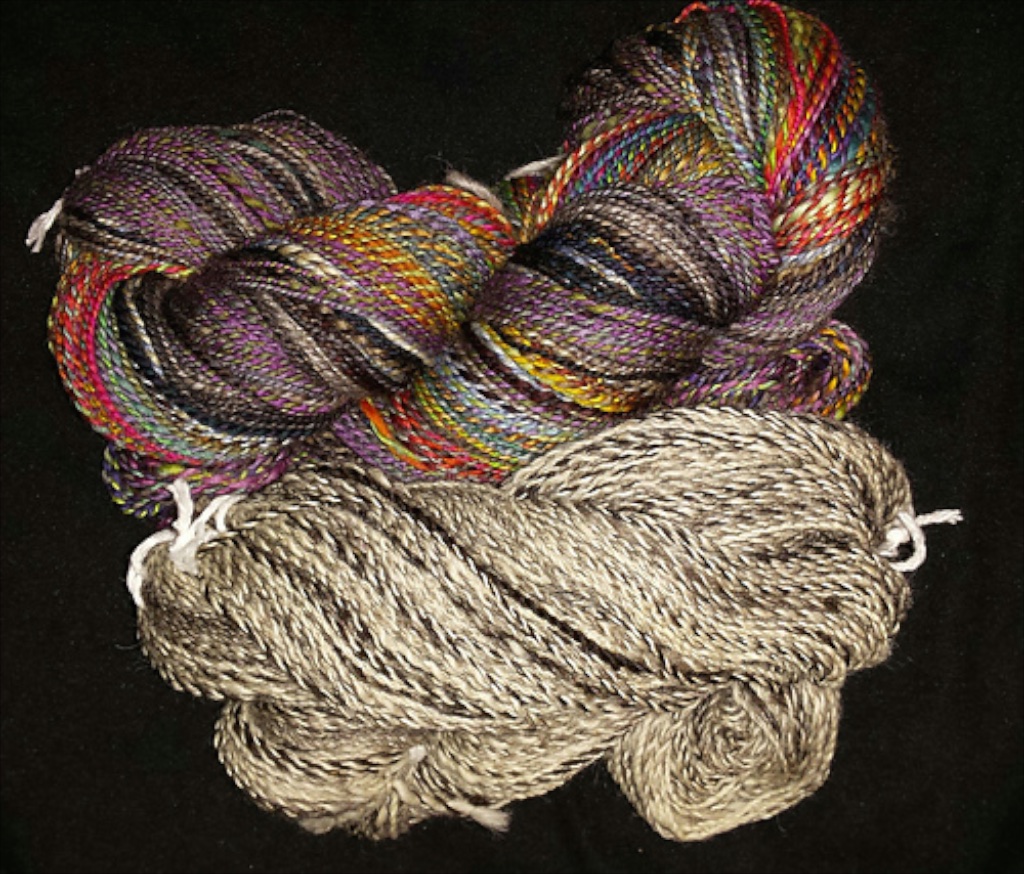




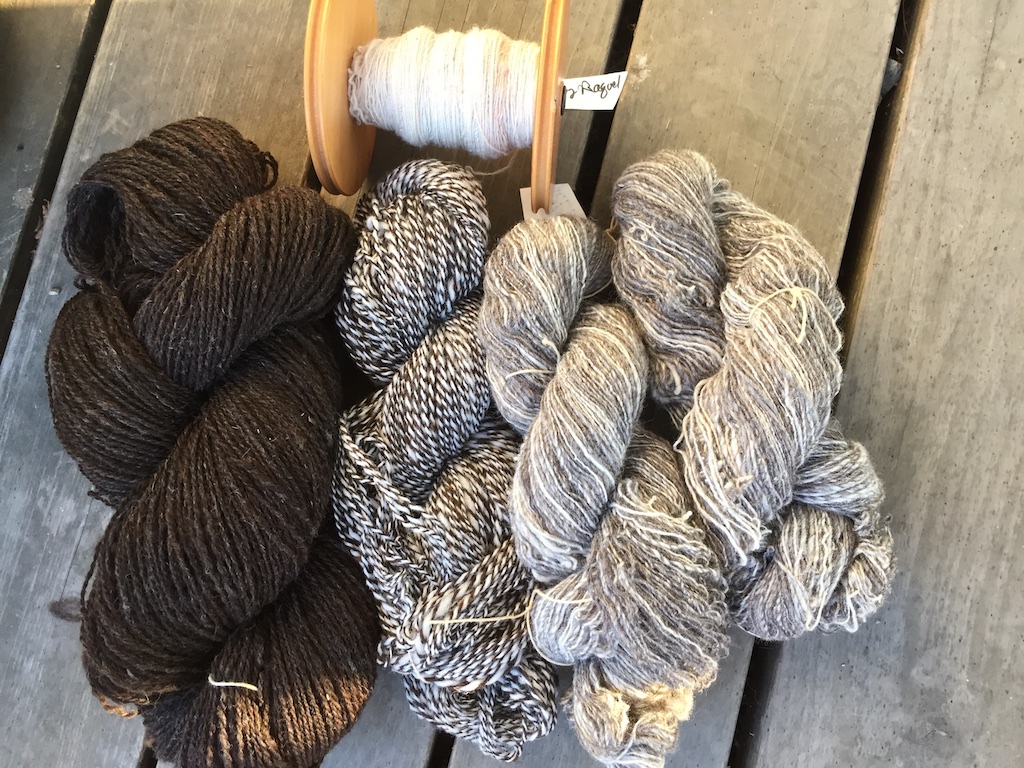
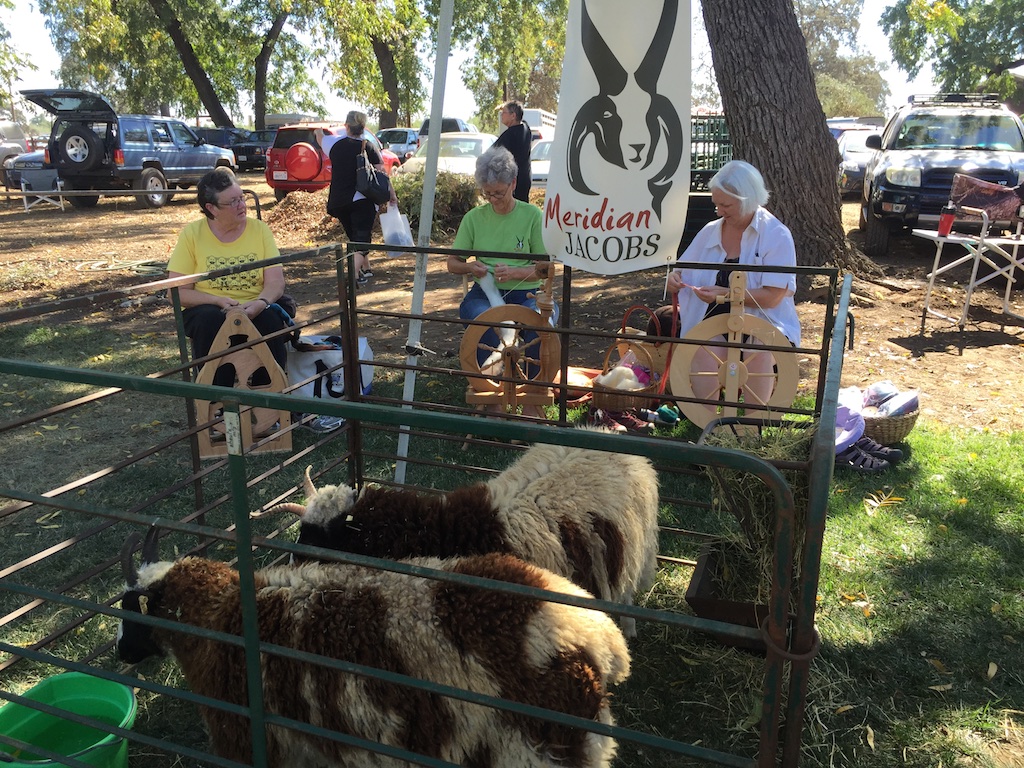 I had not planned to be a vendor here. Instead I was scheduled for a talk about the fiber business. I brought a couple of sheep and fiber, yarn, buttons, and lambskins. Some of Team Meridian Jacobs made the two hour drive here to spin together.
I had not planned to be a vendor here. Instead I was scheduled for a talk about the fiber business. I brought a couple of sheep and fiber, yarn, buttons, and lambskins. Some of Team Meridian Jacobs made the two hour drive here to spin together.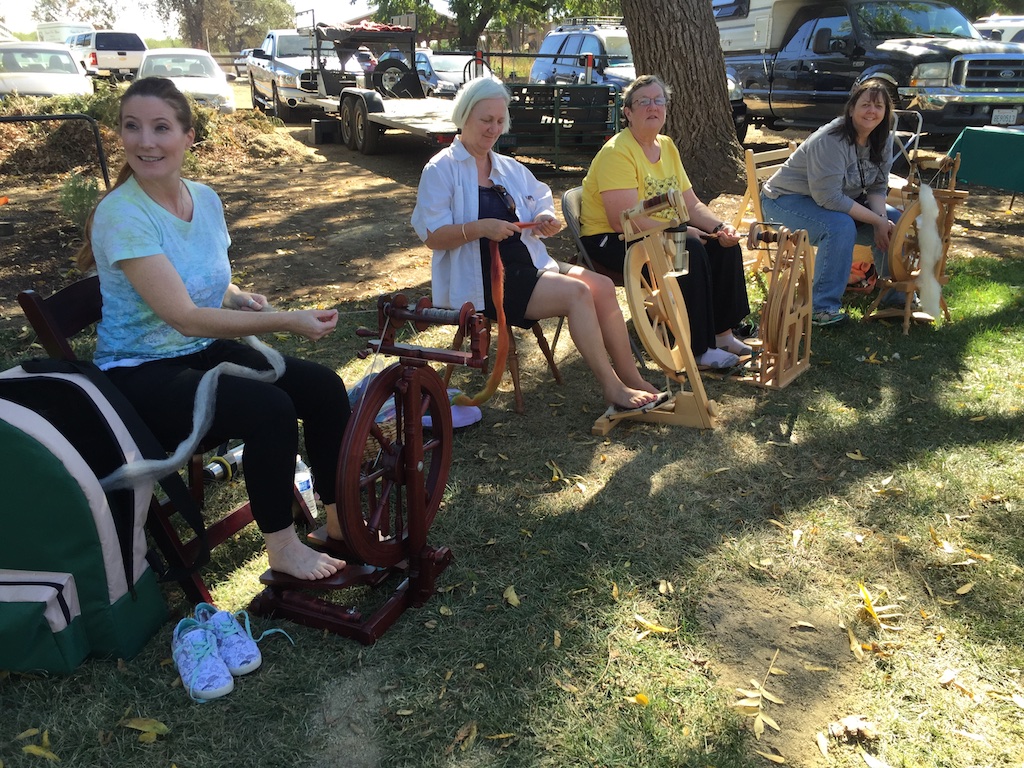
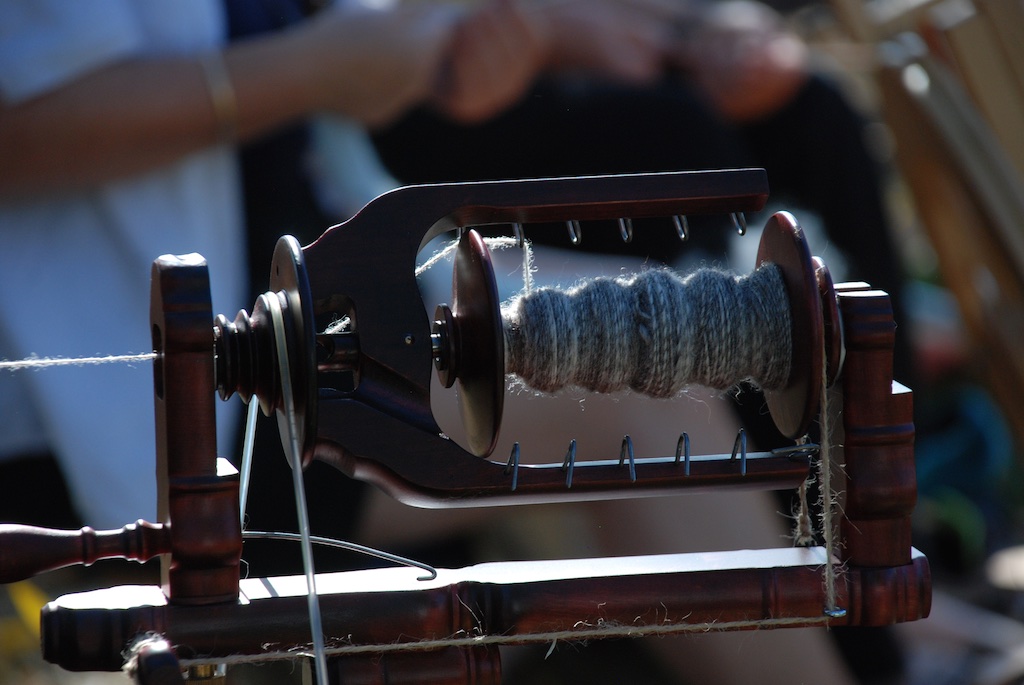
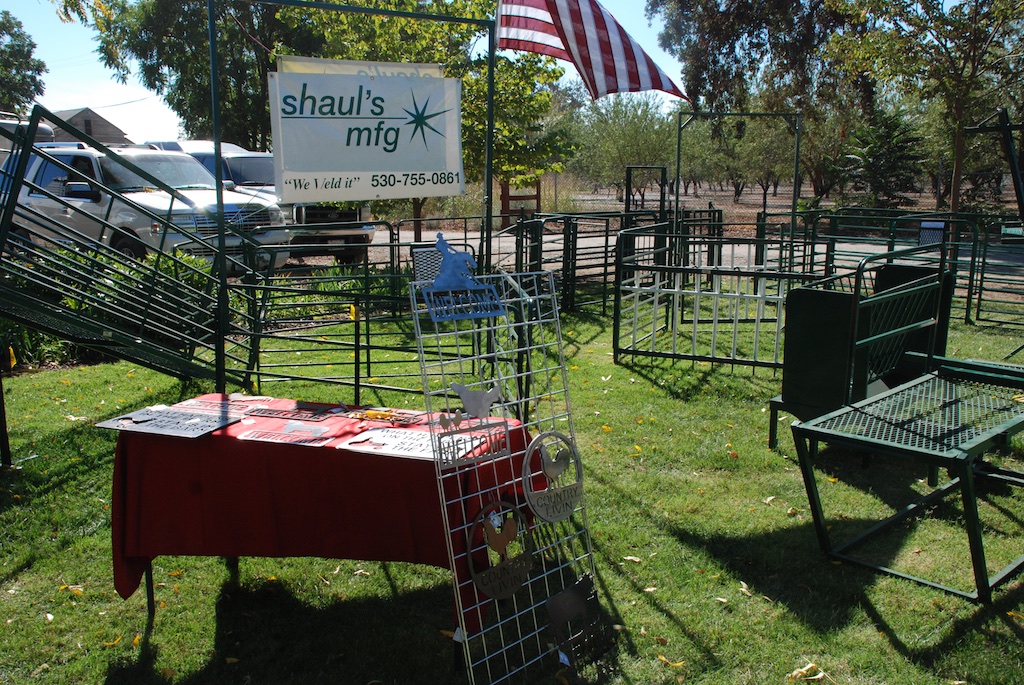 Our neighbors on one side were Shaul's, who make all the panels and feeders that I use in the barn. I brought a few more pieces home with me.
Our neighbors on one side were Shaul's, who make all the panels and feeders that I use in the barn. I brought a few more pieces home with me.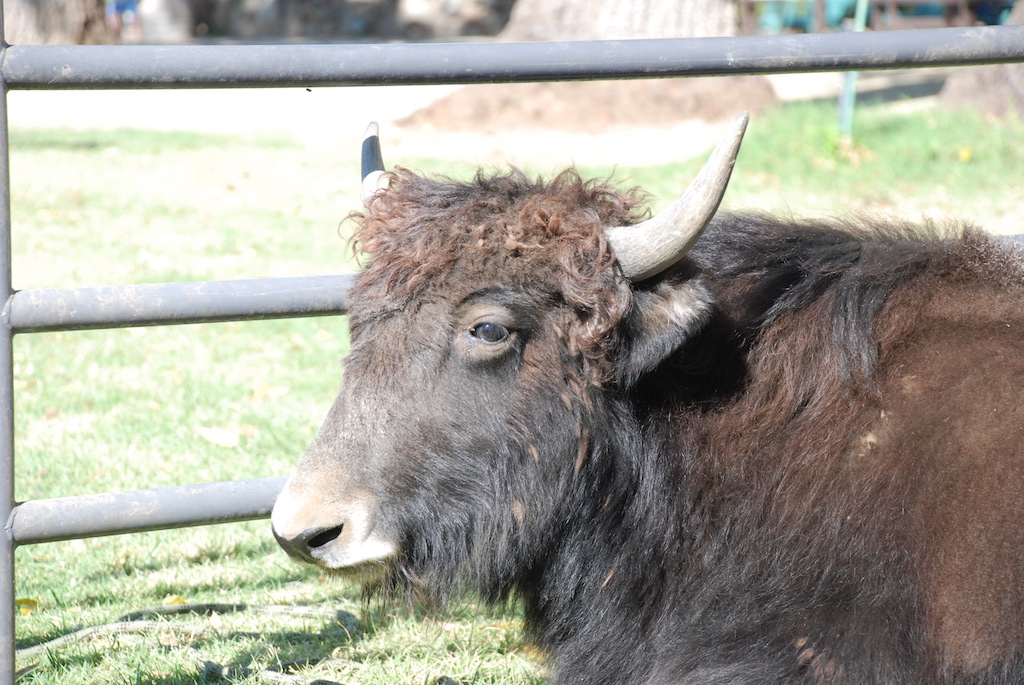


 You can't make out the geese in these but here is the view with my other camera:
You can't make out the geese in these but here is the view with my other camera: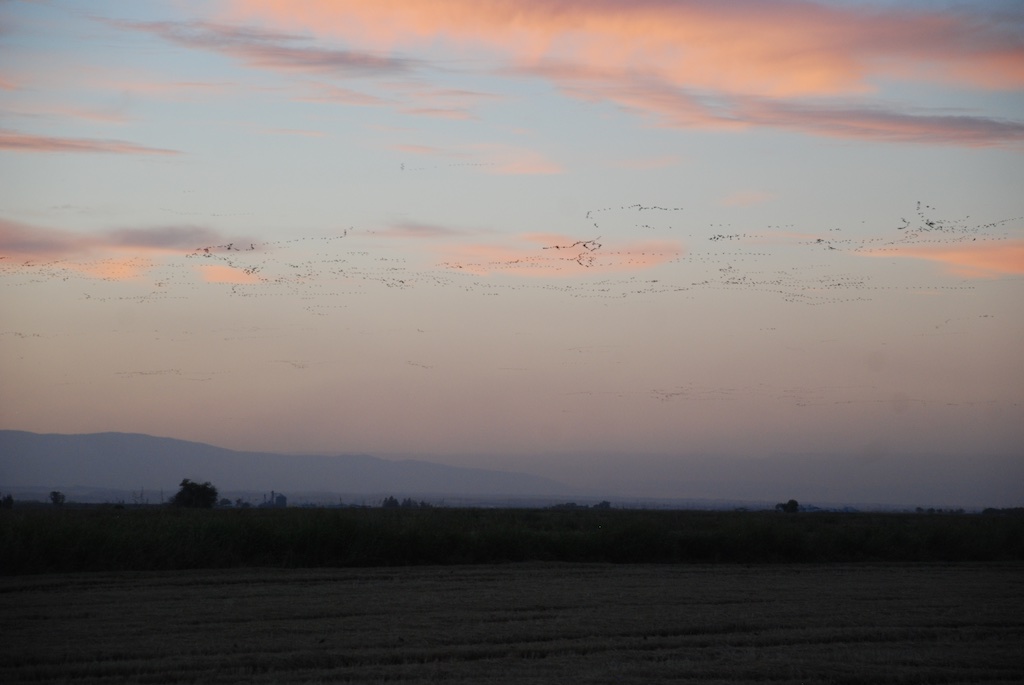 These don't do the scene justice.
These don't do the scene justice.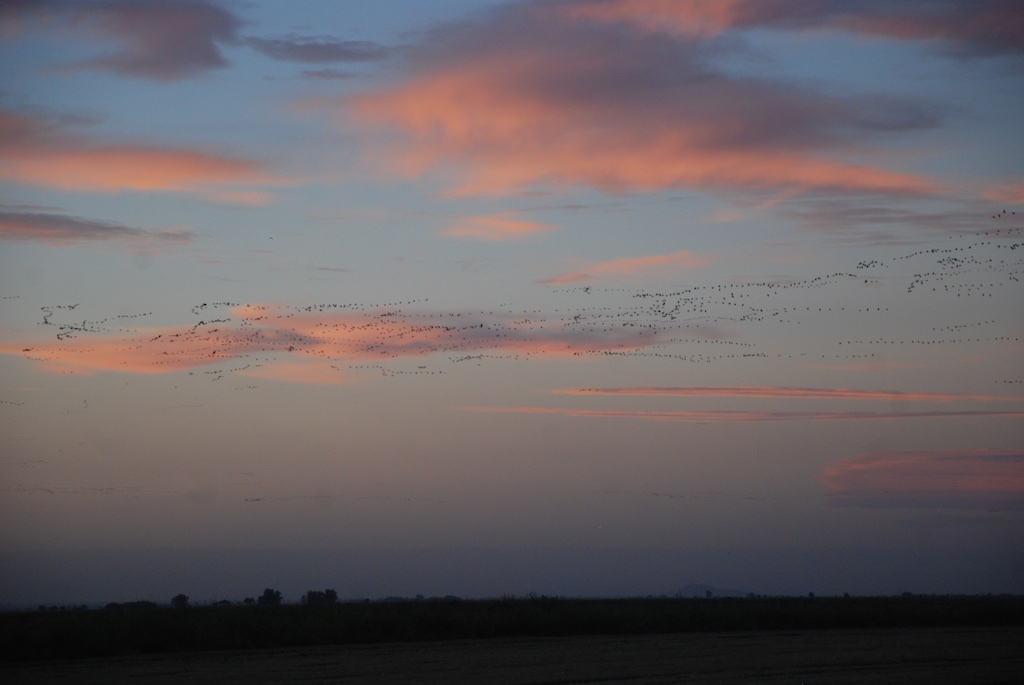
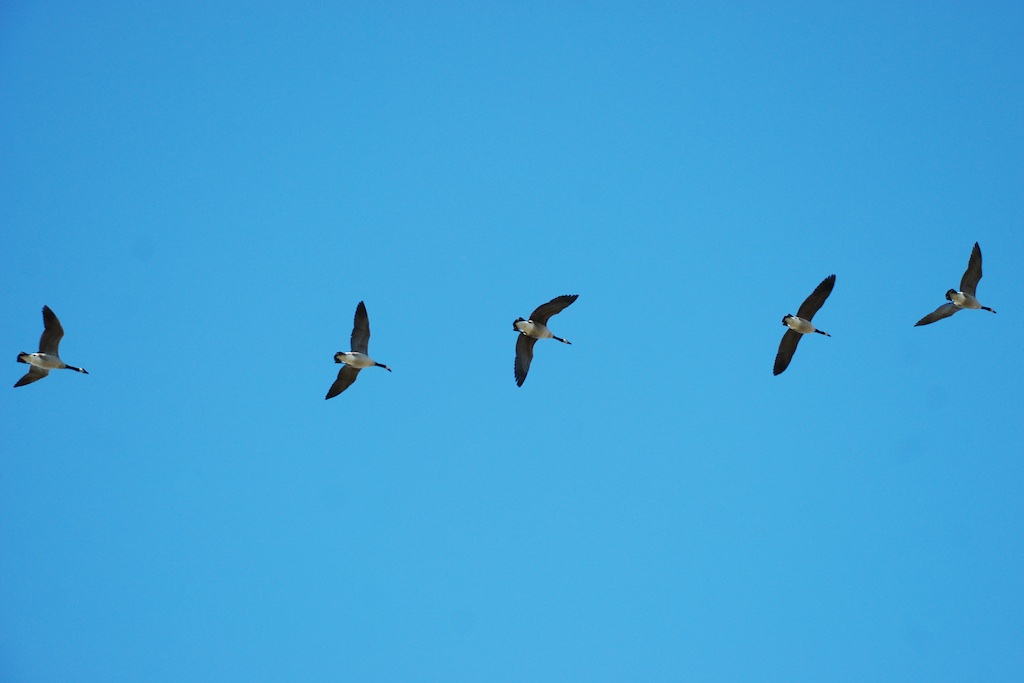
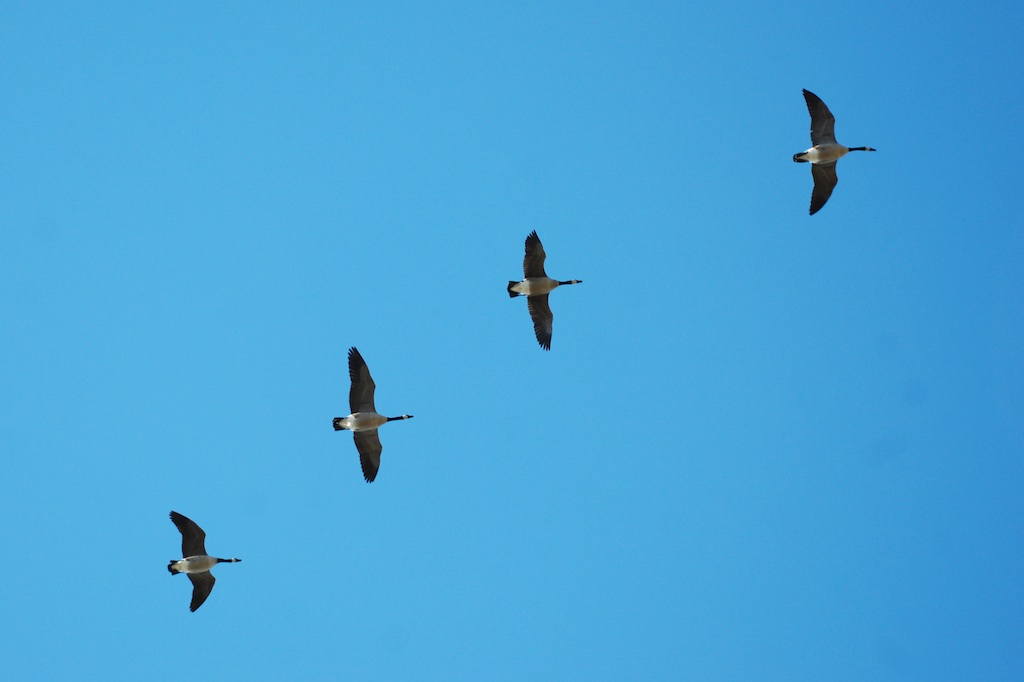


 Ringo got the most ewes so he had the pasture.
Ringo got the most ewes so he had the pasture.



 Saturday was the Grow Your Jeans event that was the culmination of over a year's planning and work by the
Saturday was the Grow Your Jeans event that was the culmination of over a year's planning and work by the 







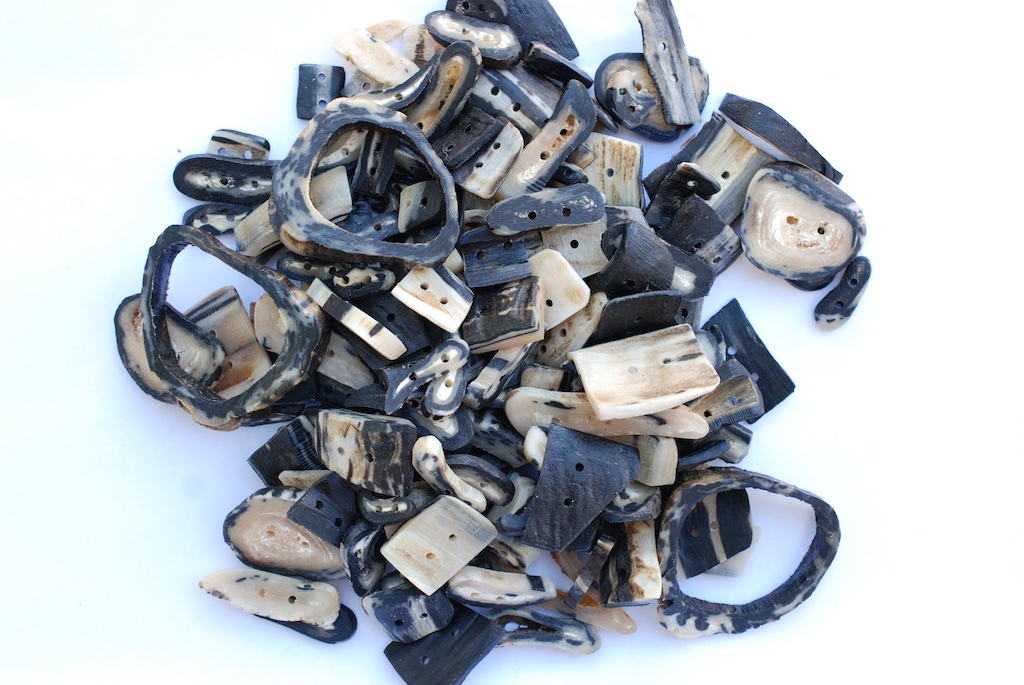
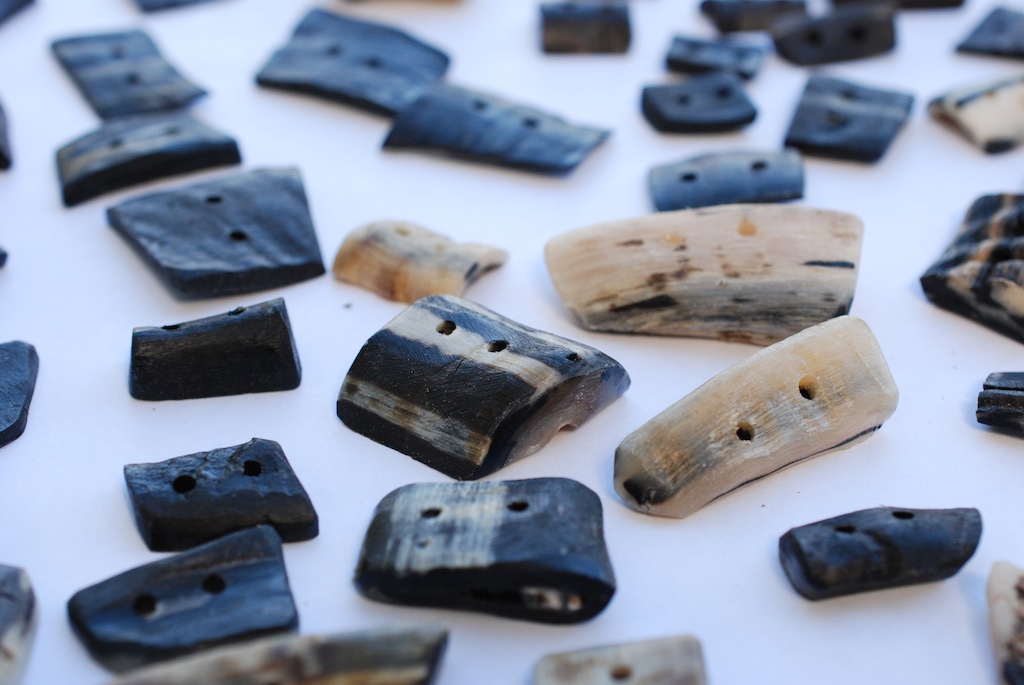
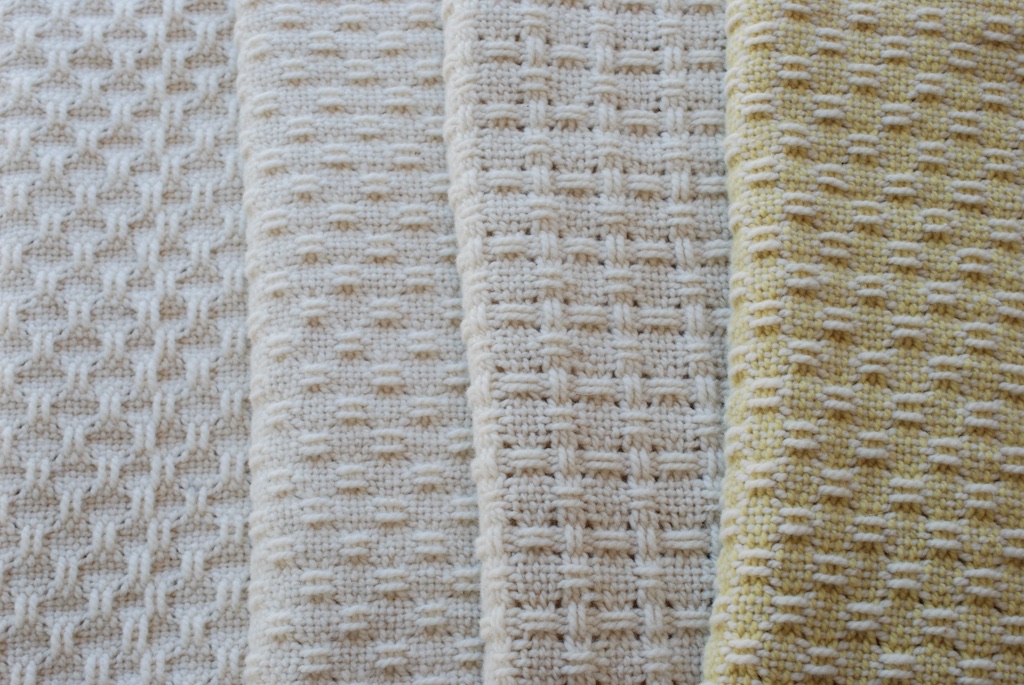
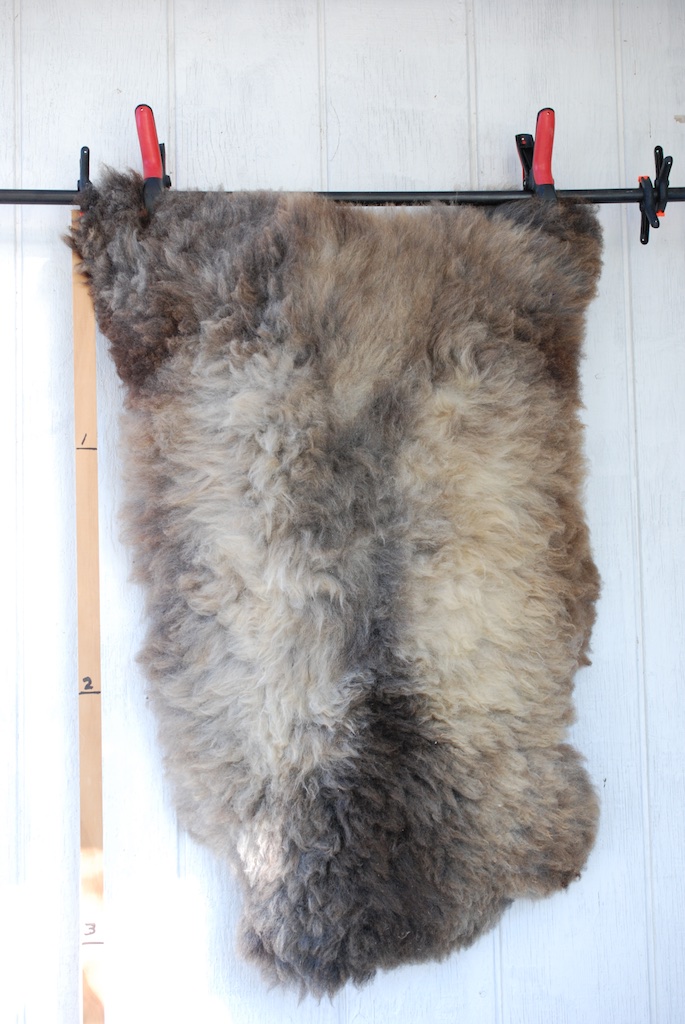




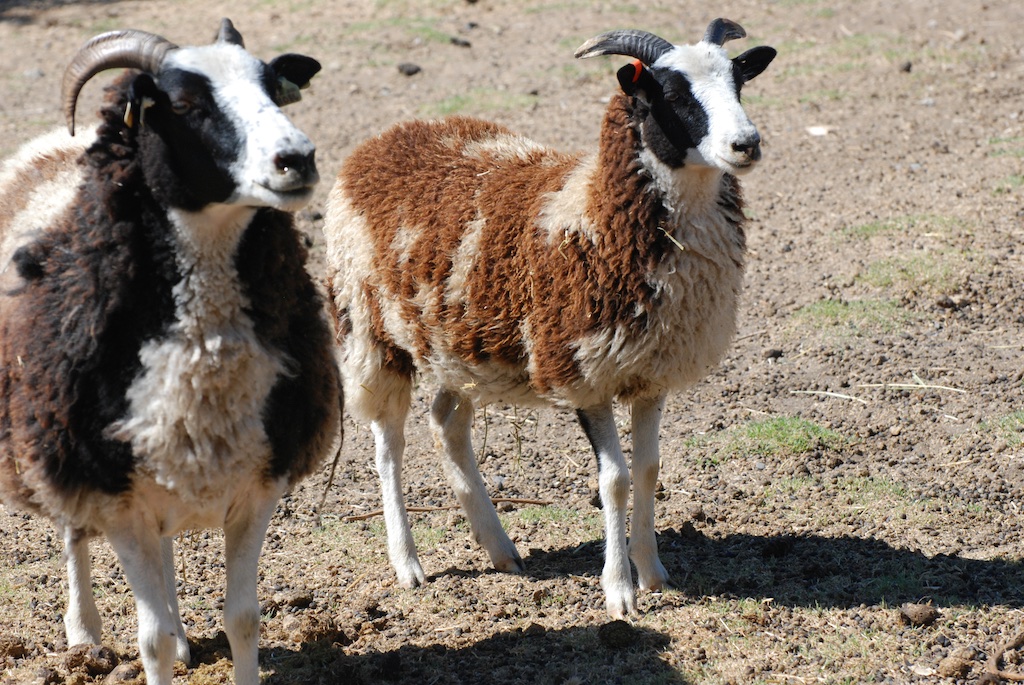






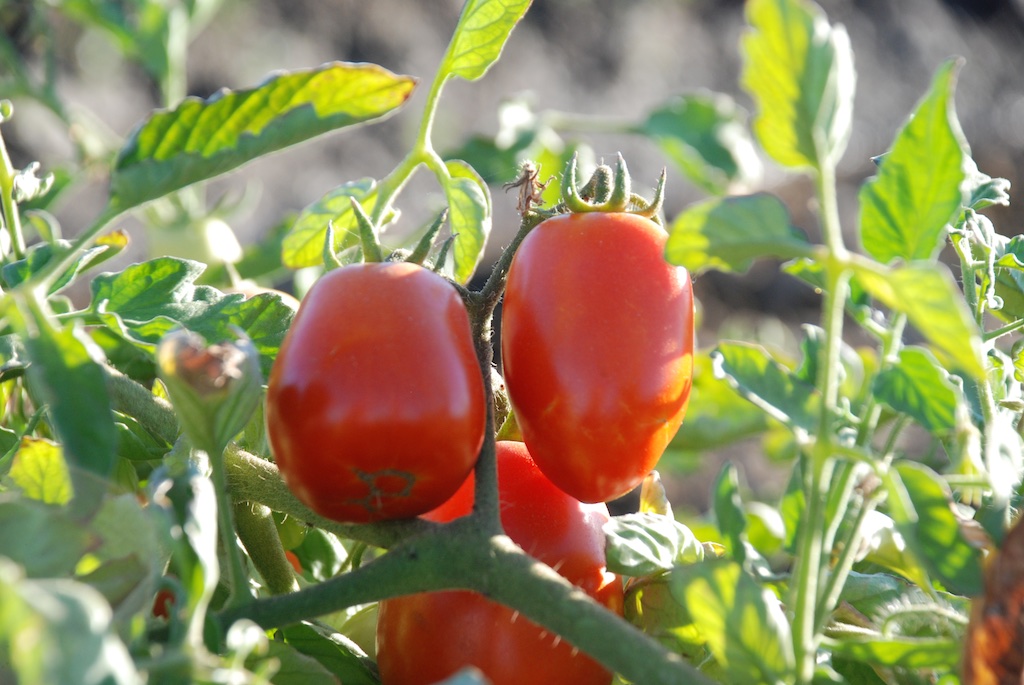
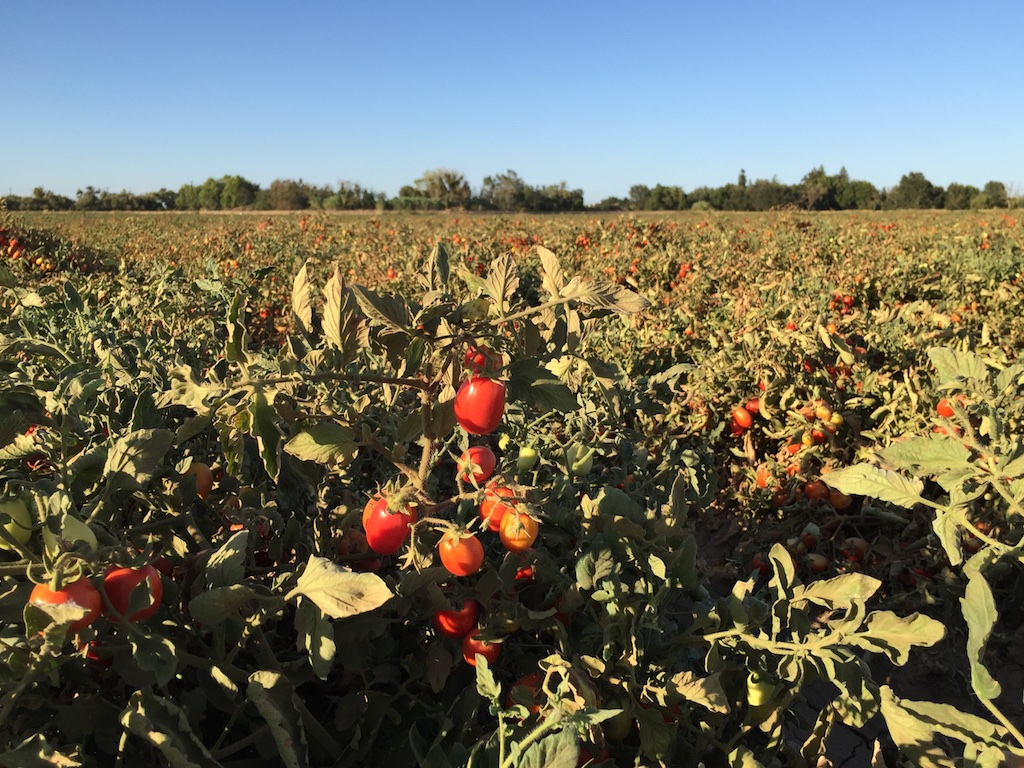
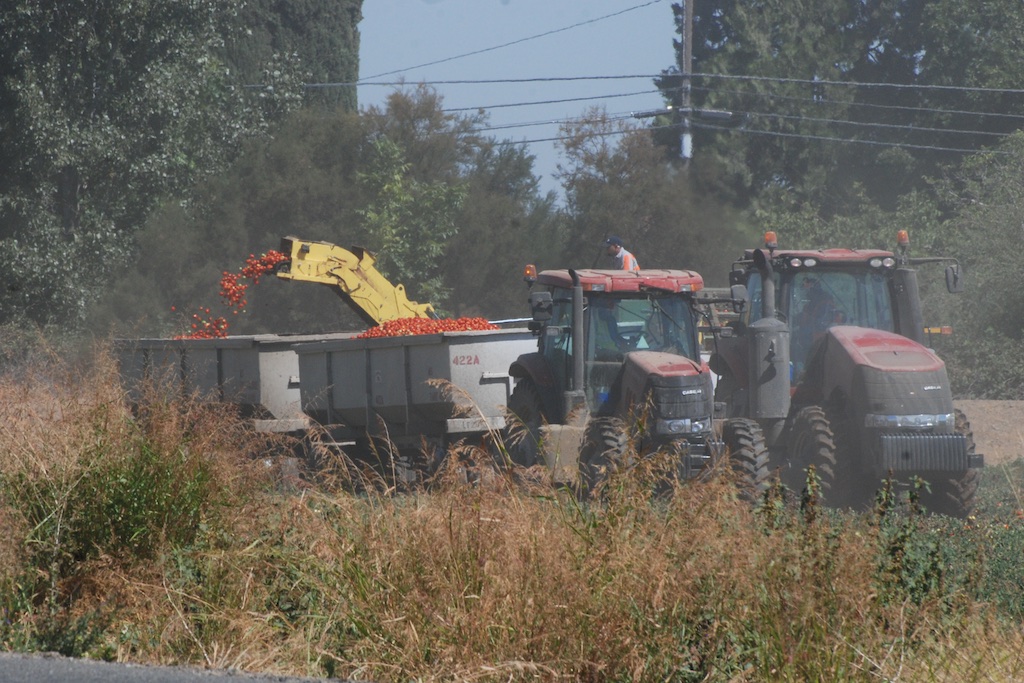 Two tractors run side-by-side. One pulls the bins that hold the tomatoes.
Two tractors run side-by-side. One pulls the bins that hold the tomatoes.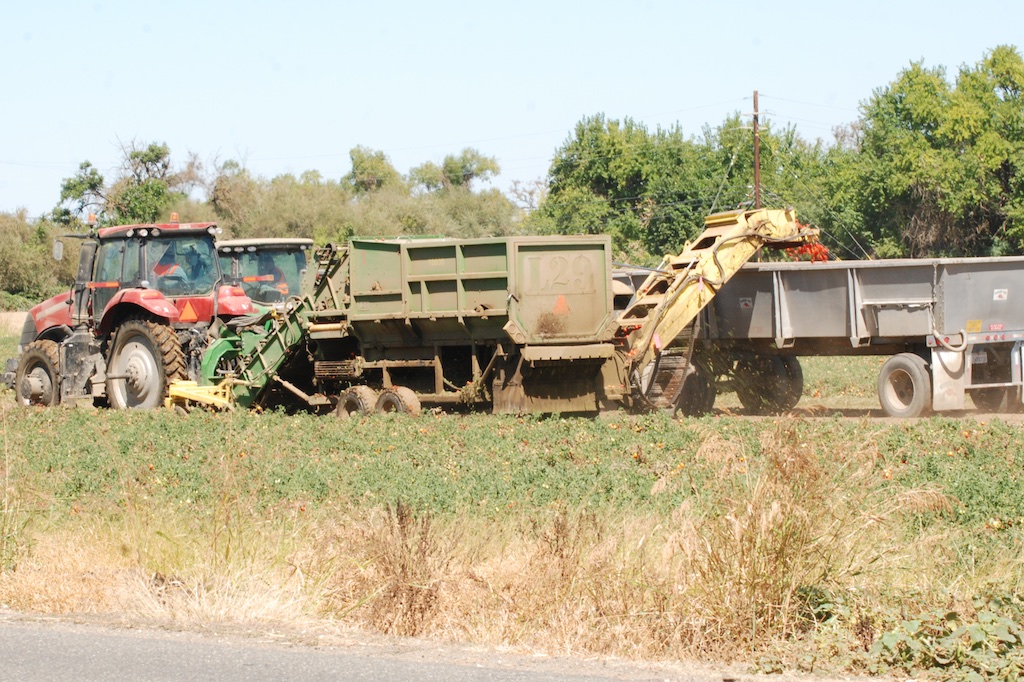 The other pulls the harvester.
The other pulls the harvester.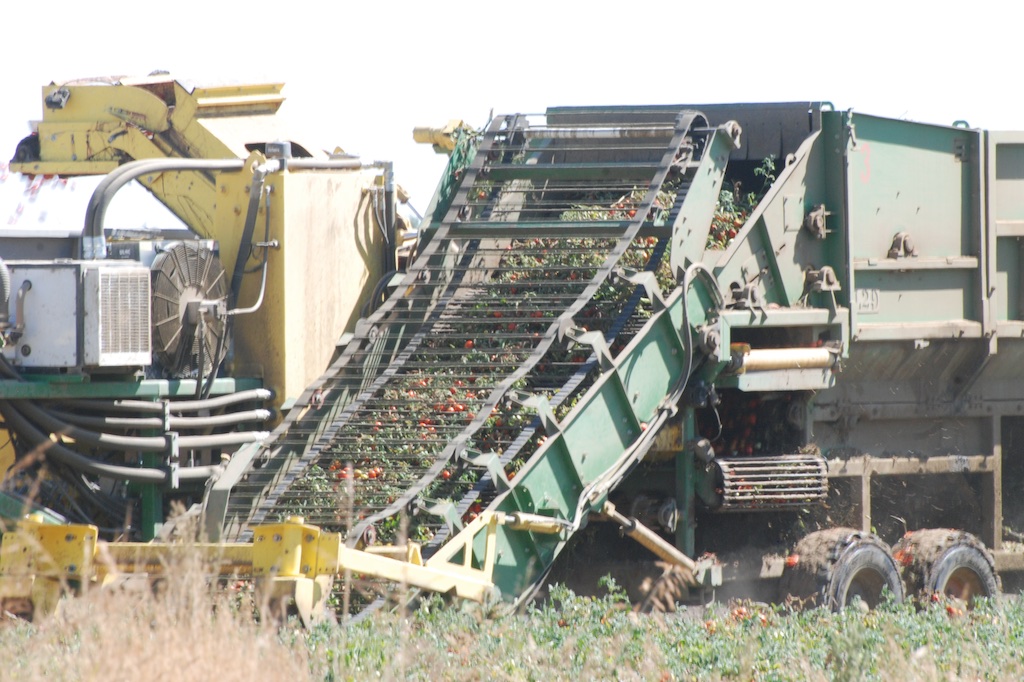 The tomato plants are cut off and pulled up a conveyer where the tomatoes are sorted from the plant and sent through that yellow chute into the bins. Unwanted plant material, including smaller tomatoes come out over the roller towards the base of the harvester.
The tomato plants are cut off and pulled up a conveyer where the tomatoes are sorted from the plant and sent through that yellow chute into the bins. Unwanted plant material, including smaller tomatoes come out over the roller towards the base of the harvester.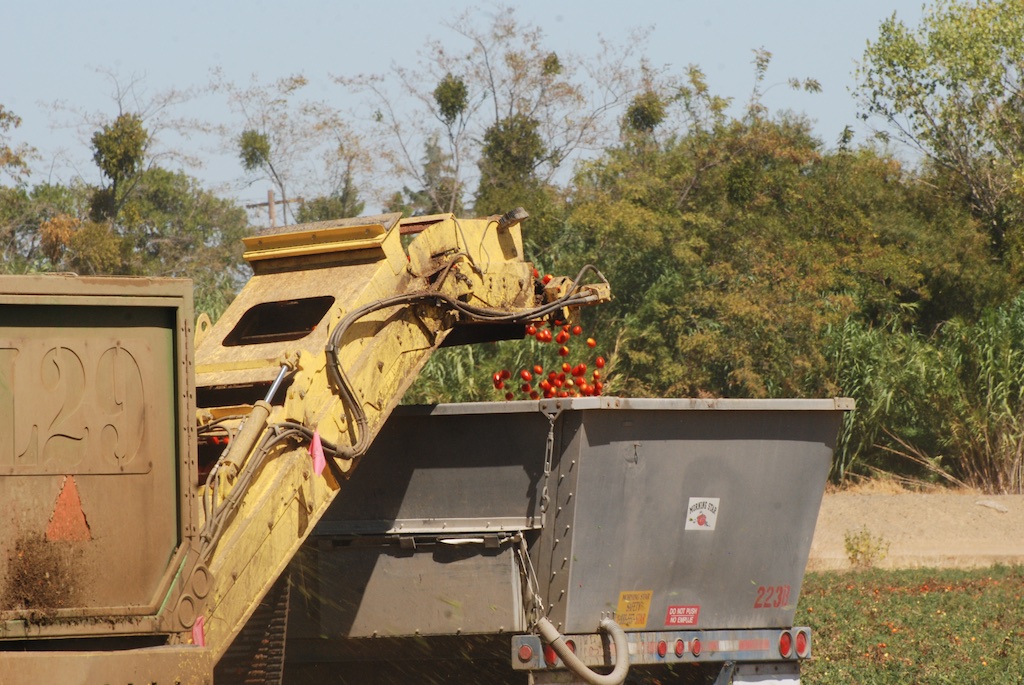





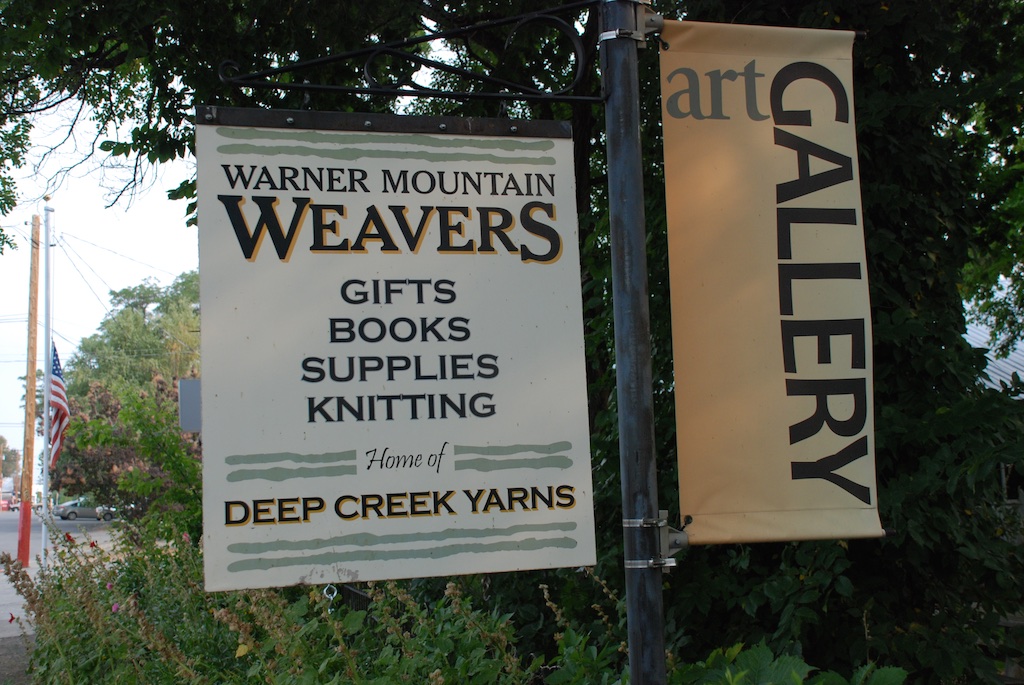

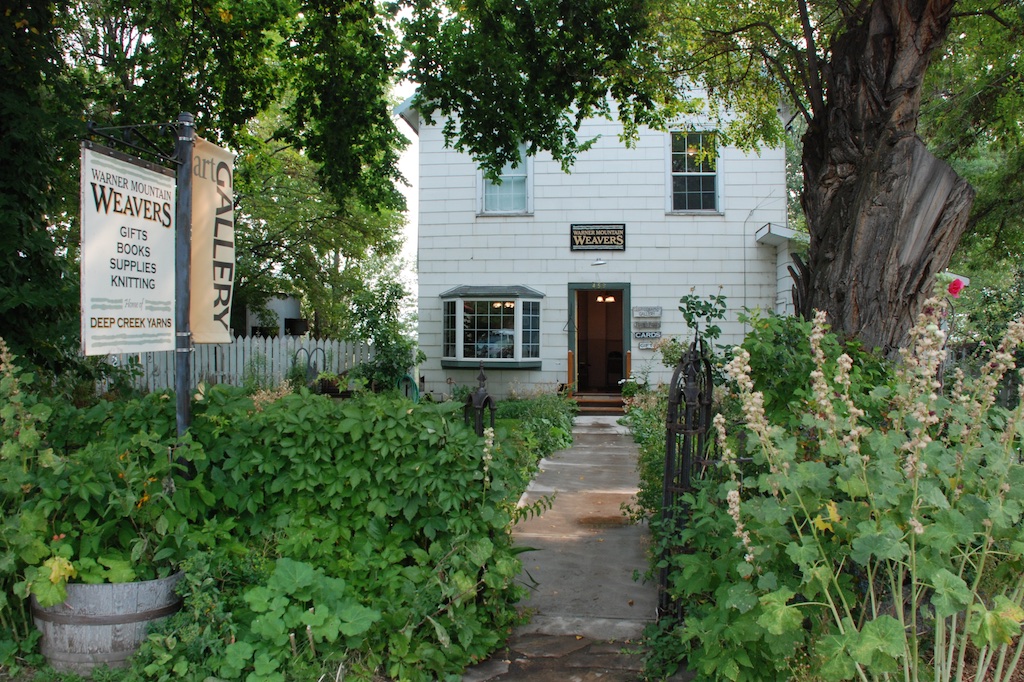
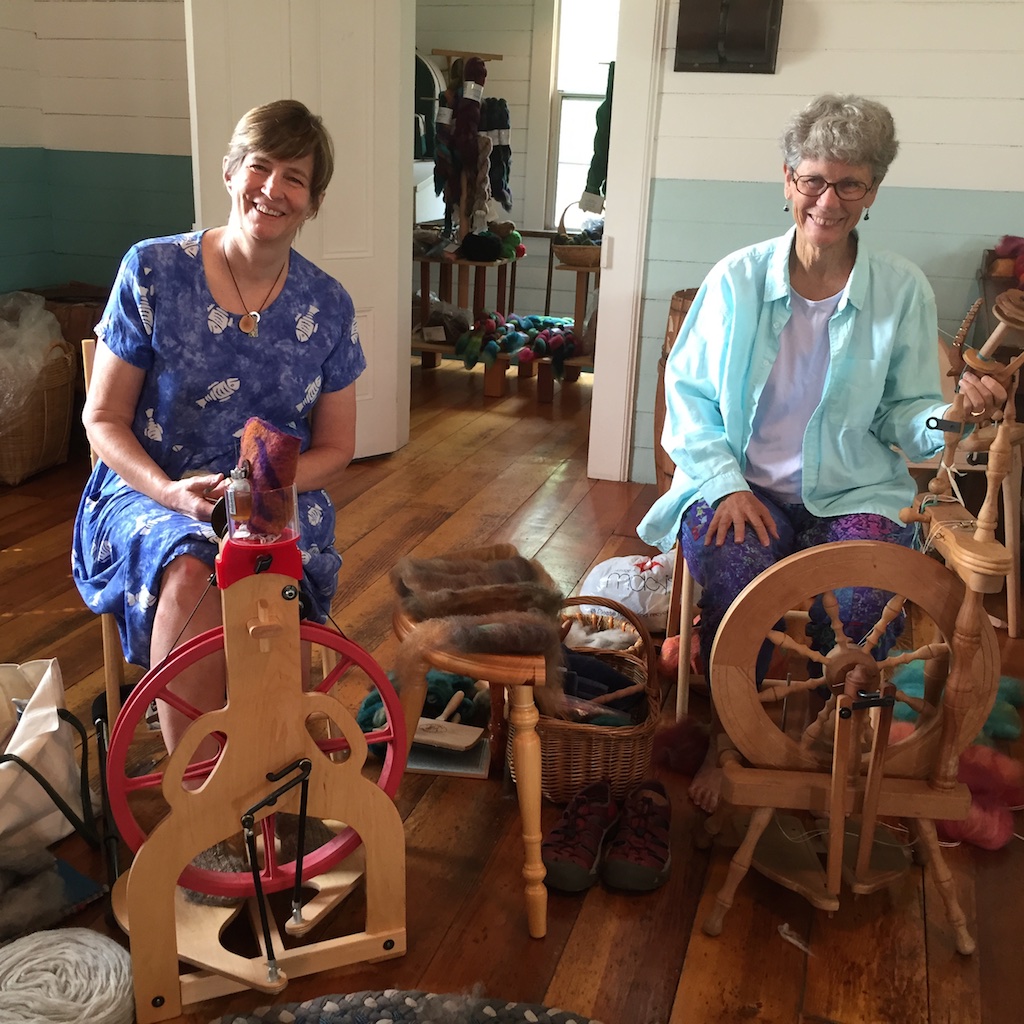
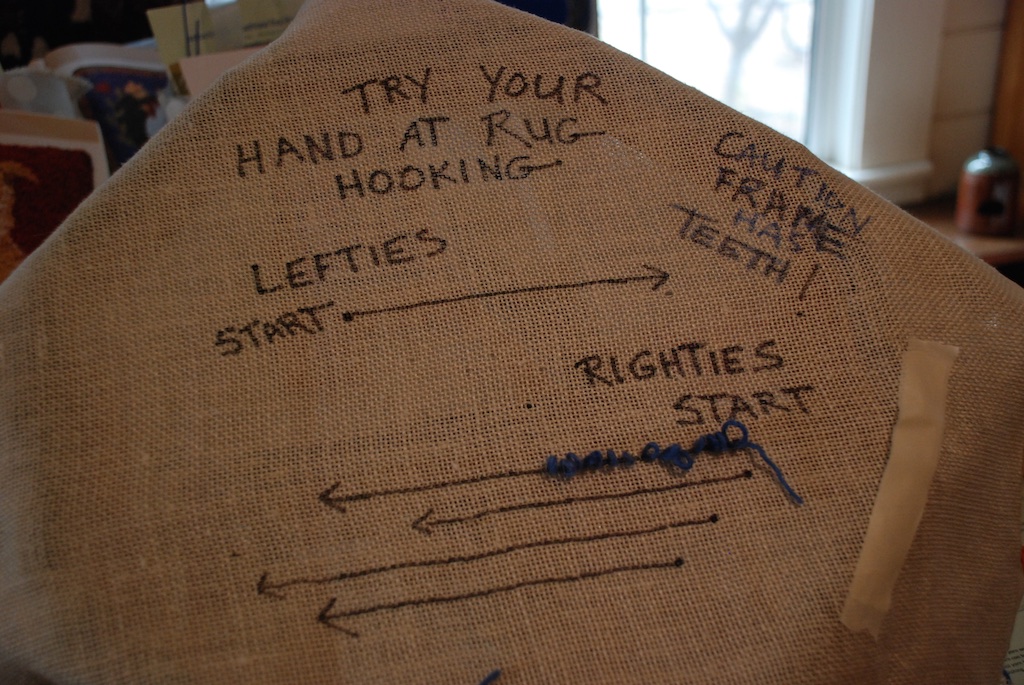
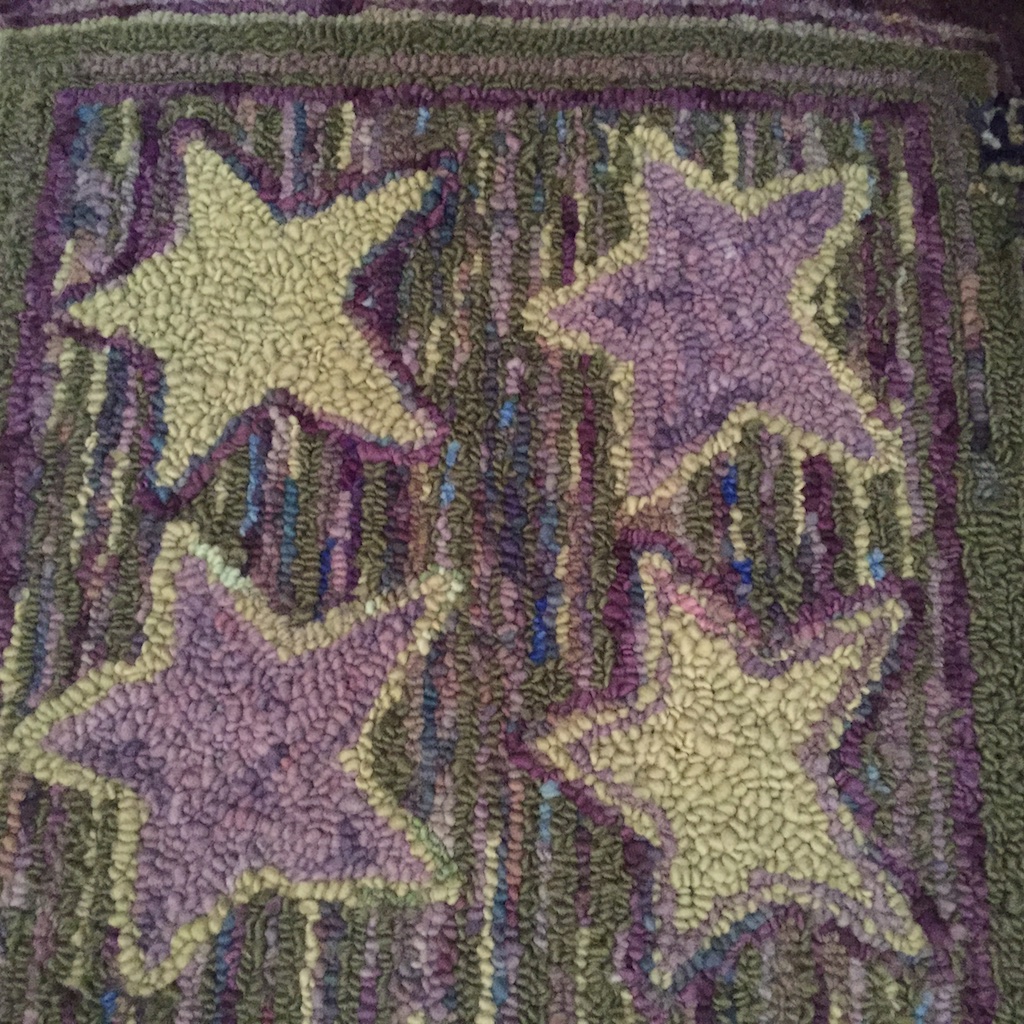 Beverly, who owns Jitterbug Rugs Studio (motto: Life's Short - Cut a Rug!) is a pro.
Beverly, who owns Jitterbug Rugs Studio (motto: Life's Short - Cut a Rug!) is a pro.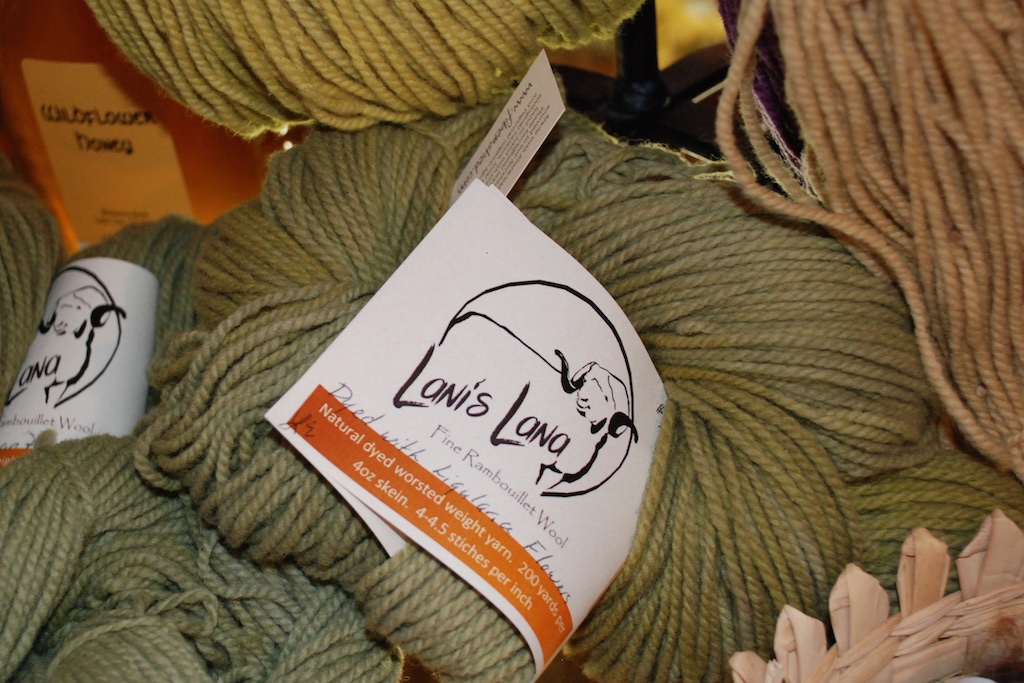
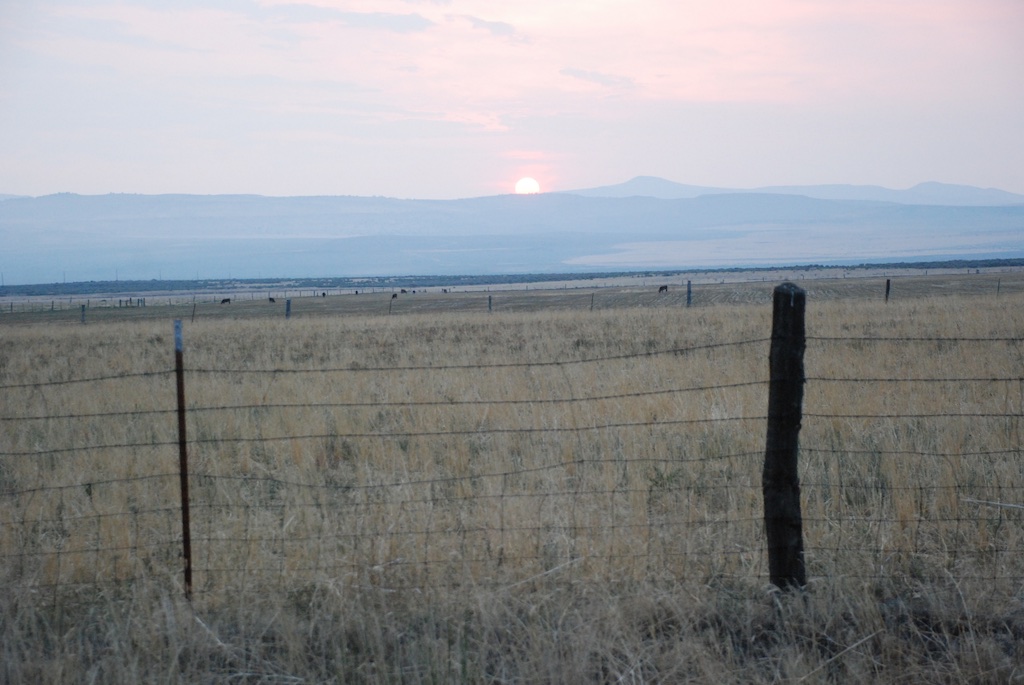 I spent two nights at Bonnie's and Richard's wonderful house about 7 miles north of Cedarville. This was the view from my window in the morning and I had to quickly get out with my camera.
I spent two nights at Bonnie's and Richard's wonderful house about 7 miles north of Cedarville. This was the view from my window in the morning and I had to quickly get out with my camera.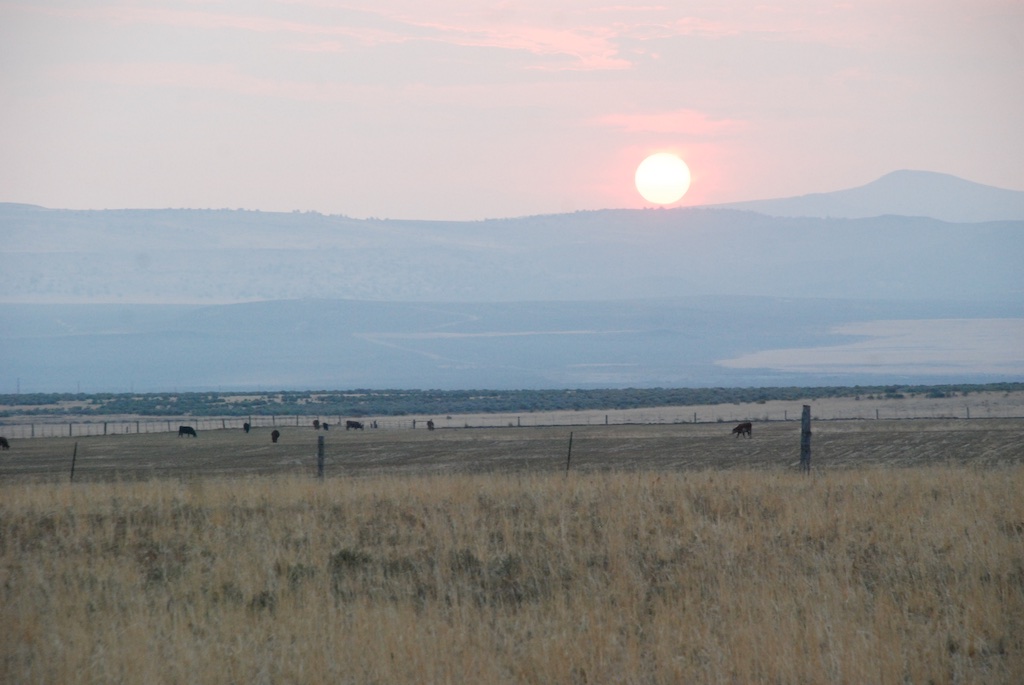 The sun rose over the Hays Mountains that are in Nevada.
The sun rose over the Hays Mountains that are in Nevada.